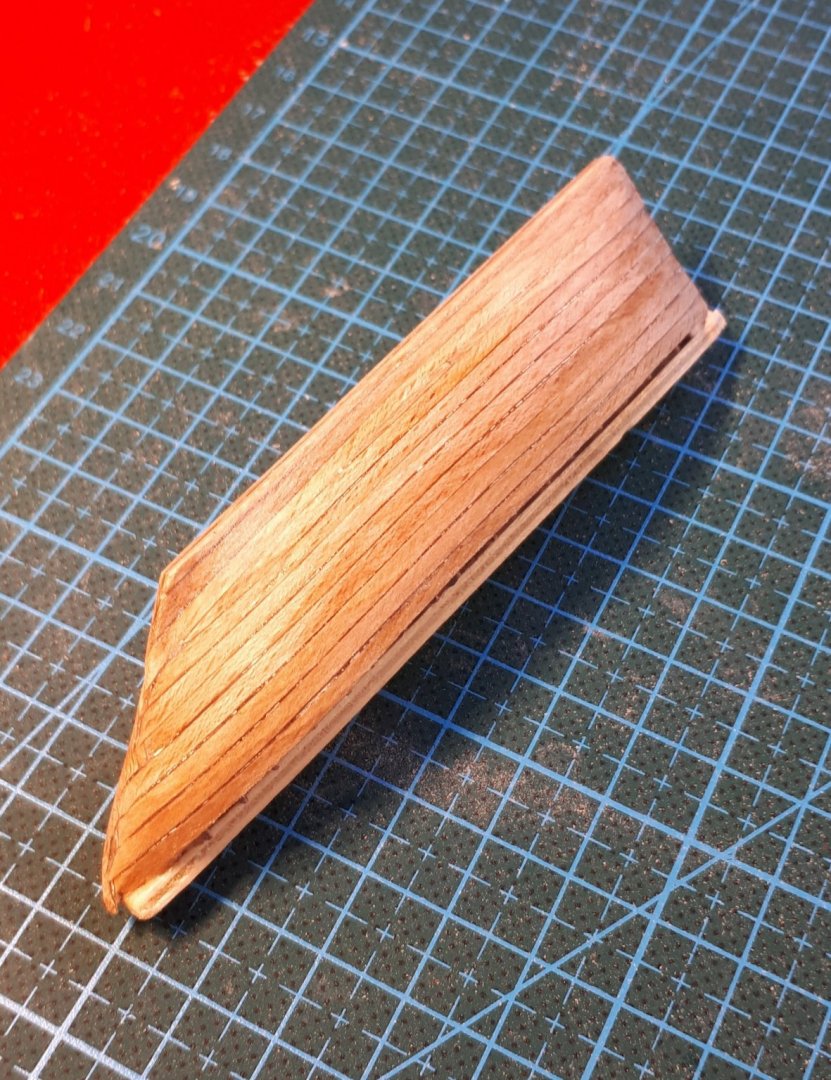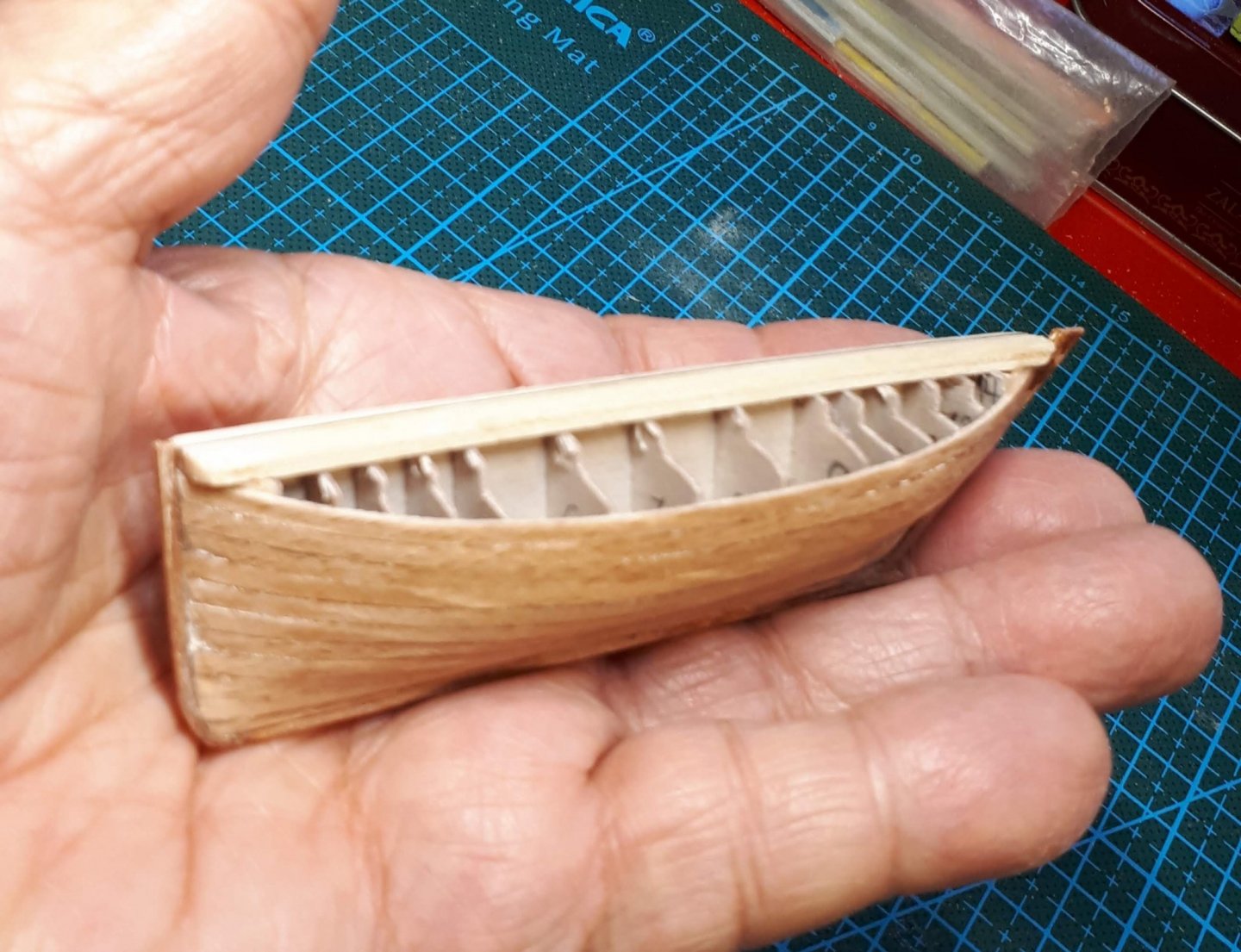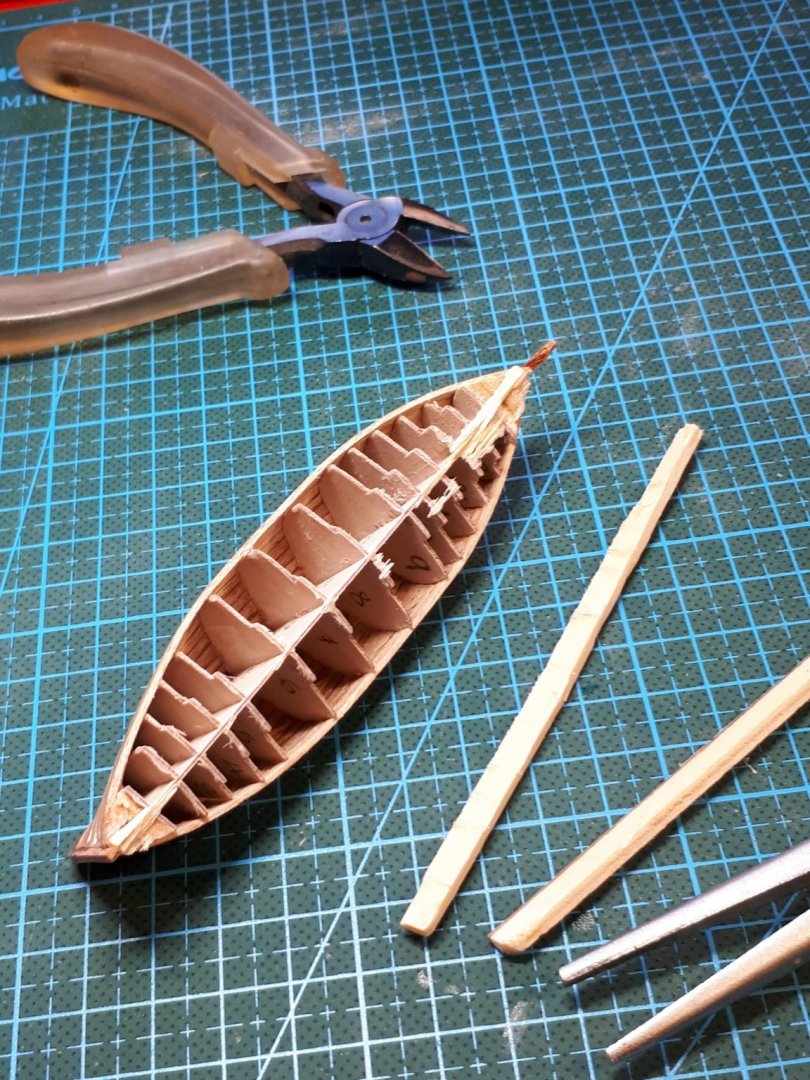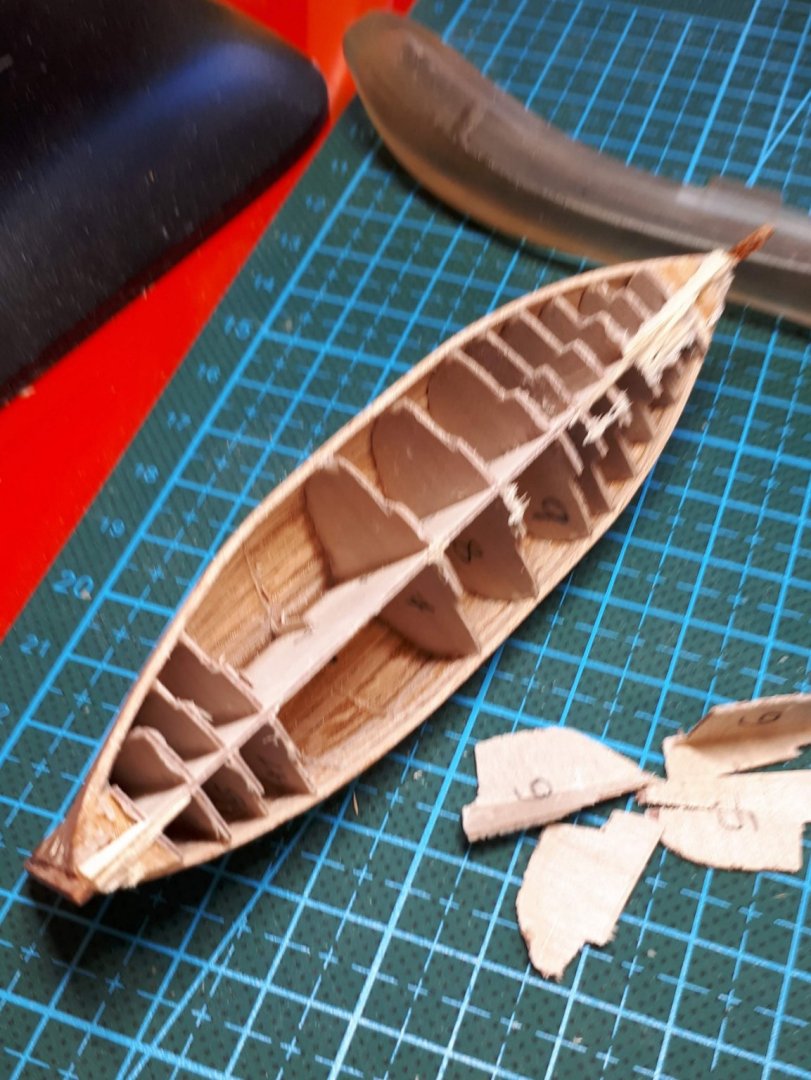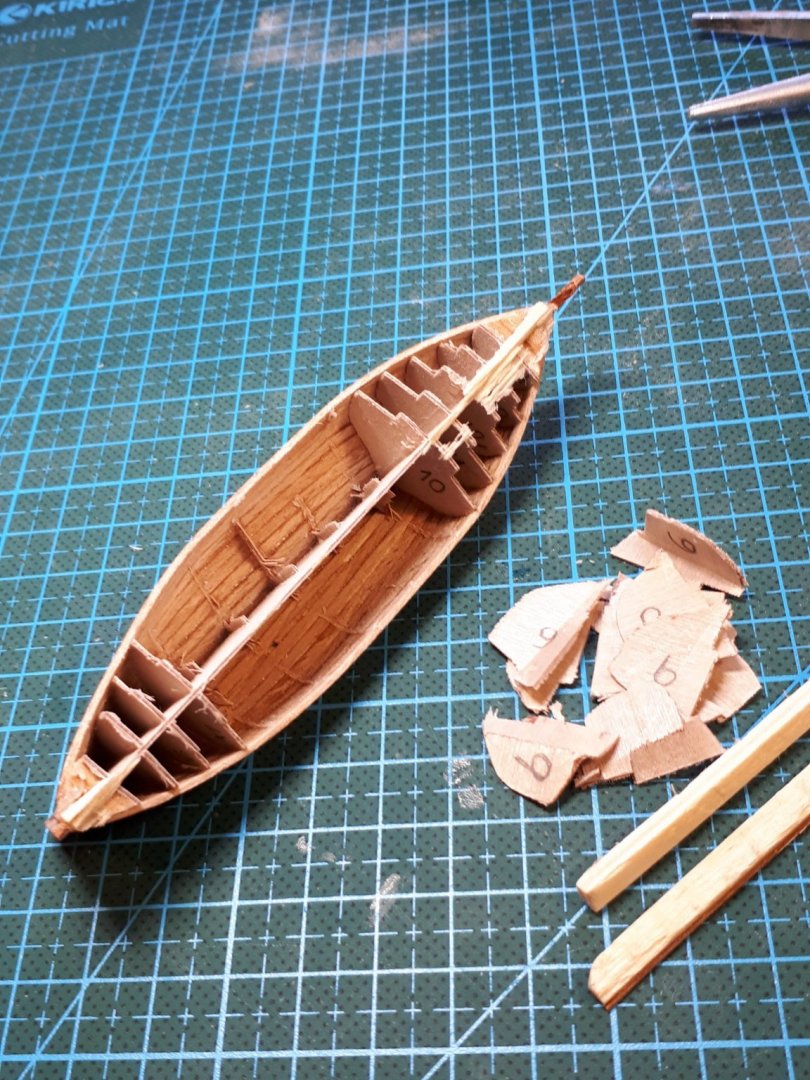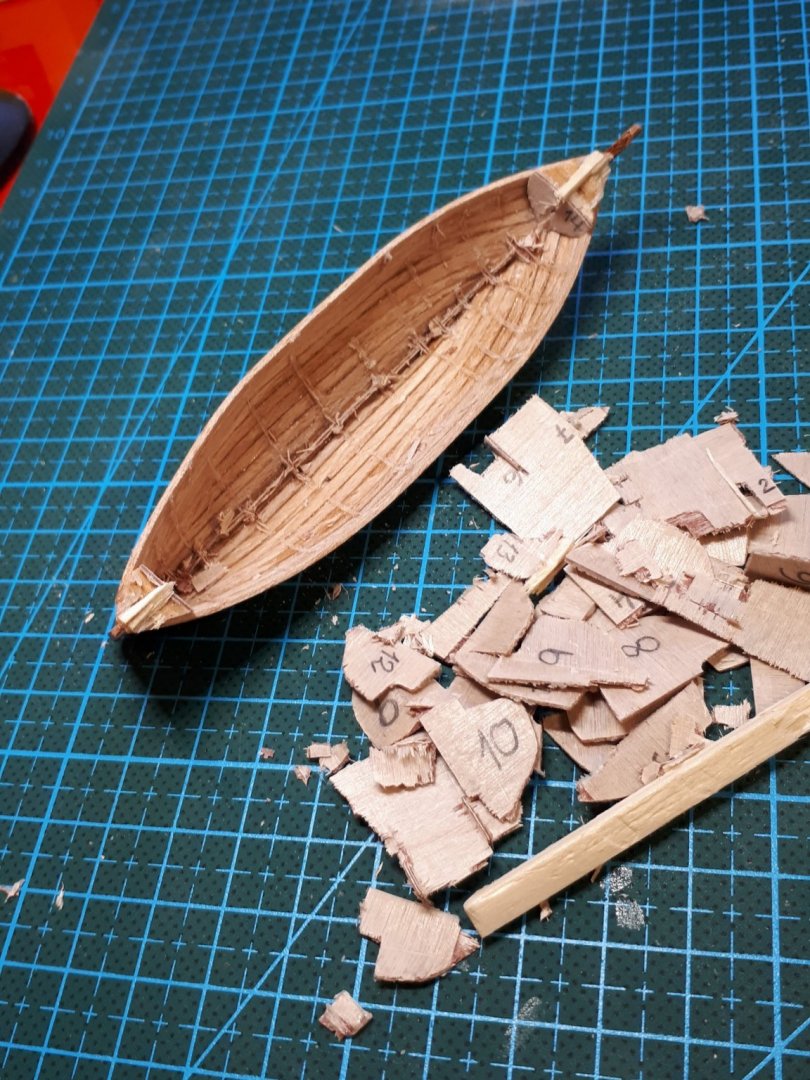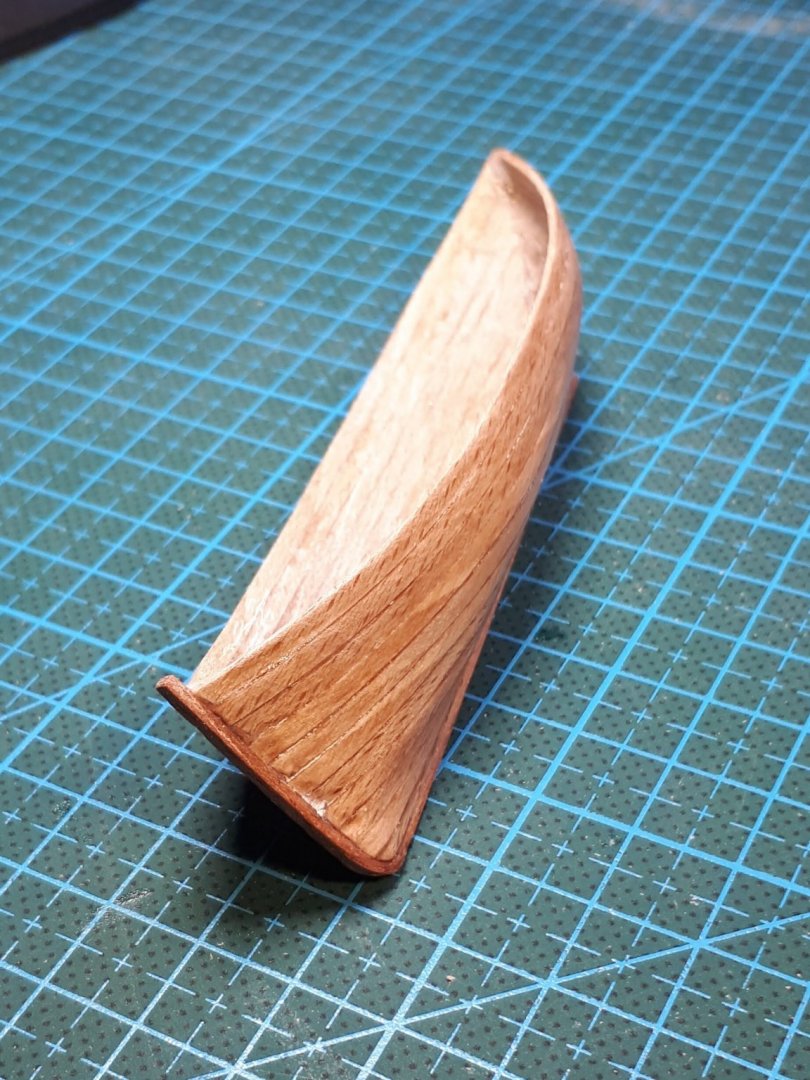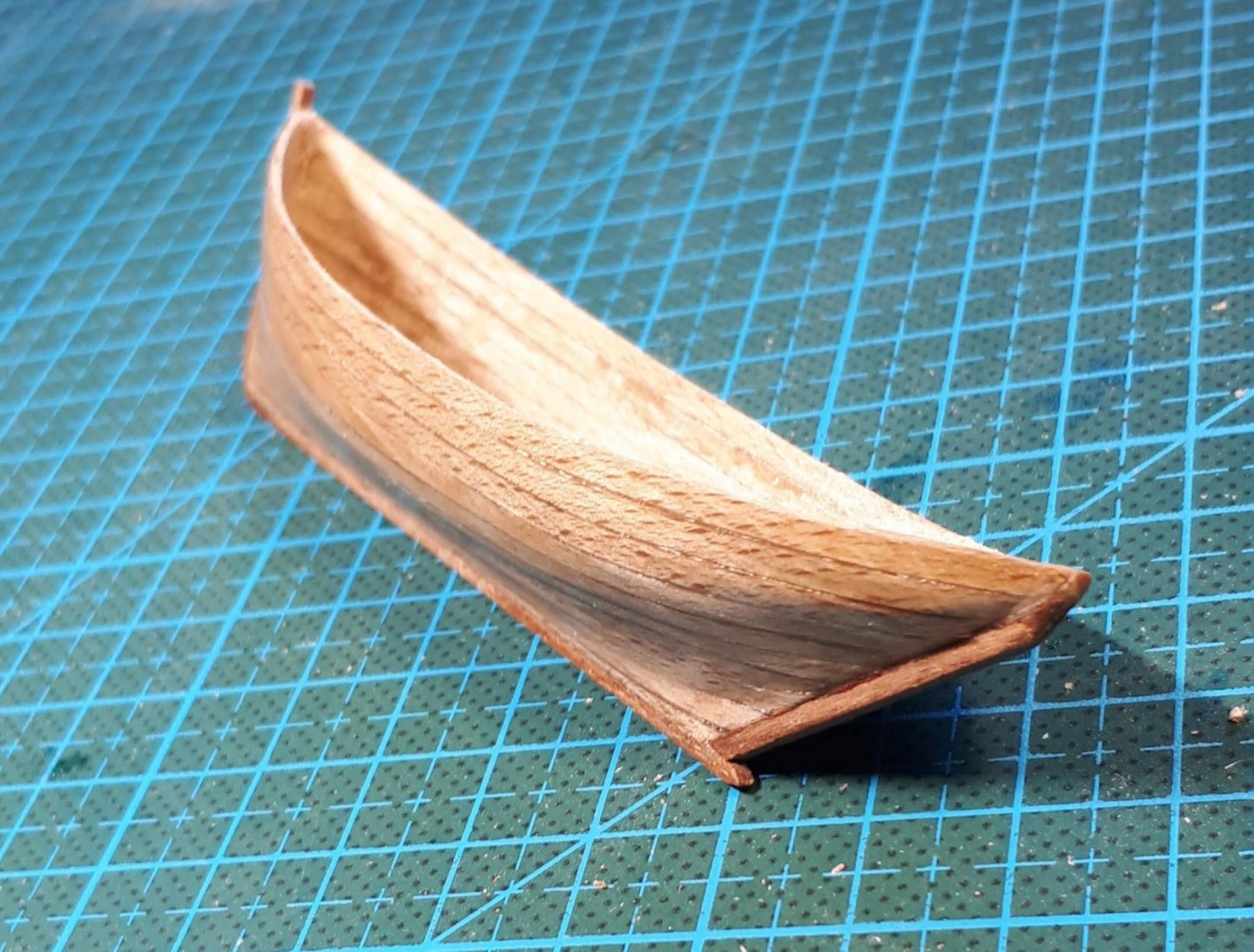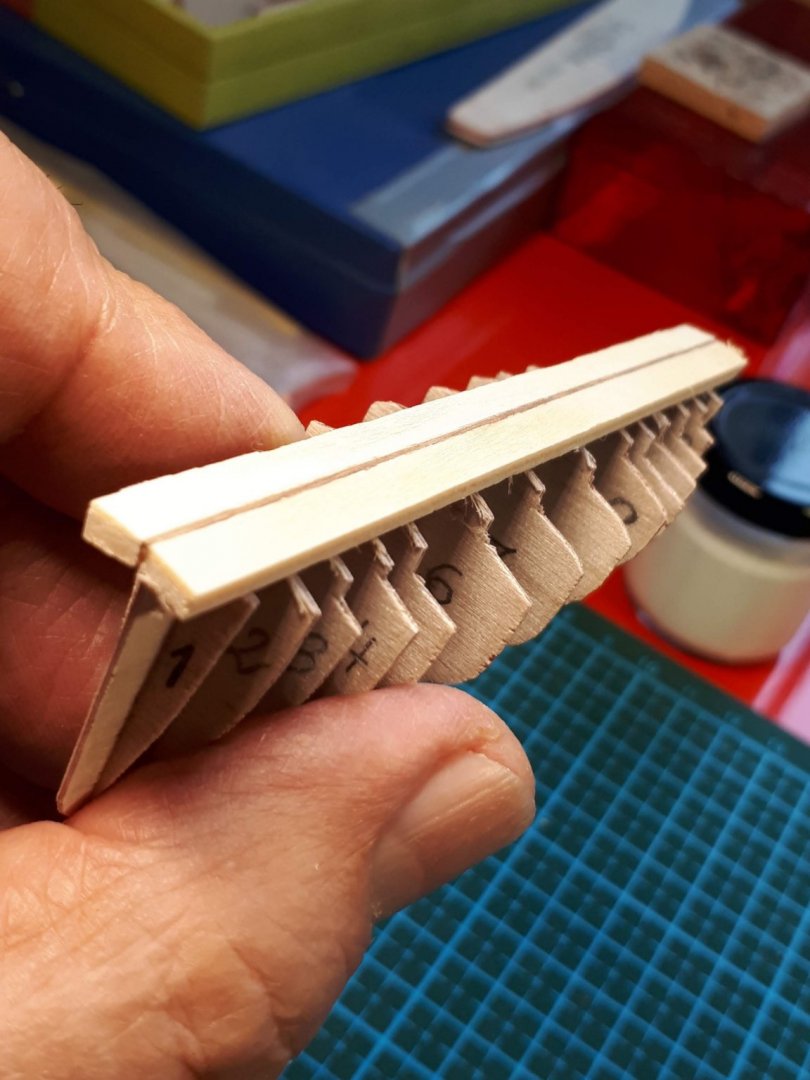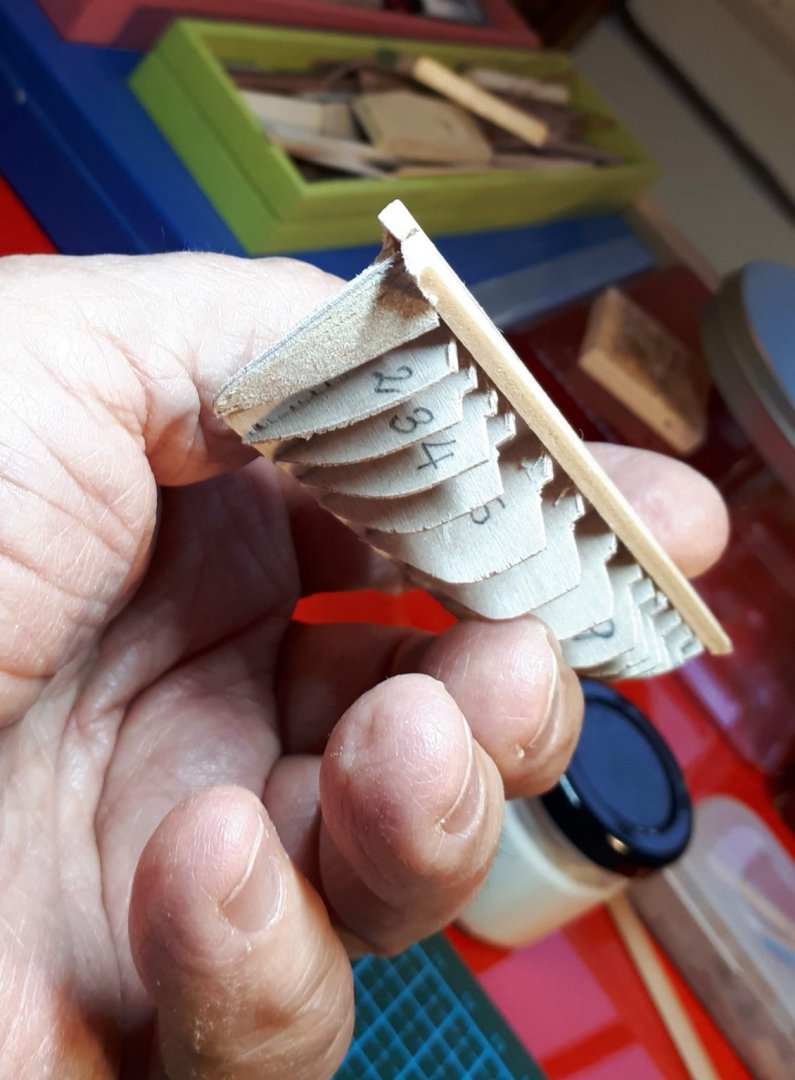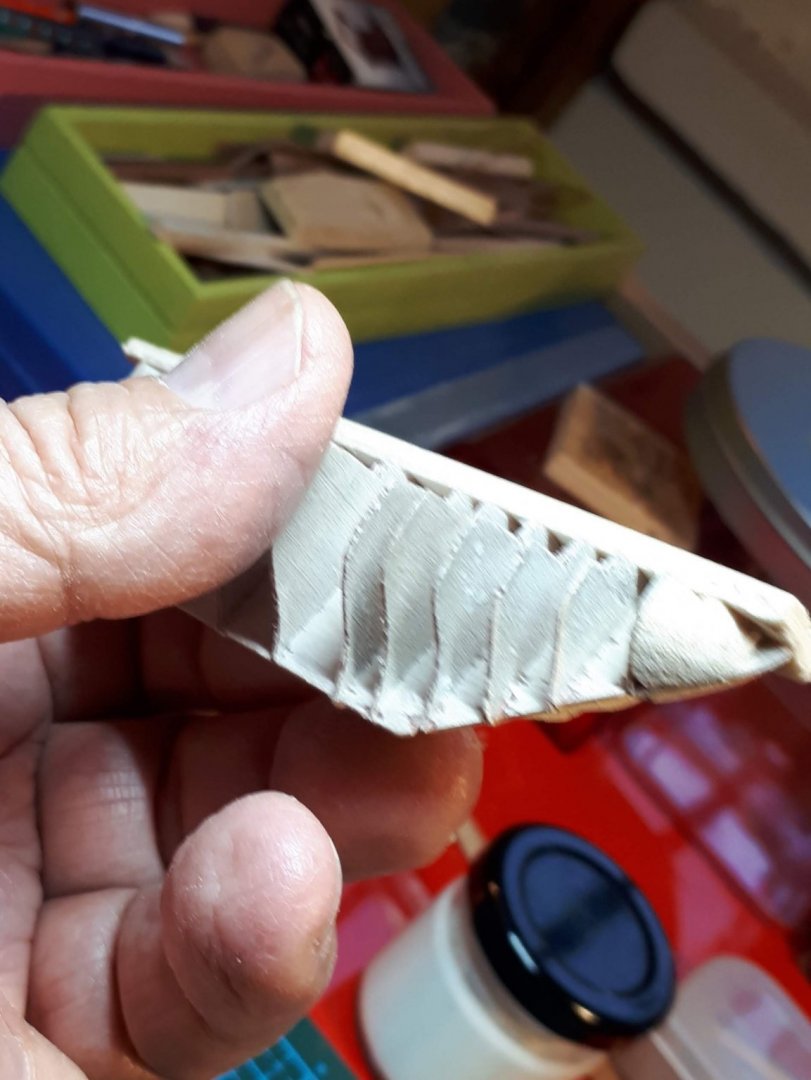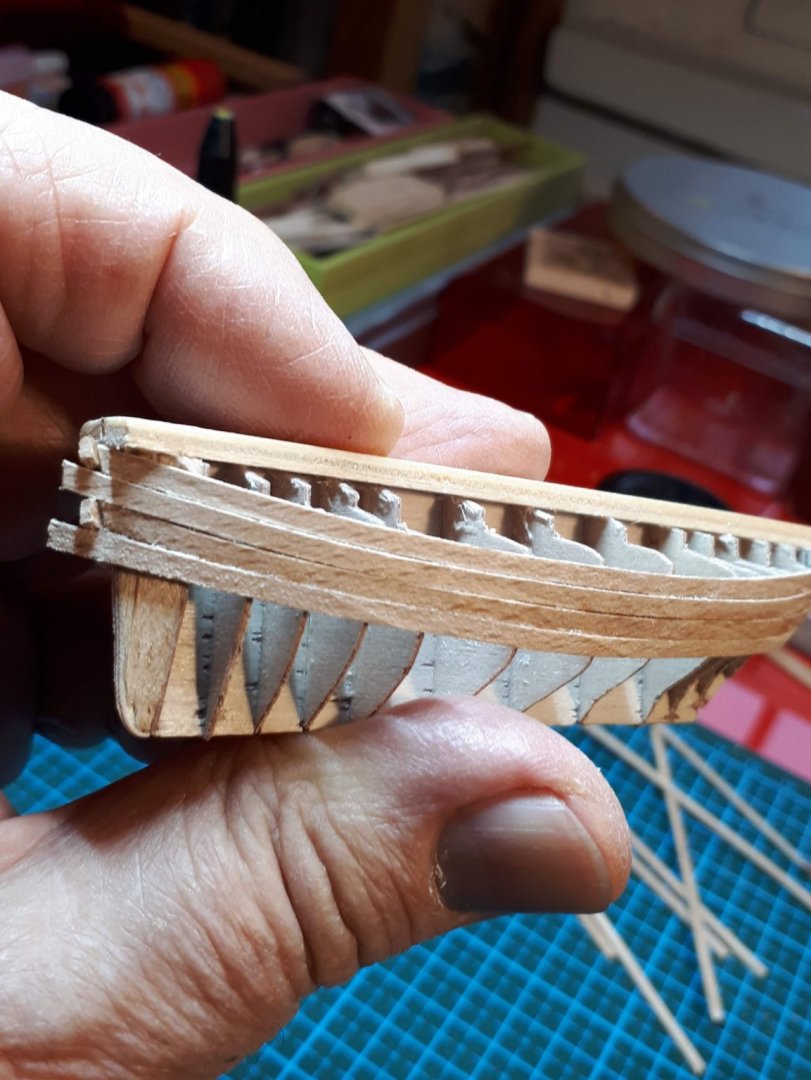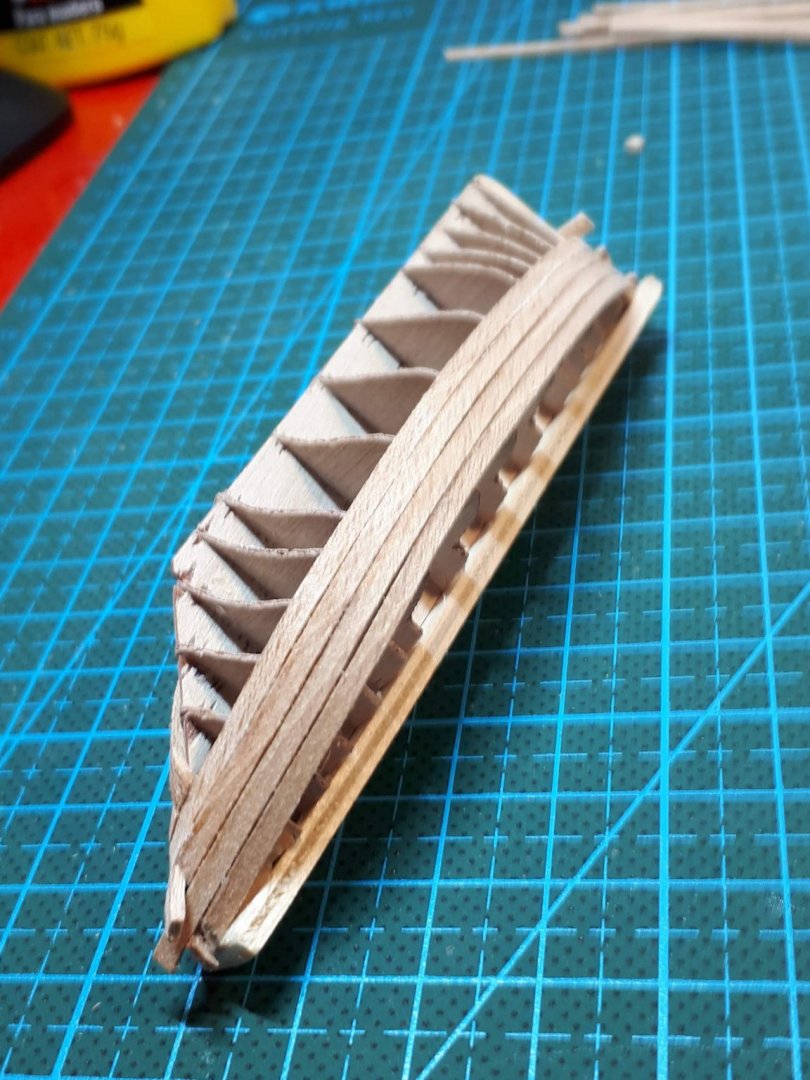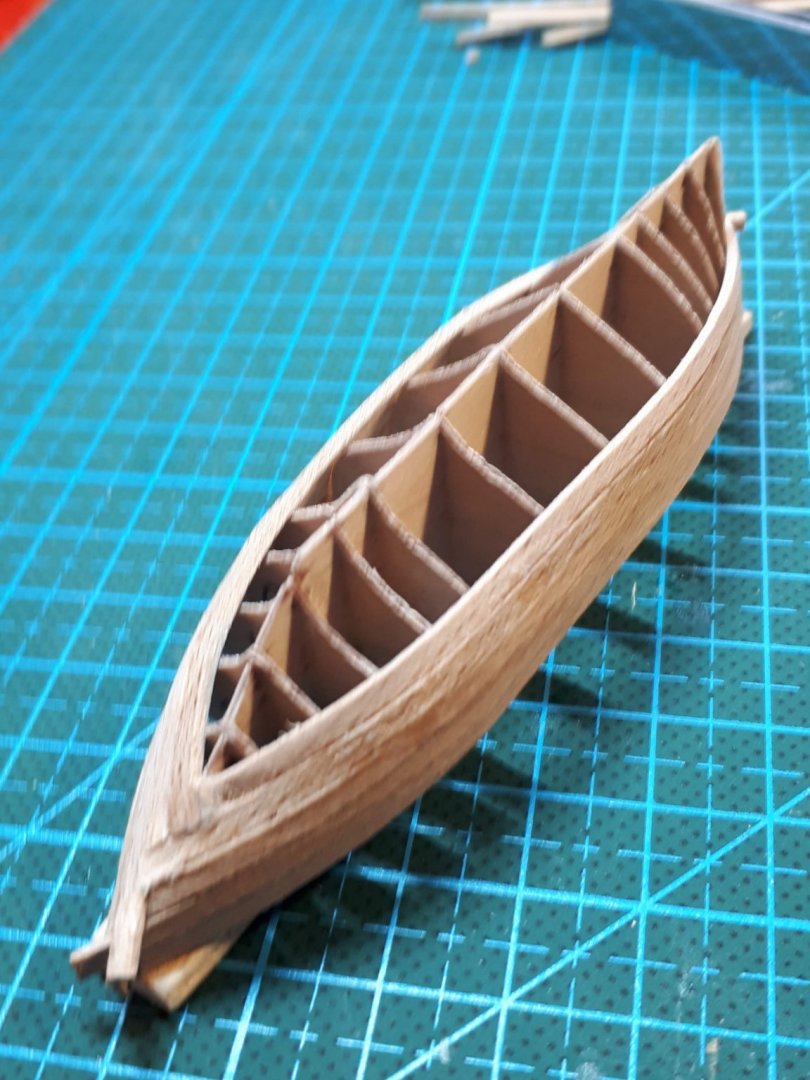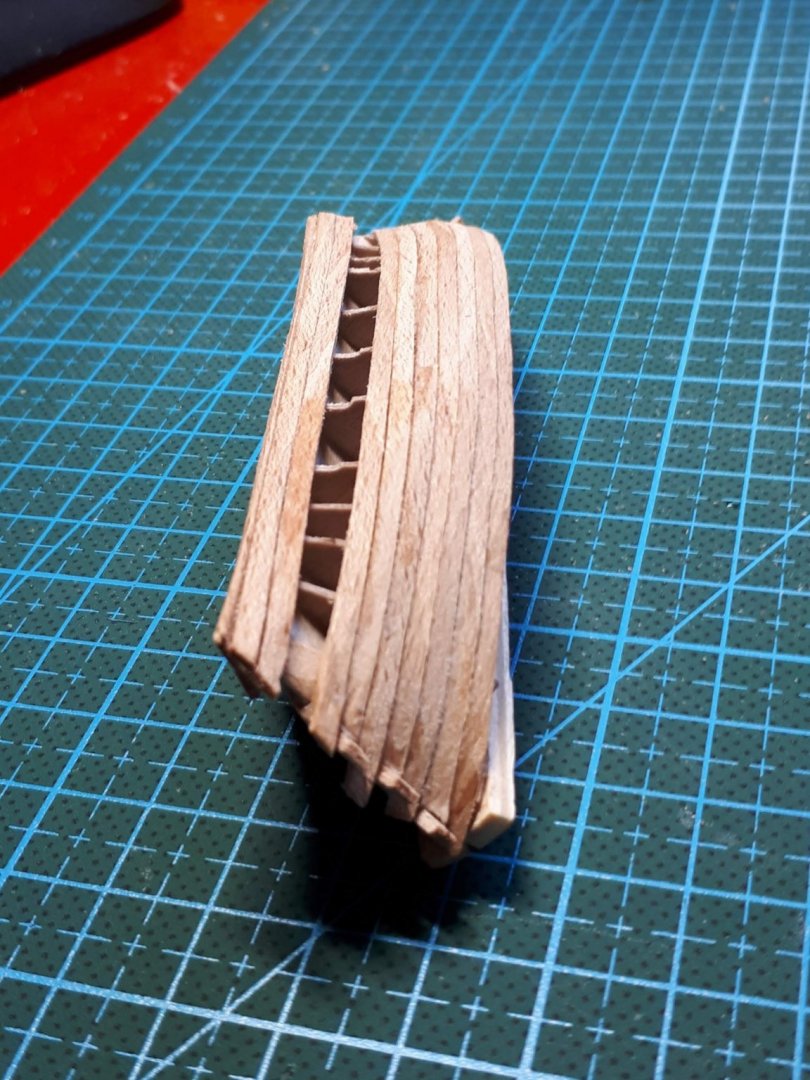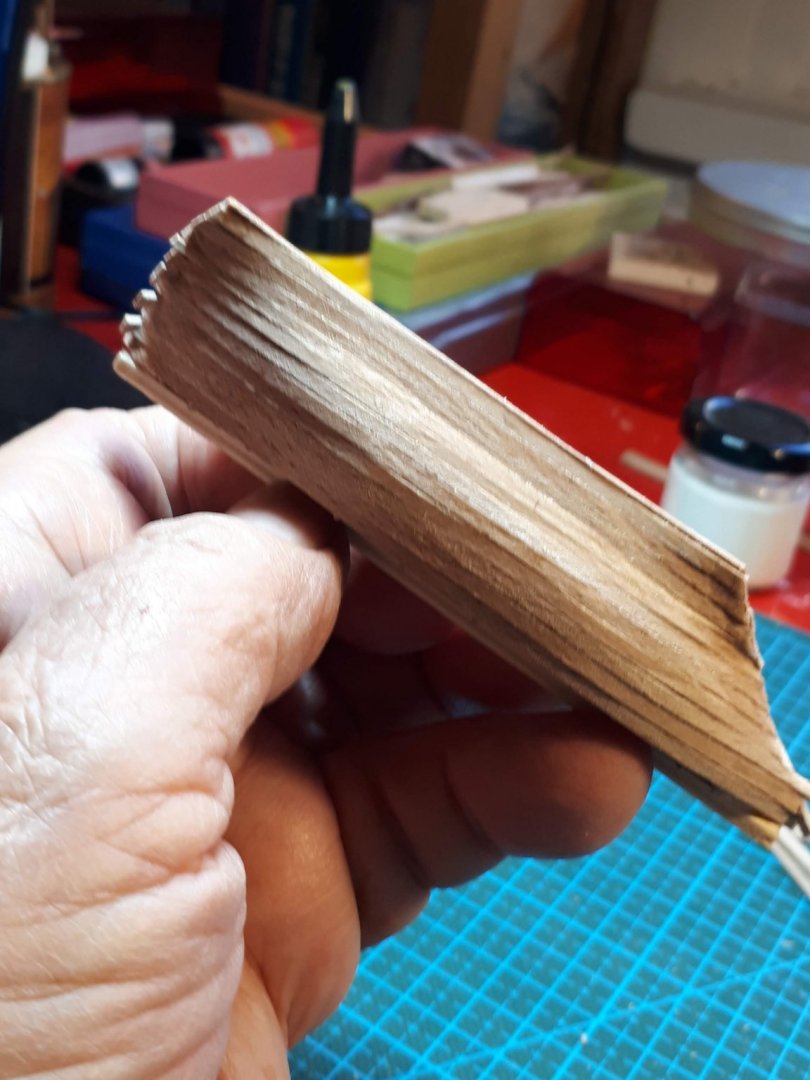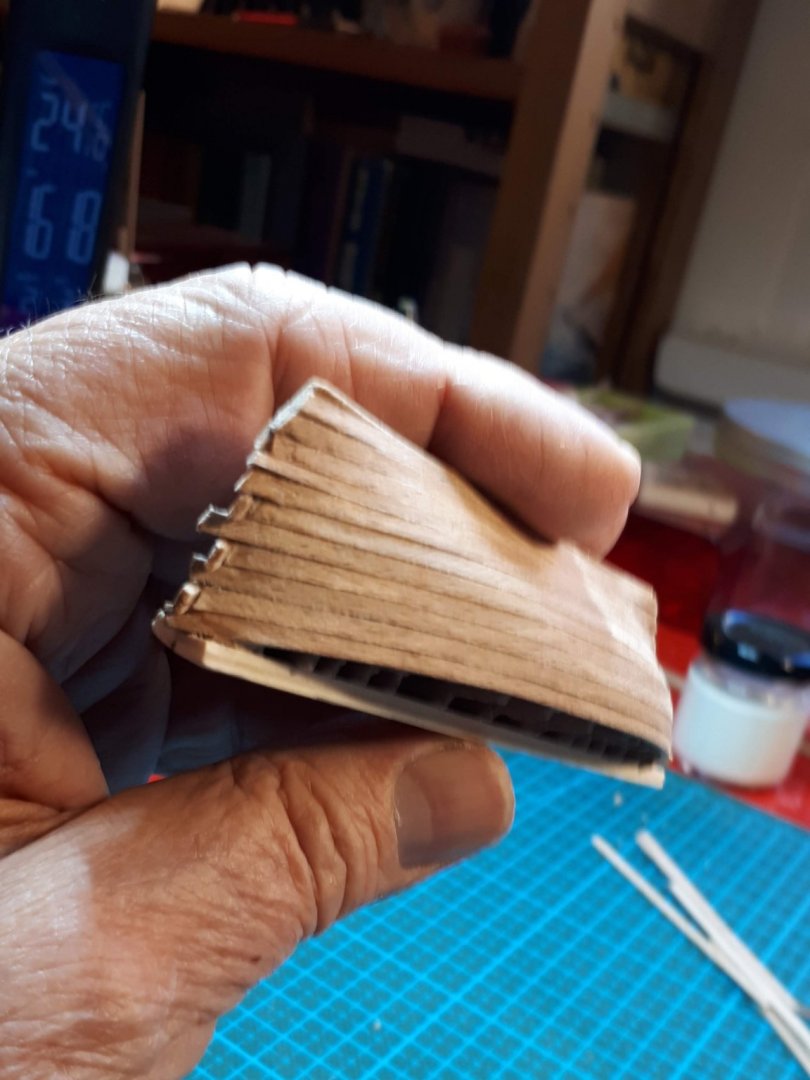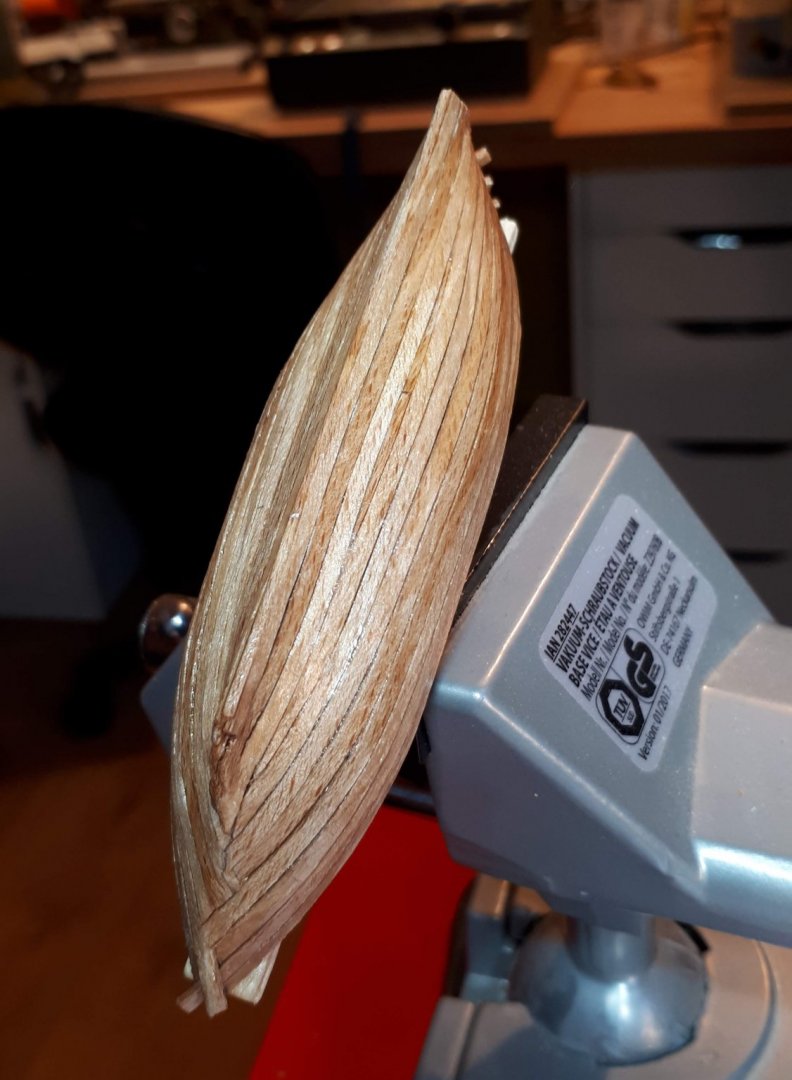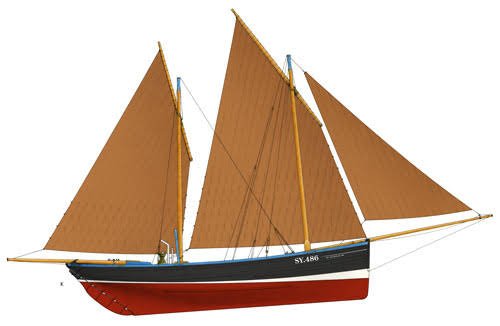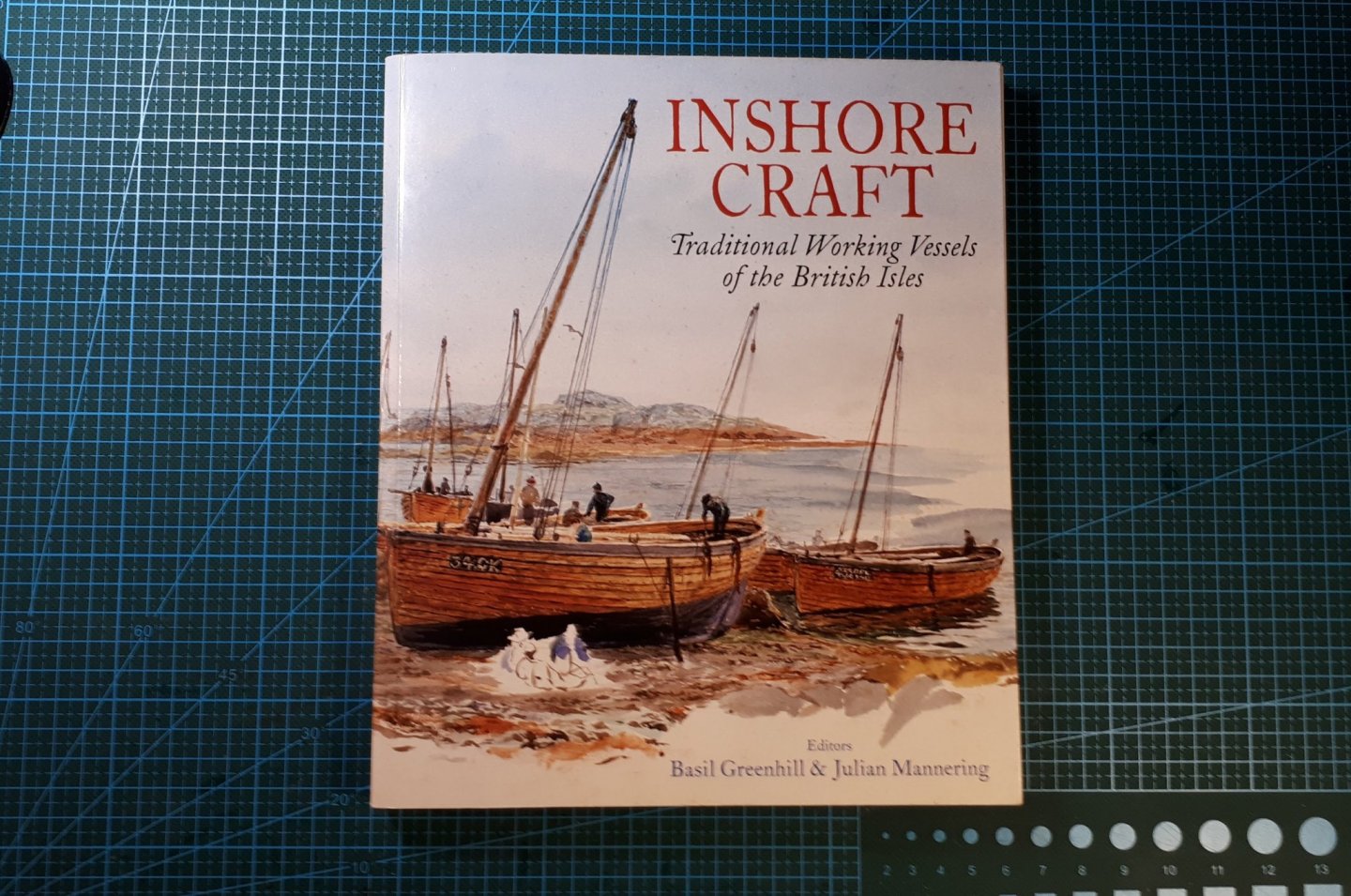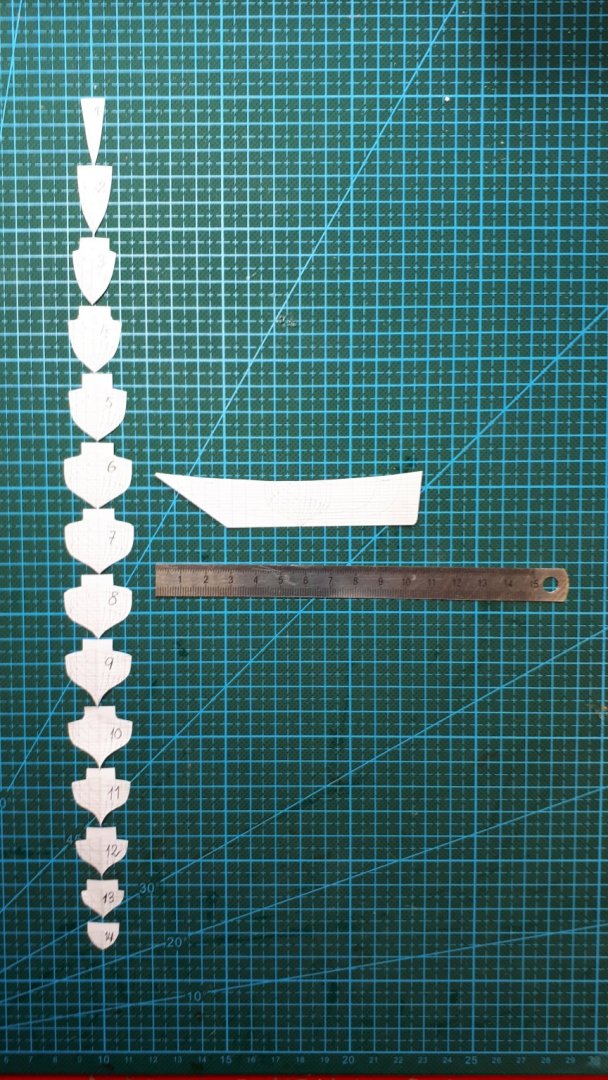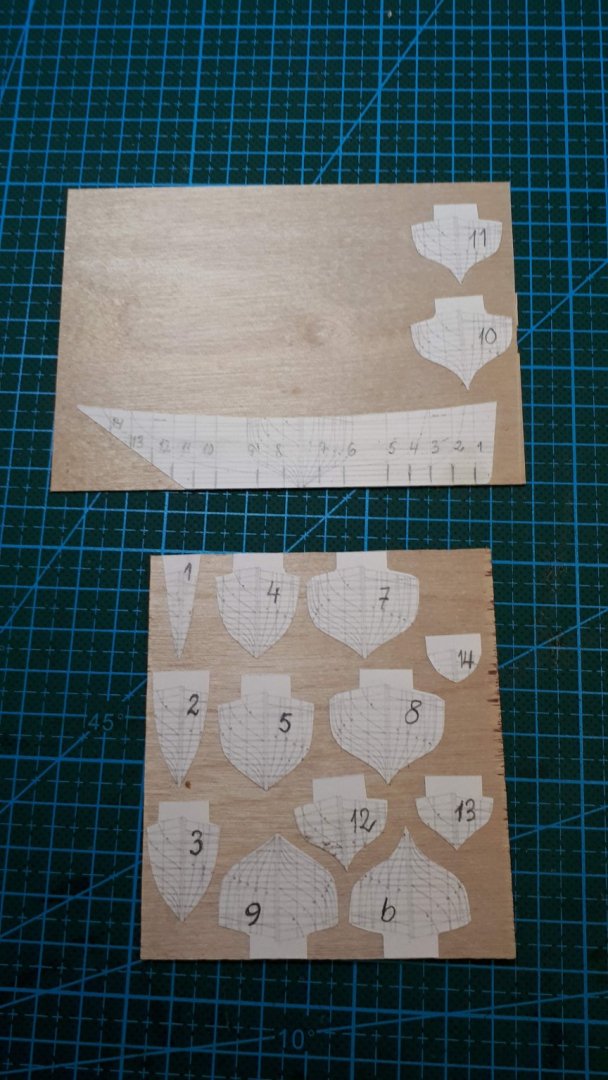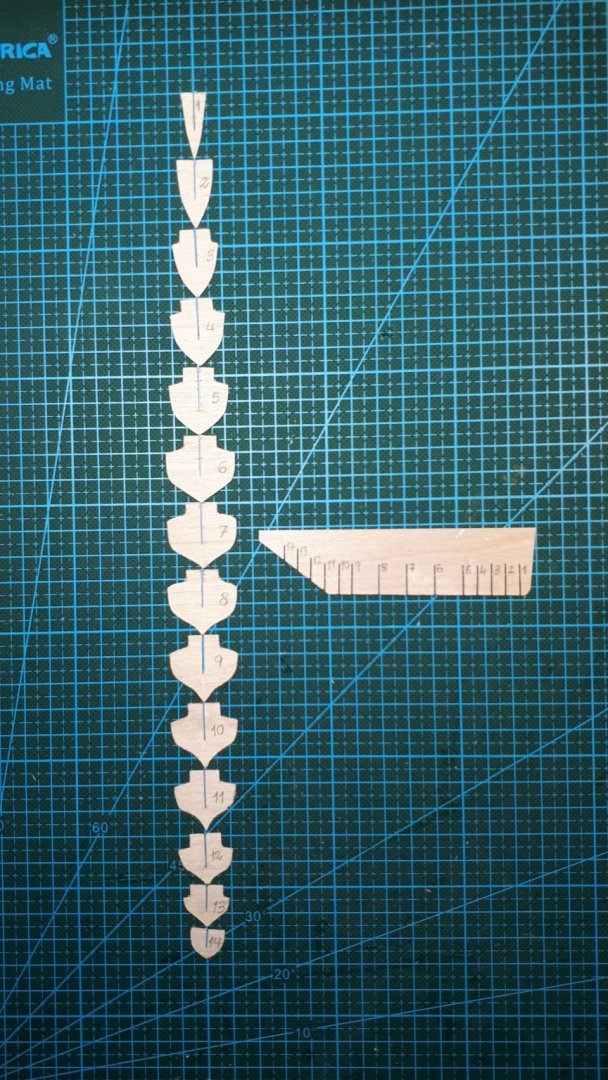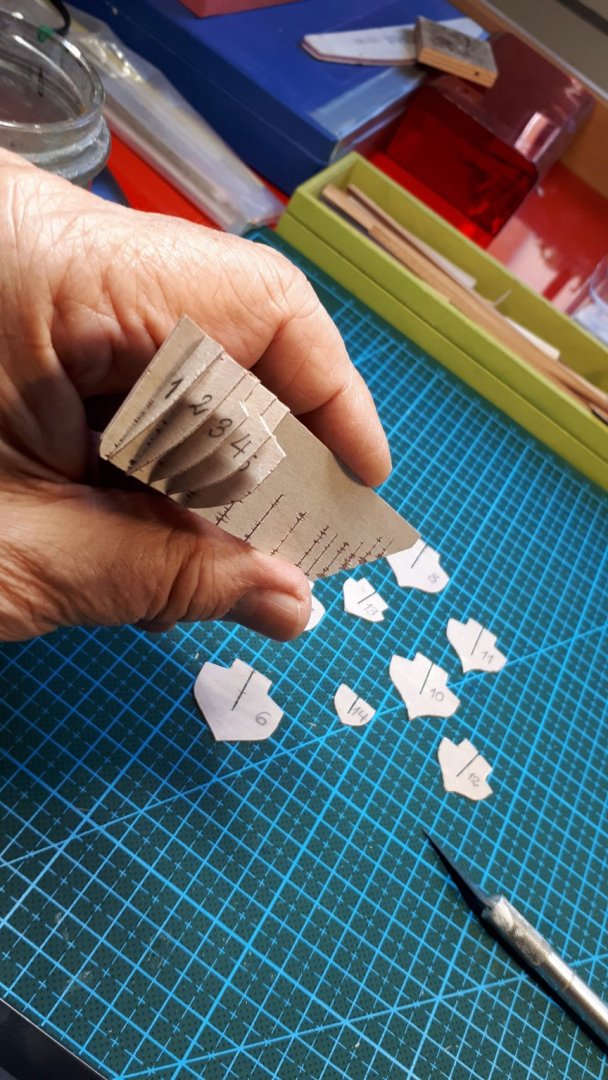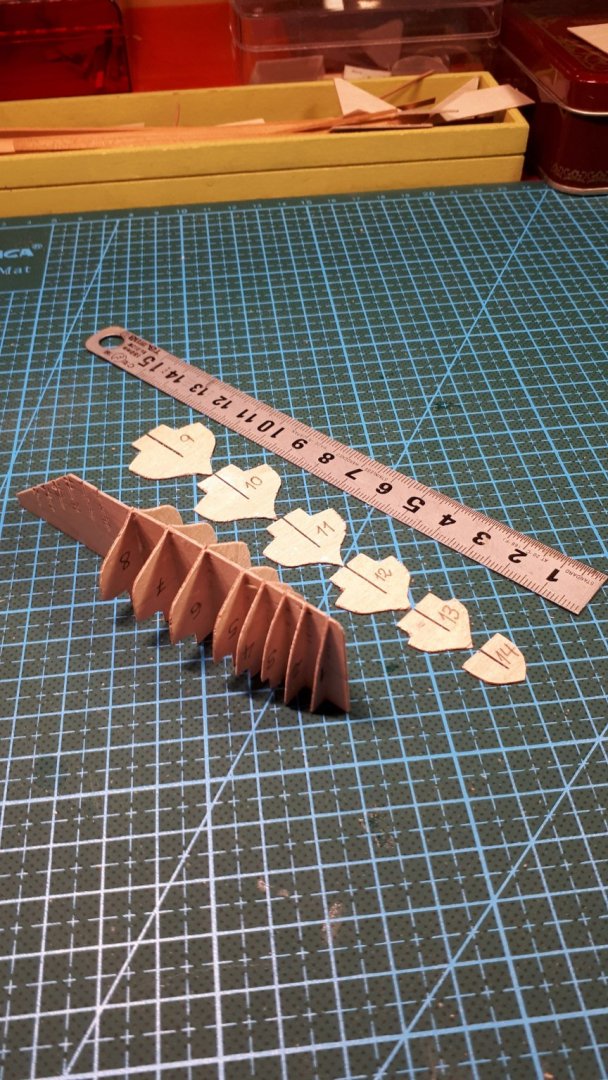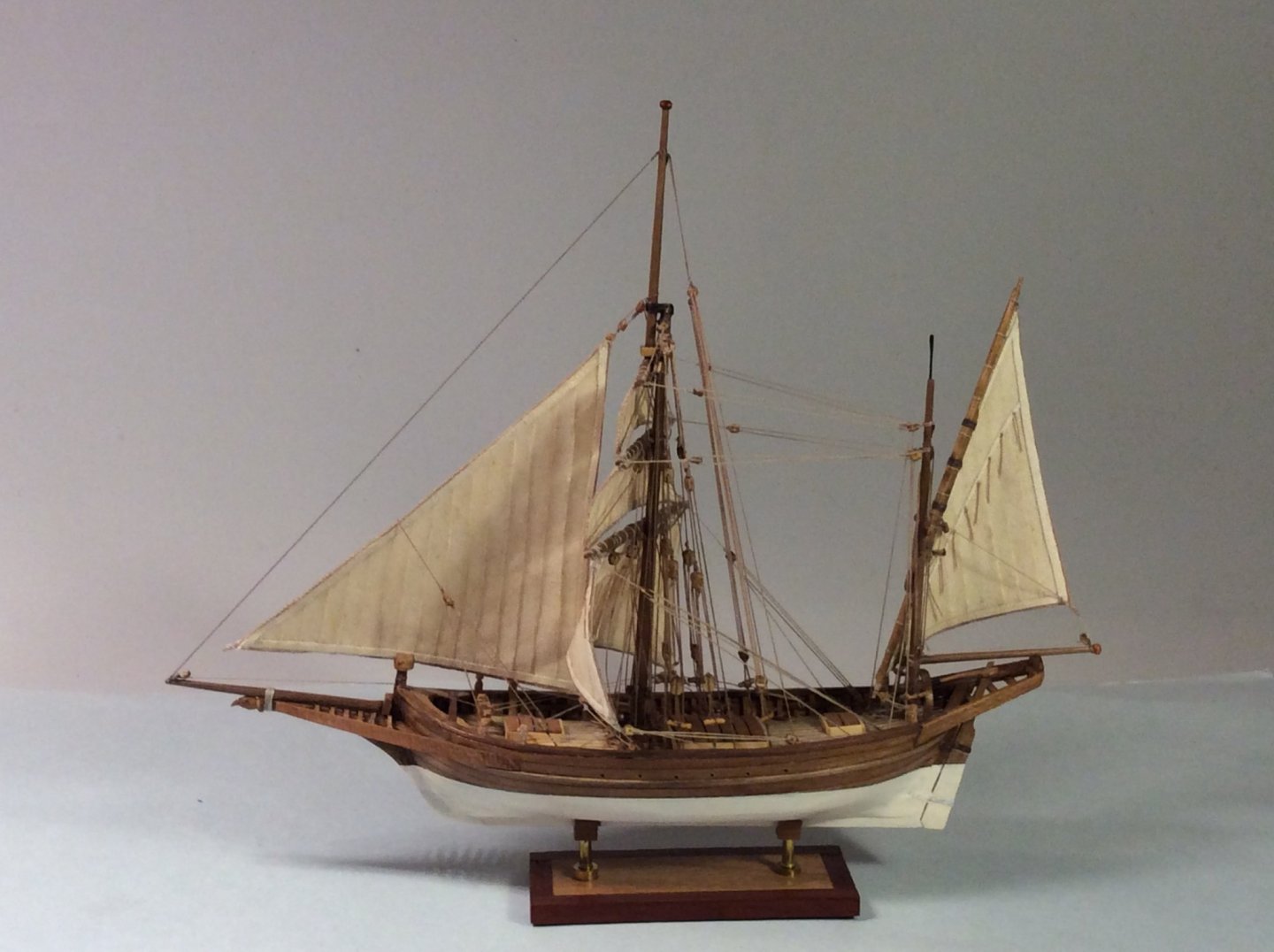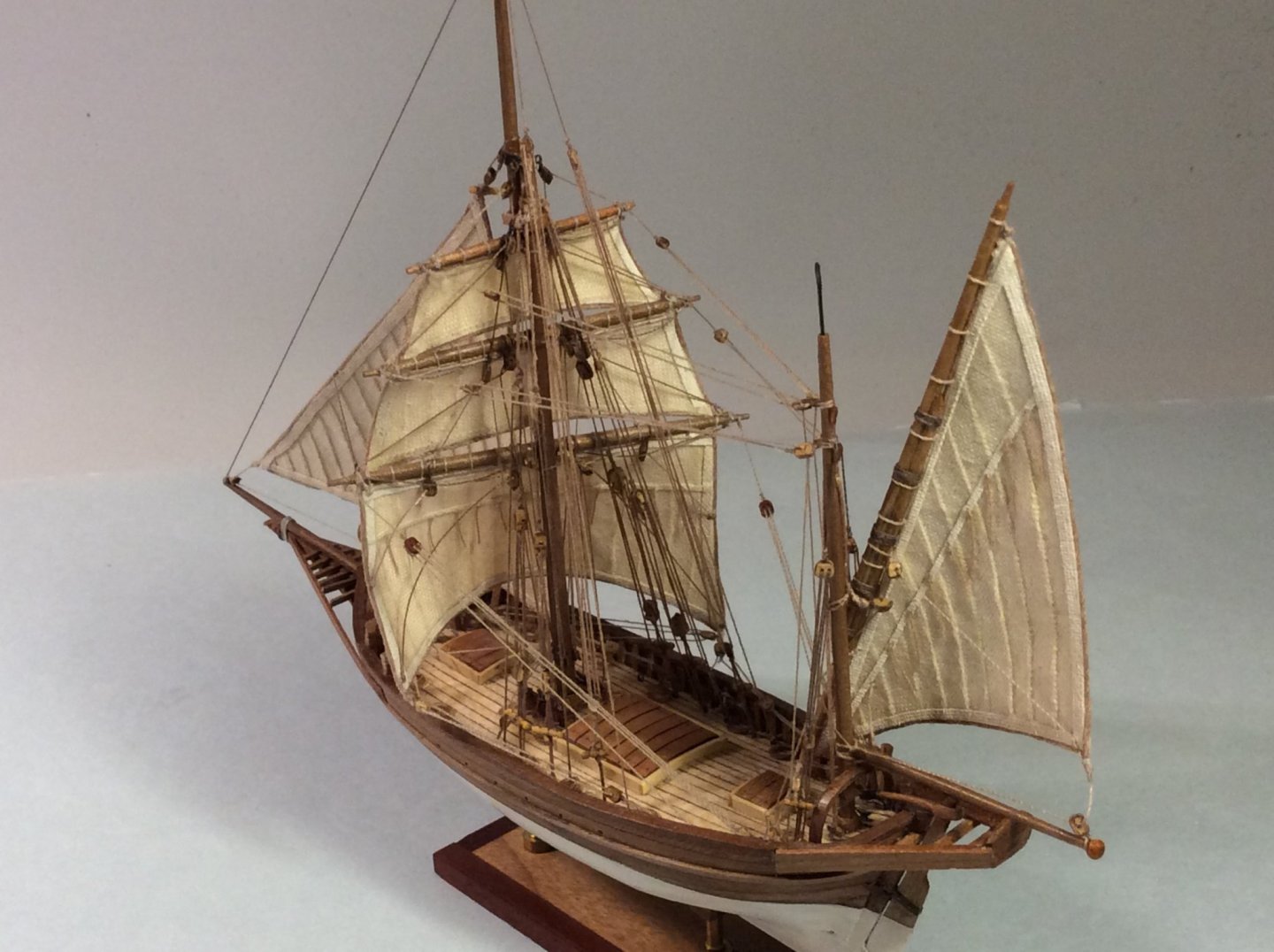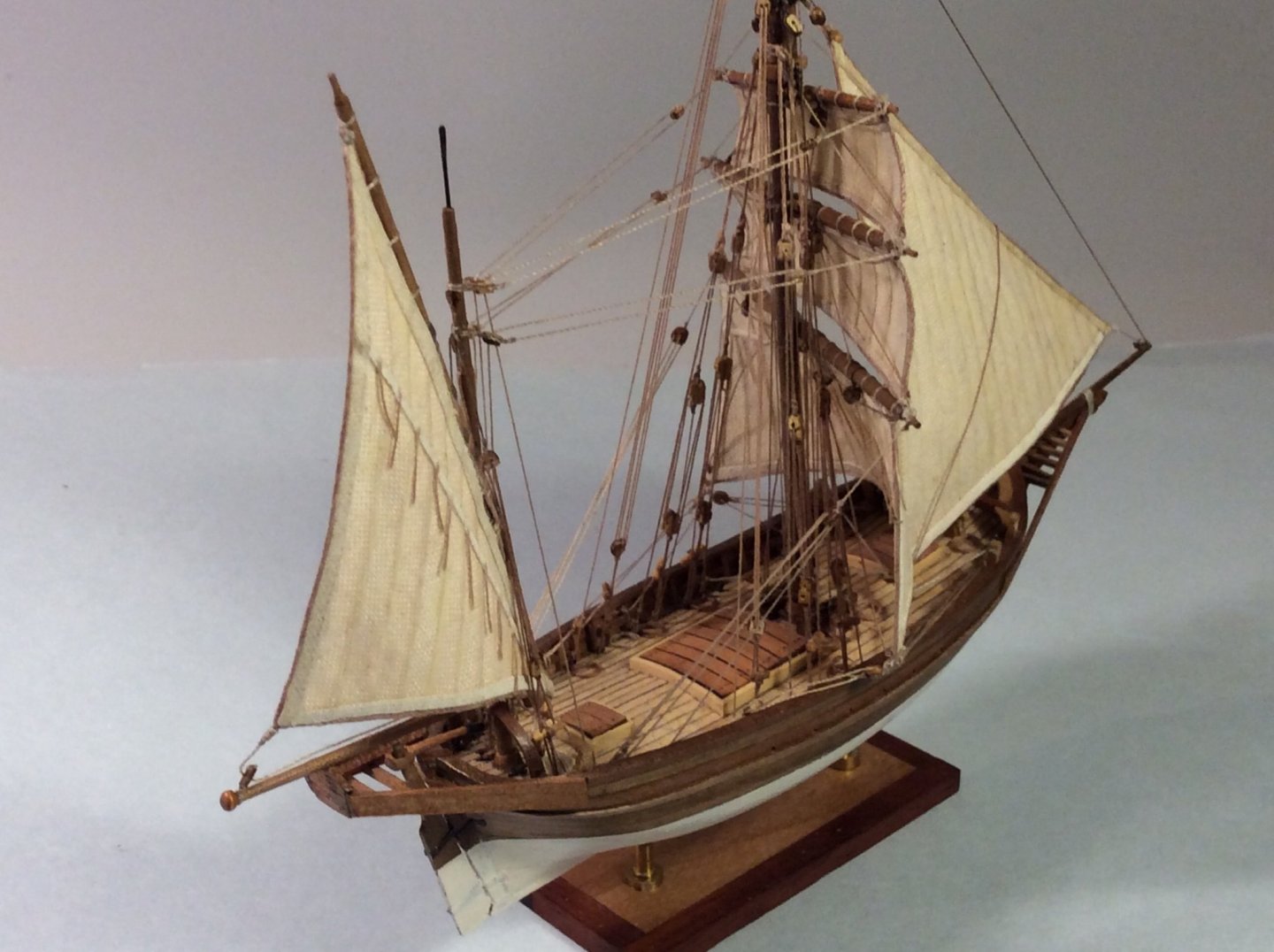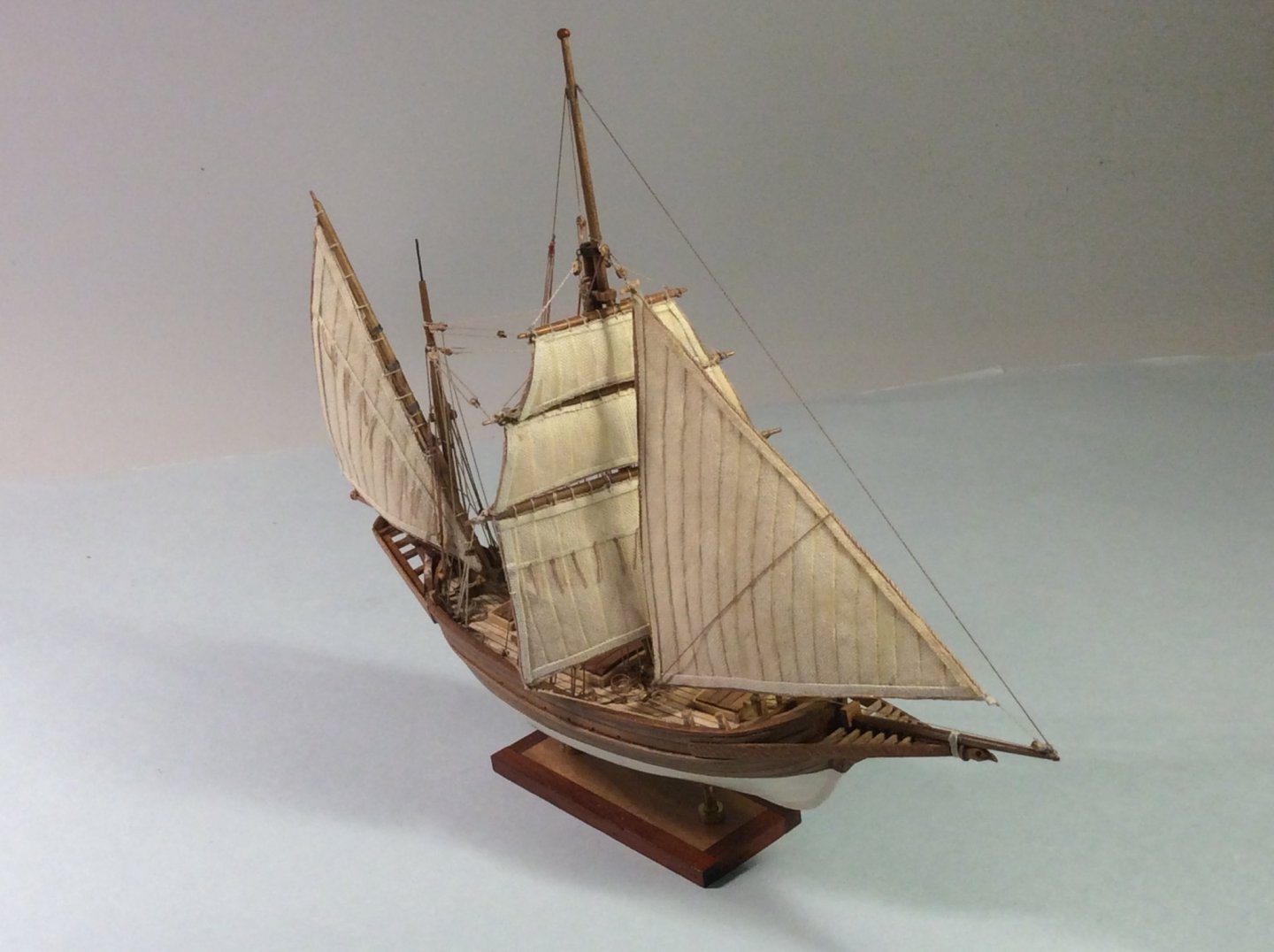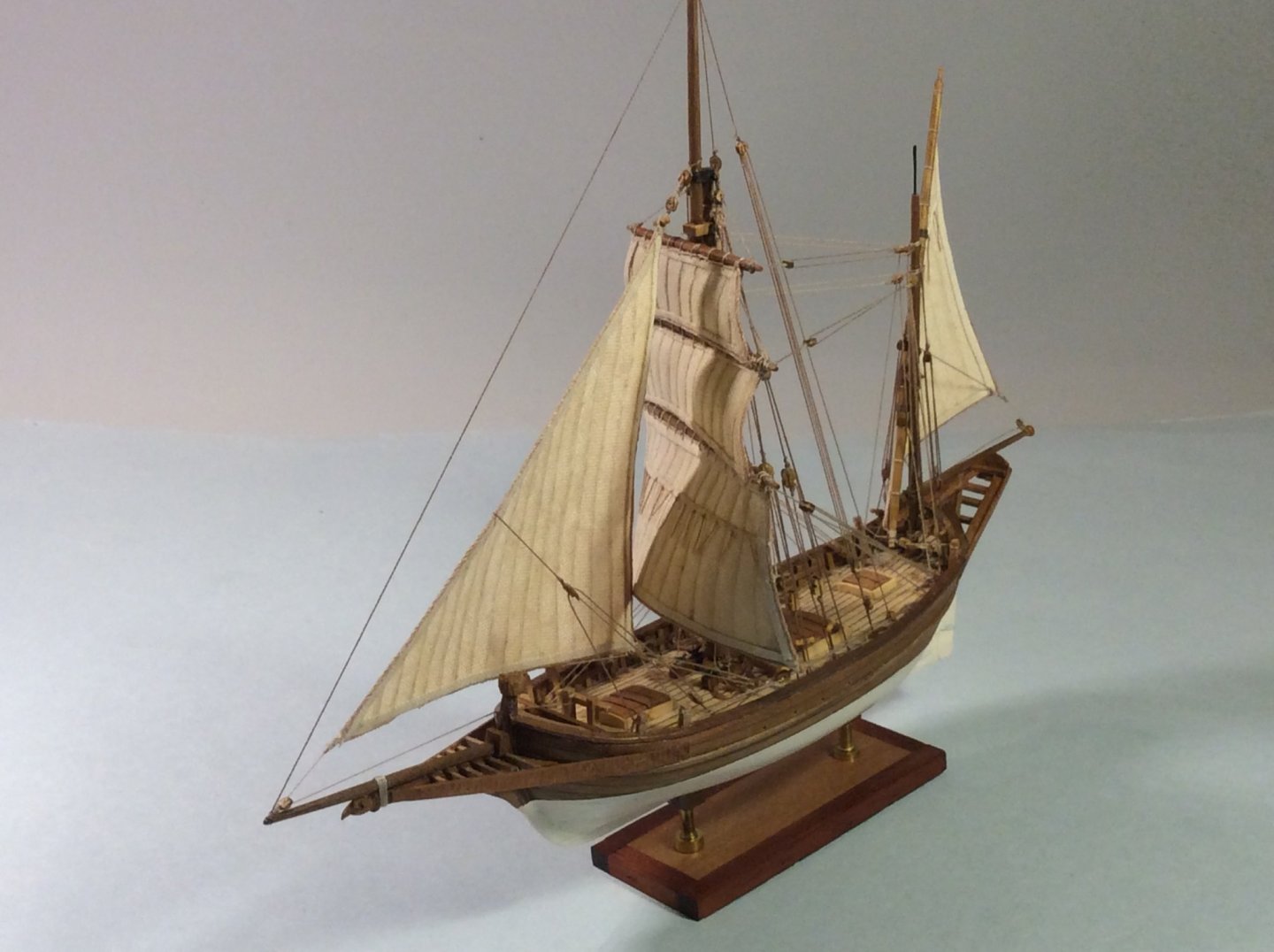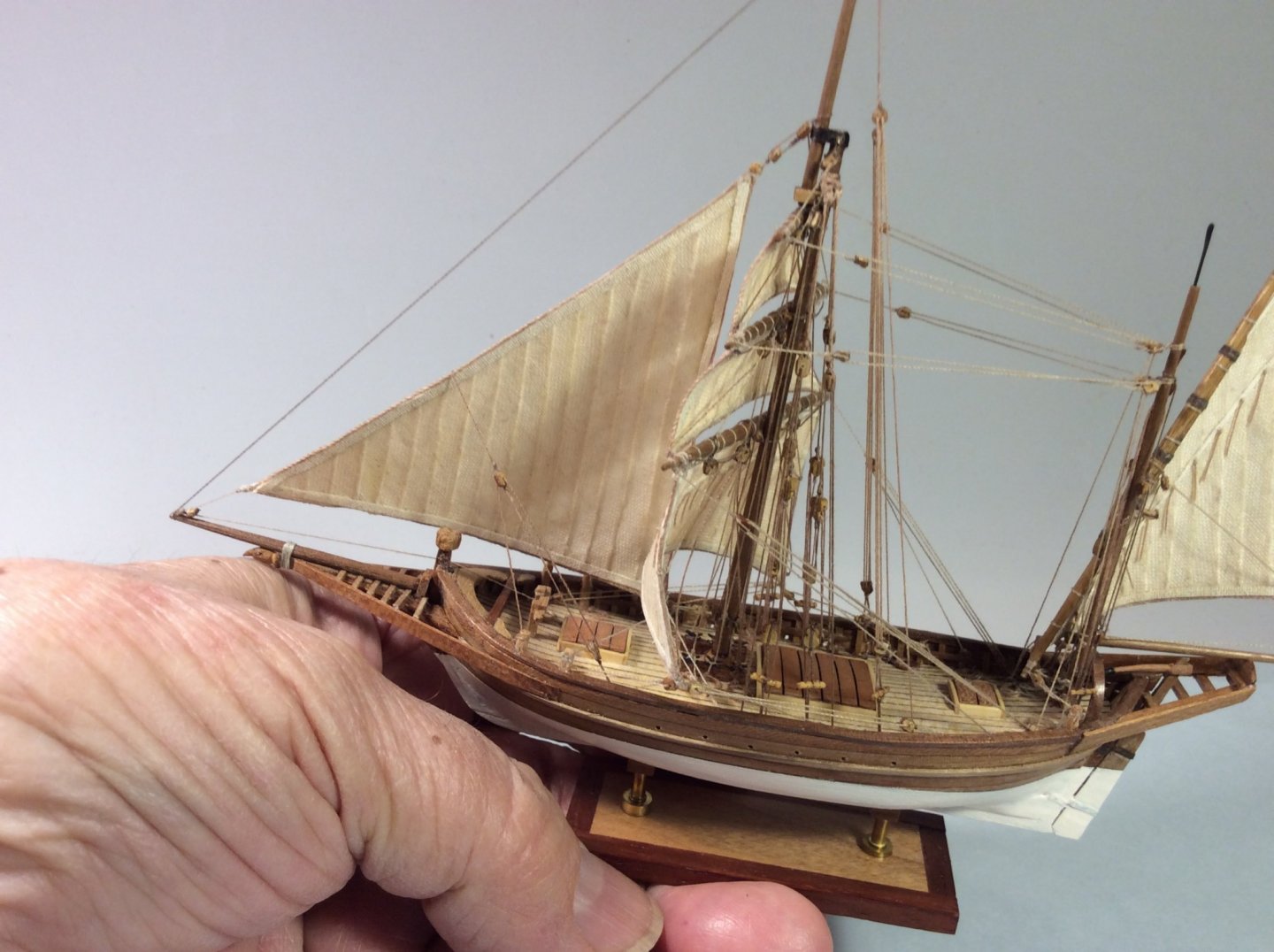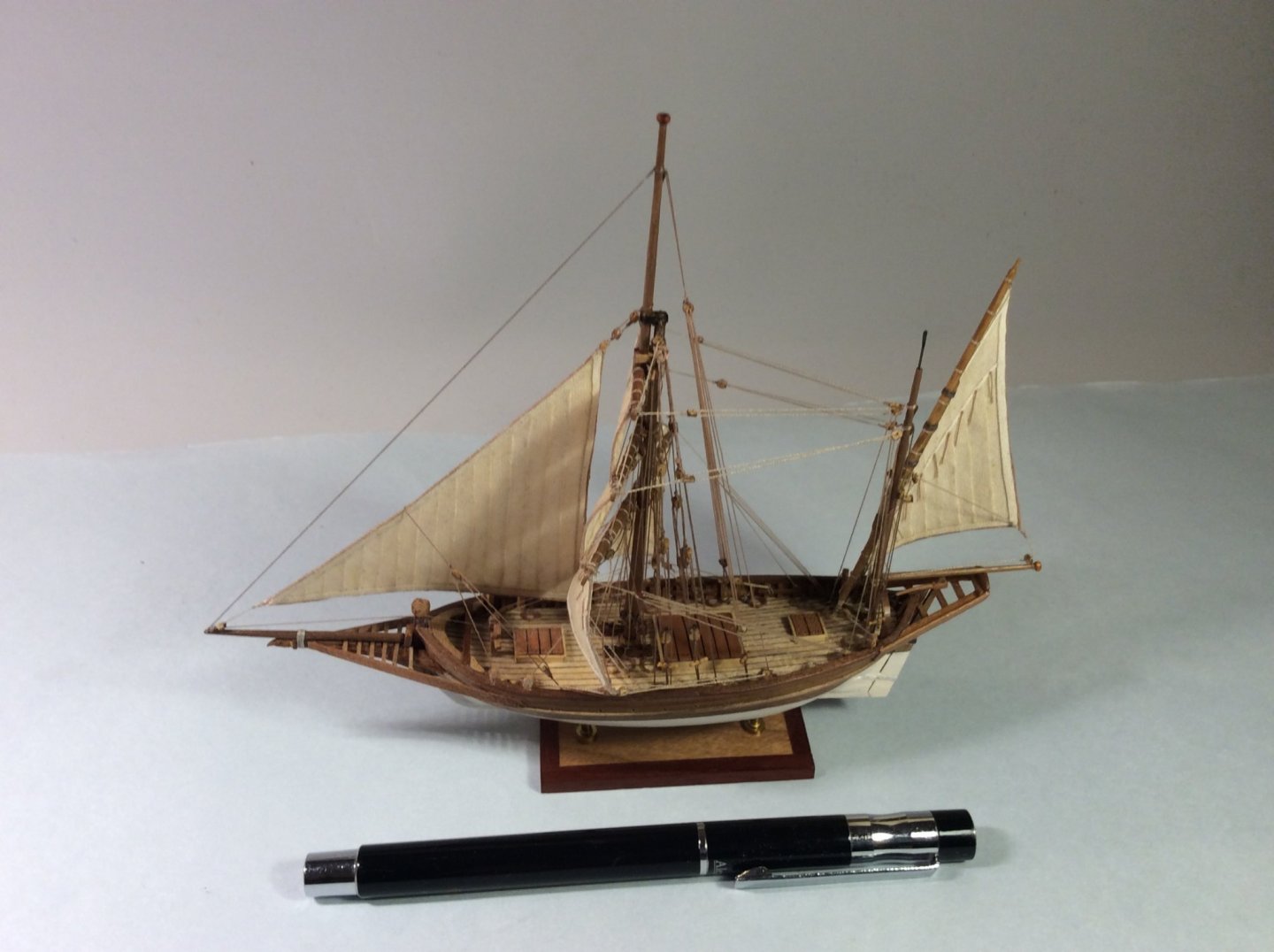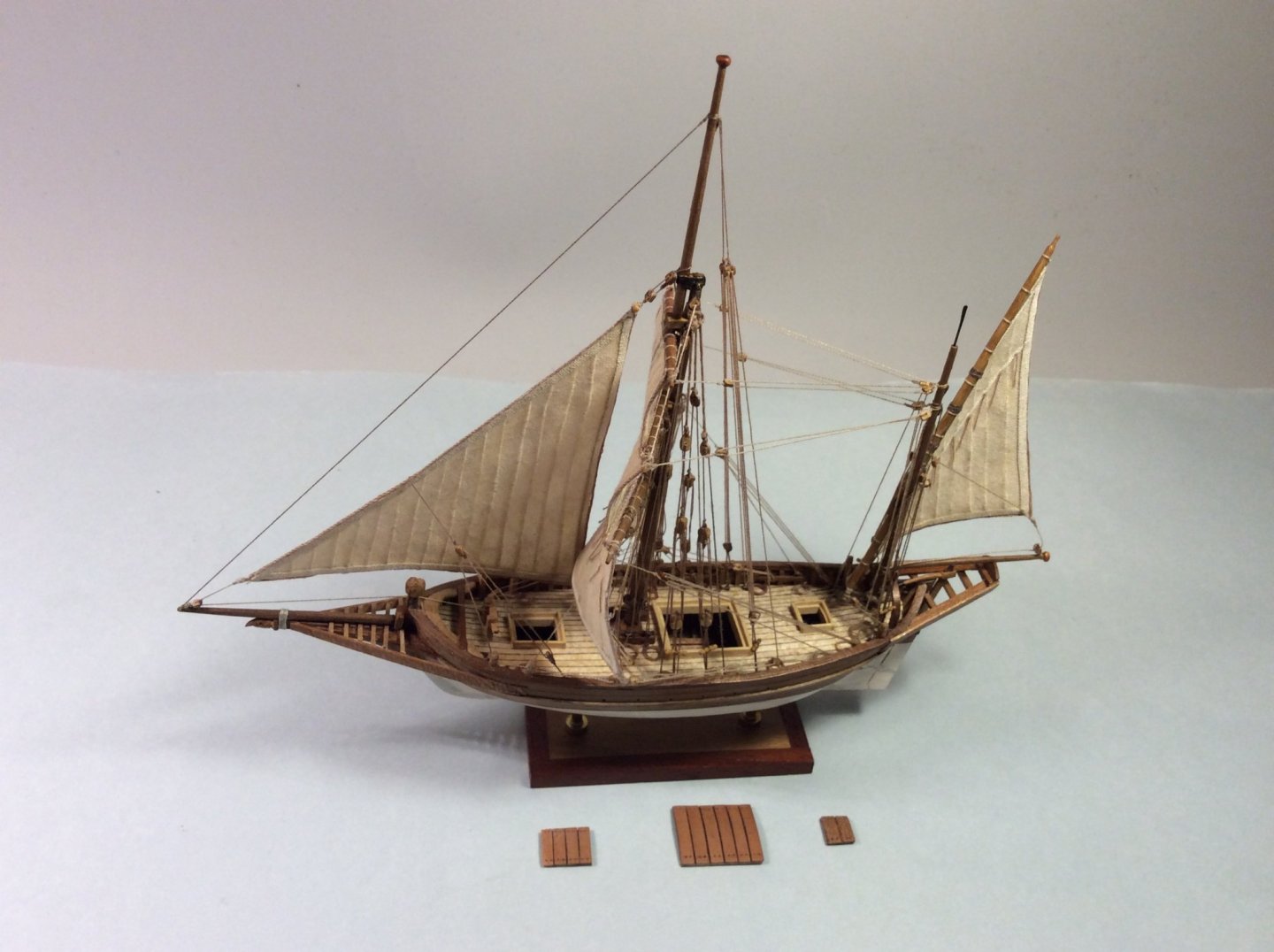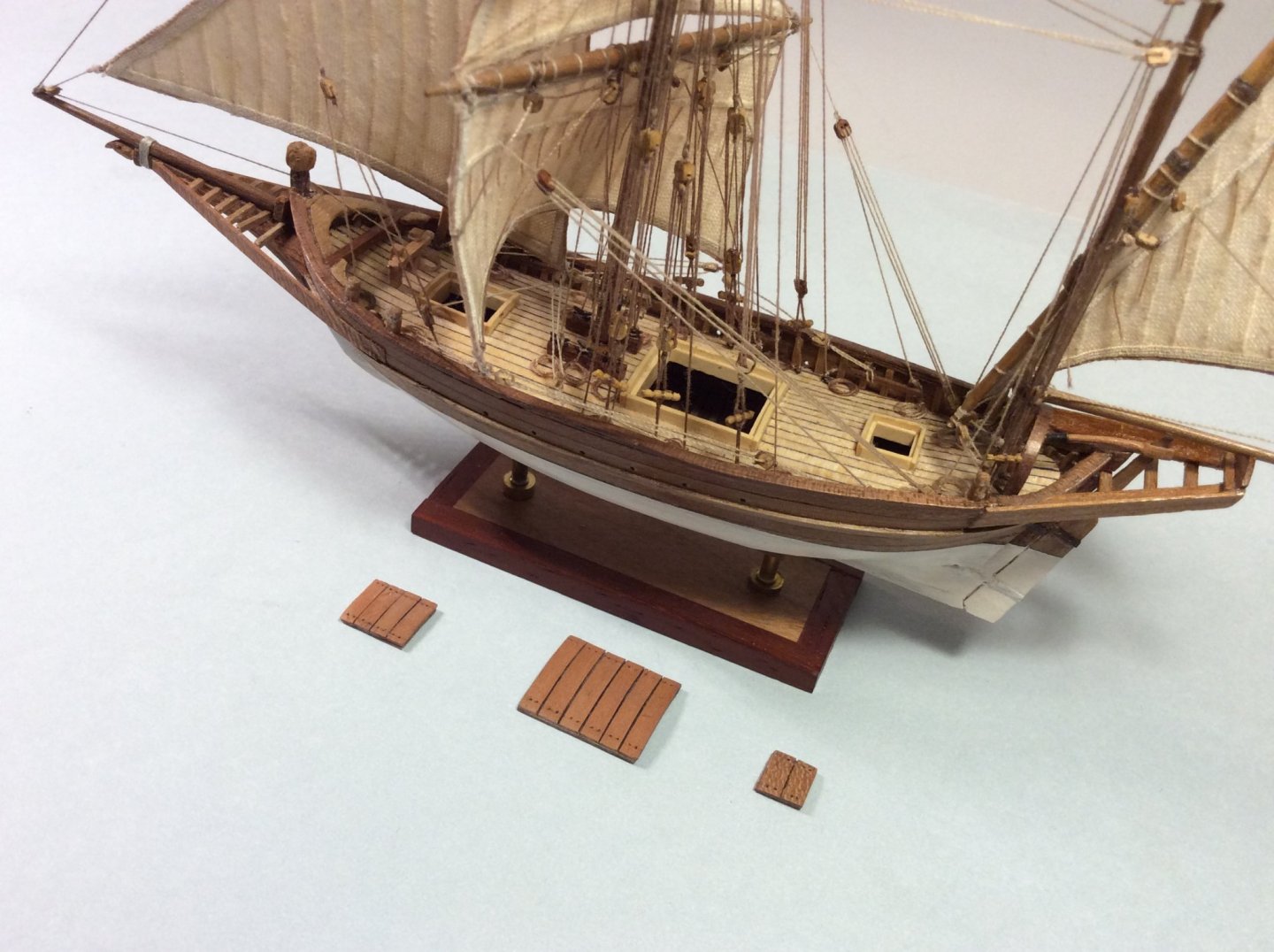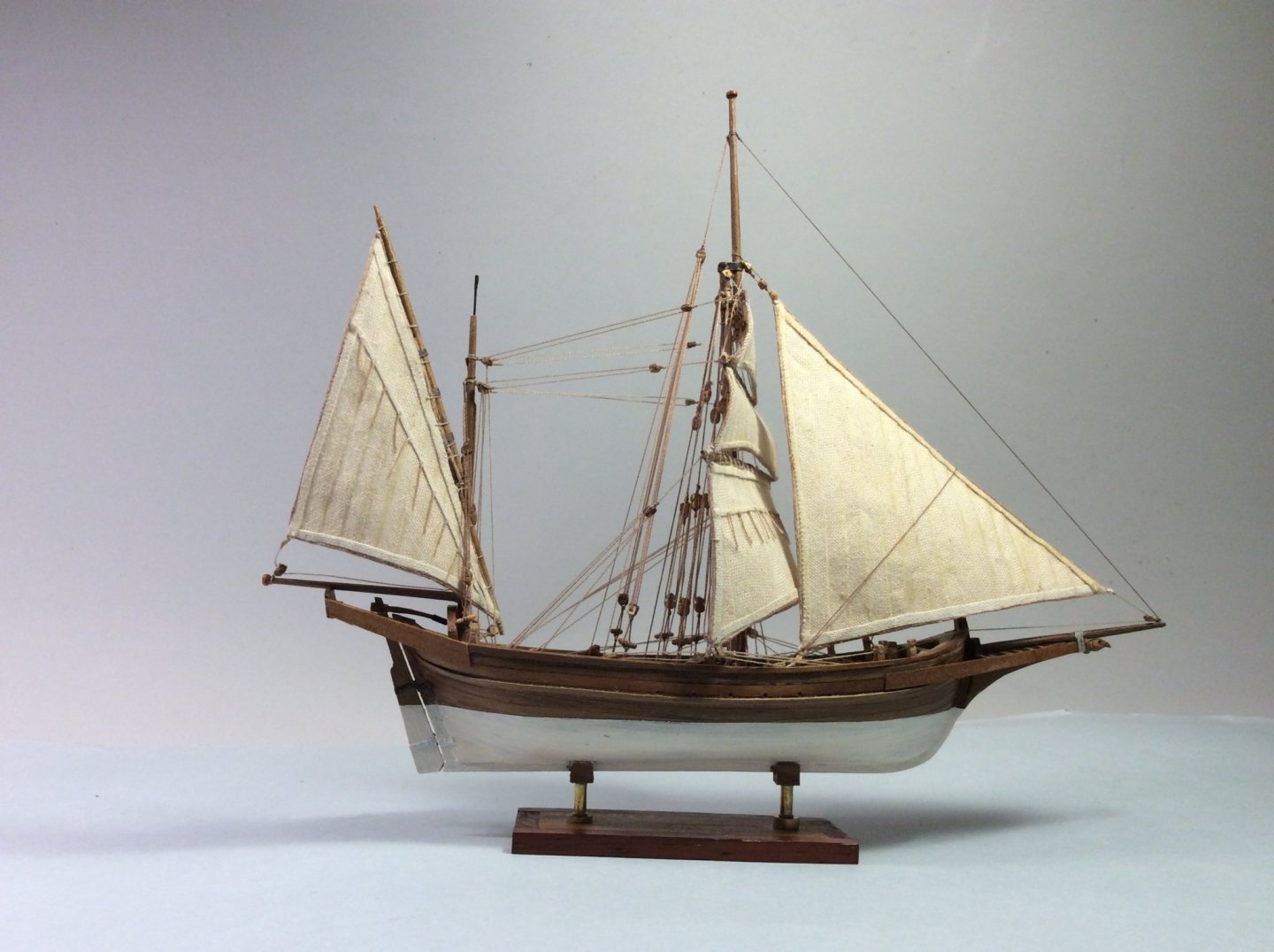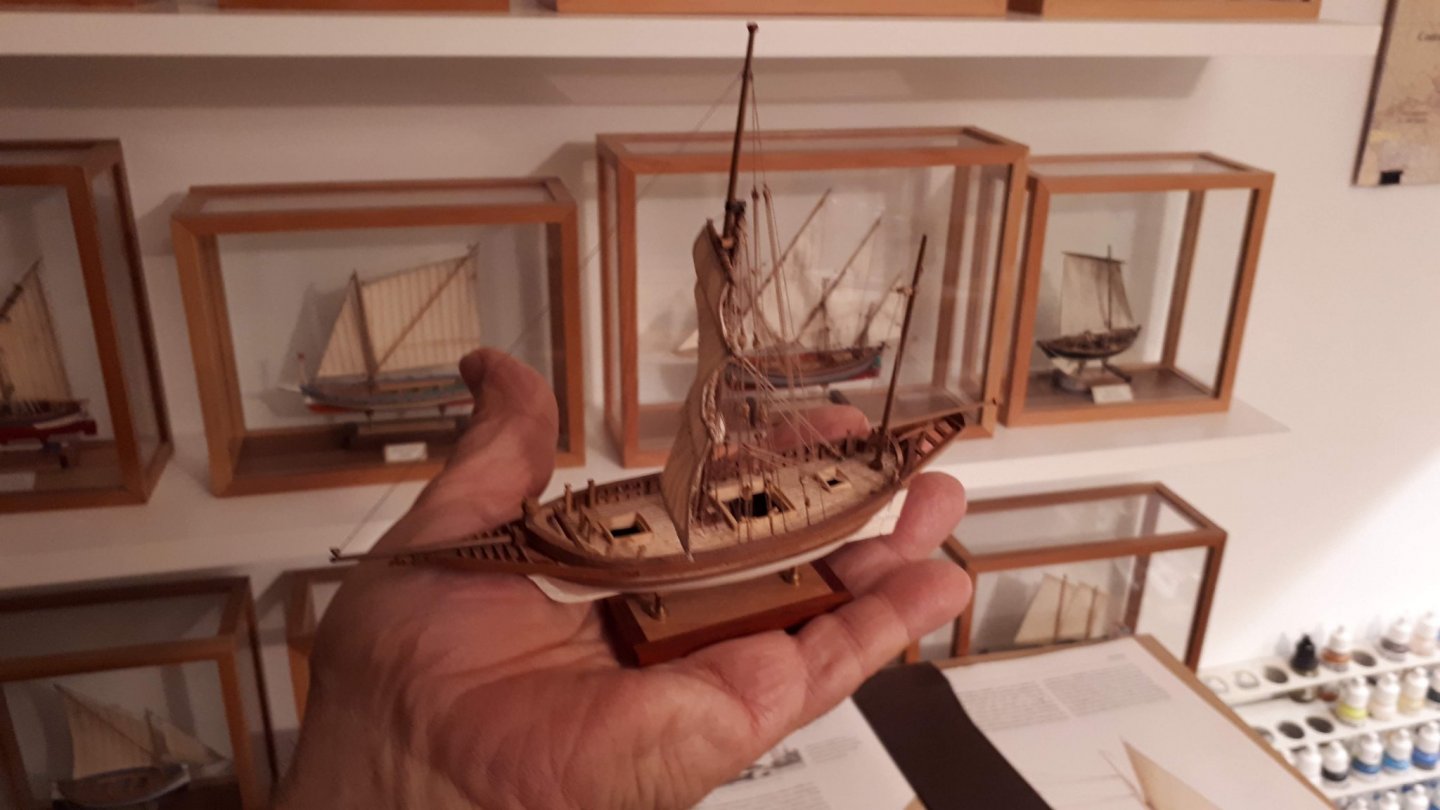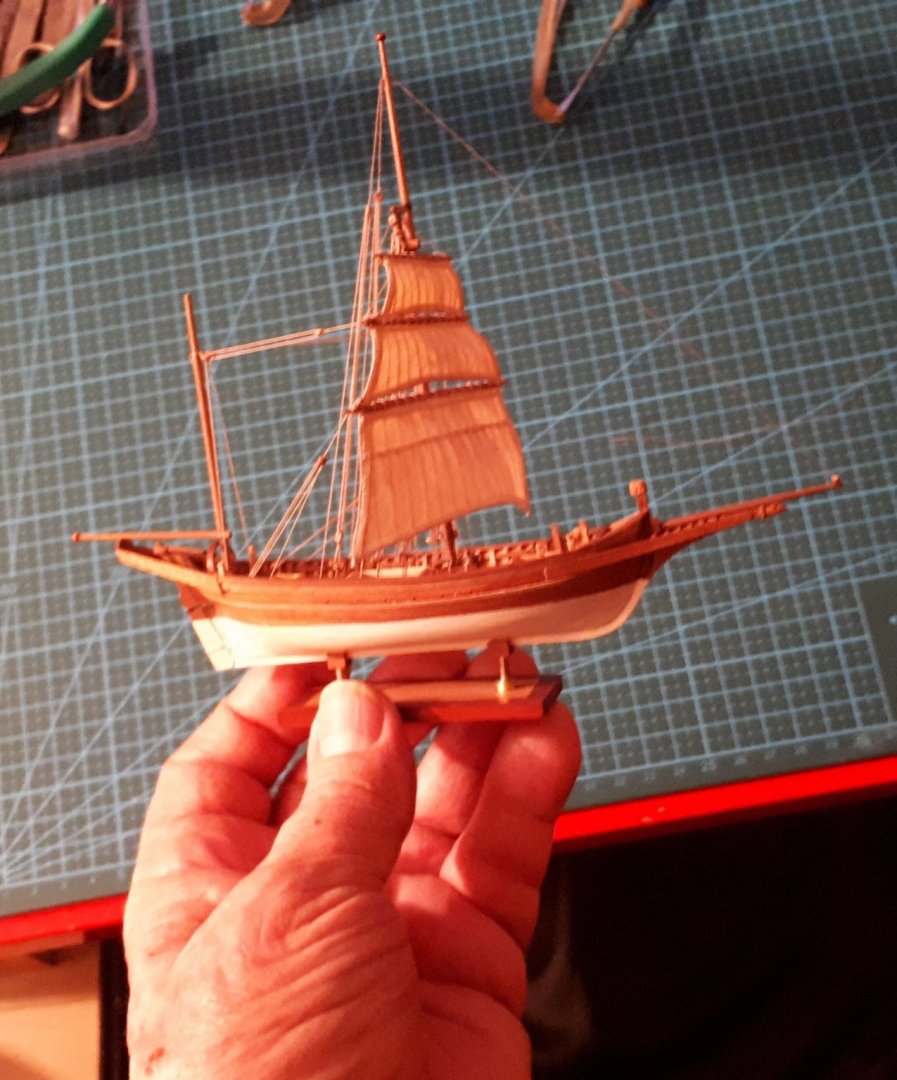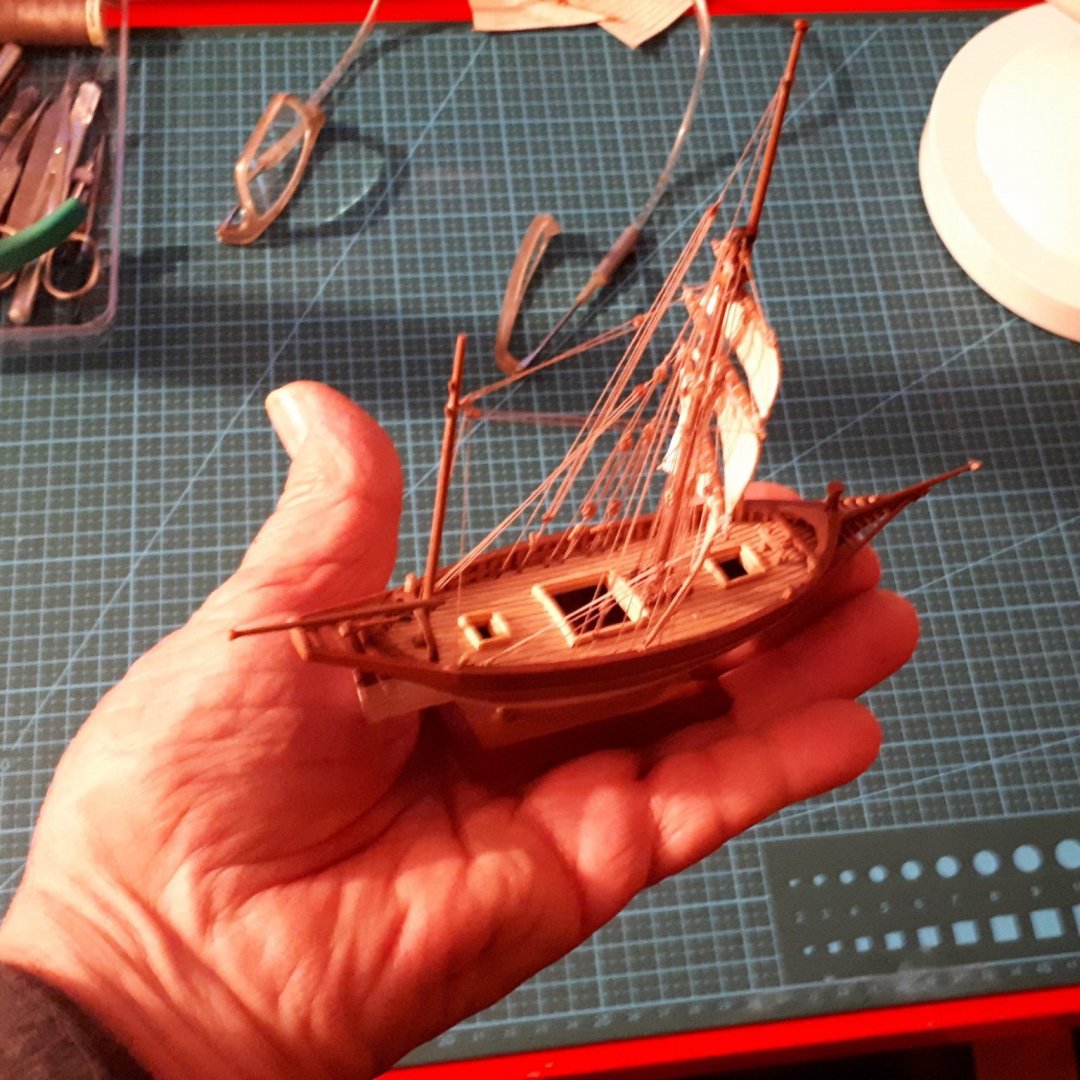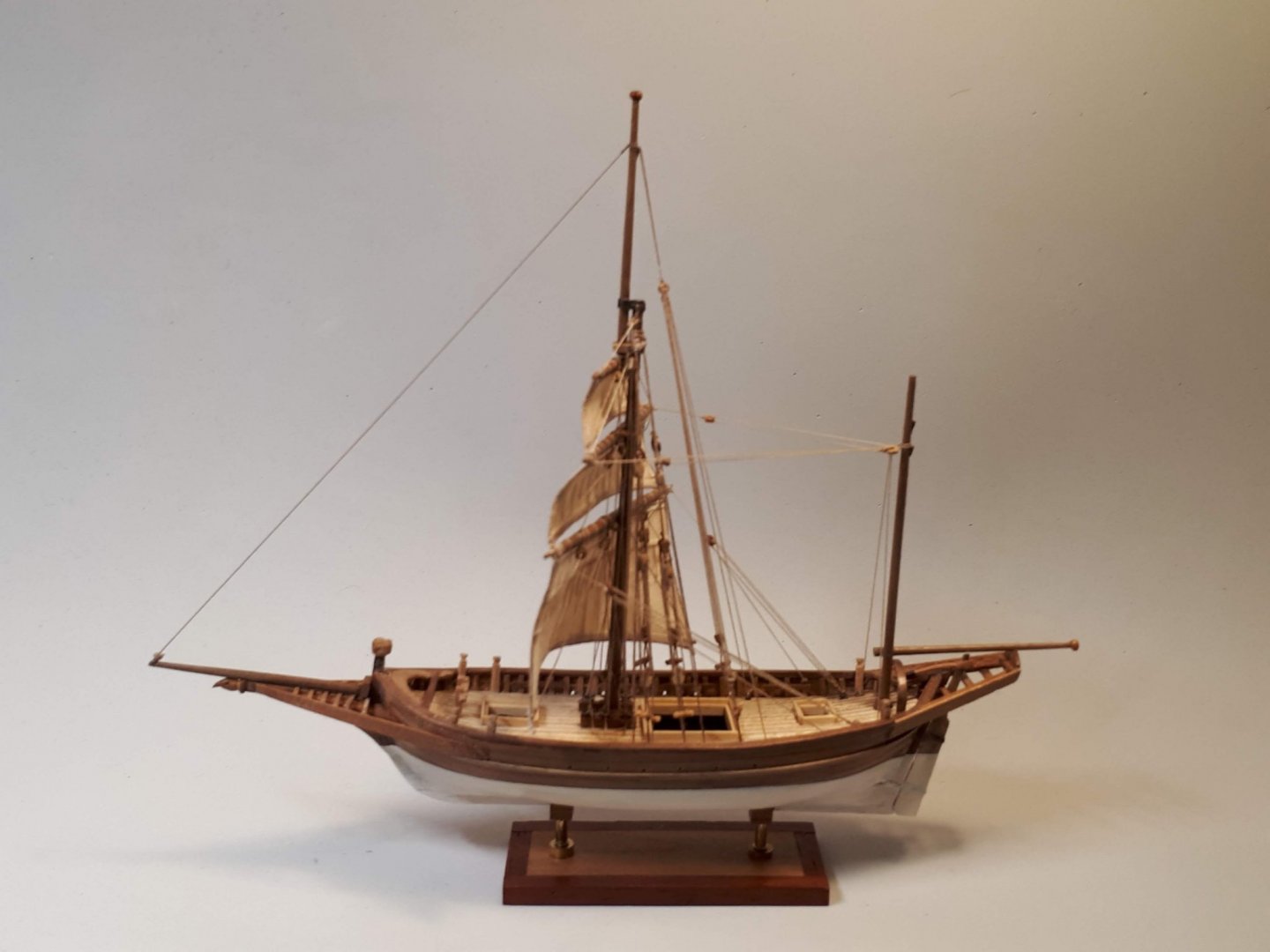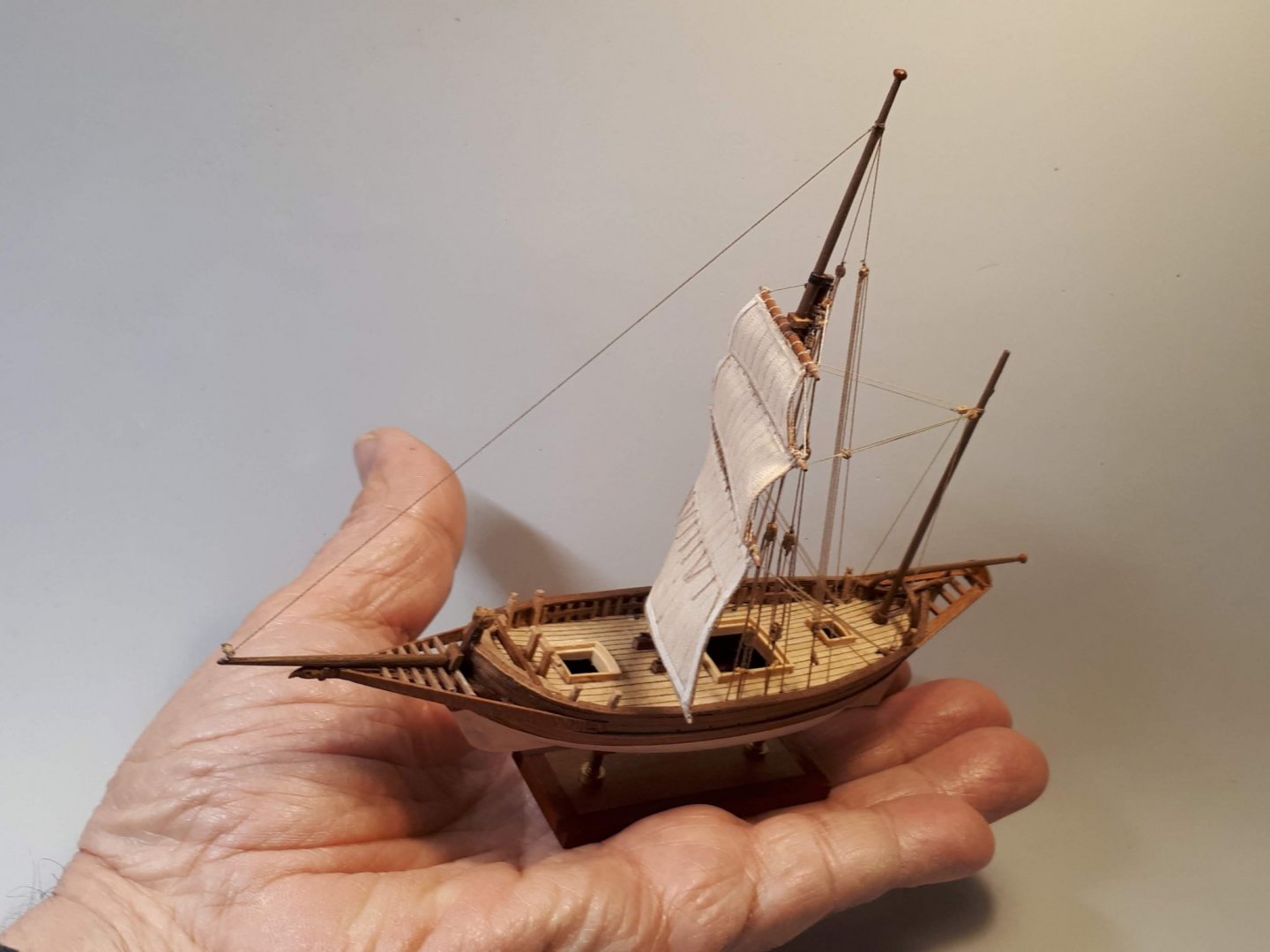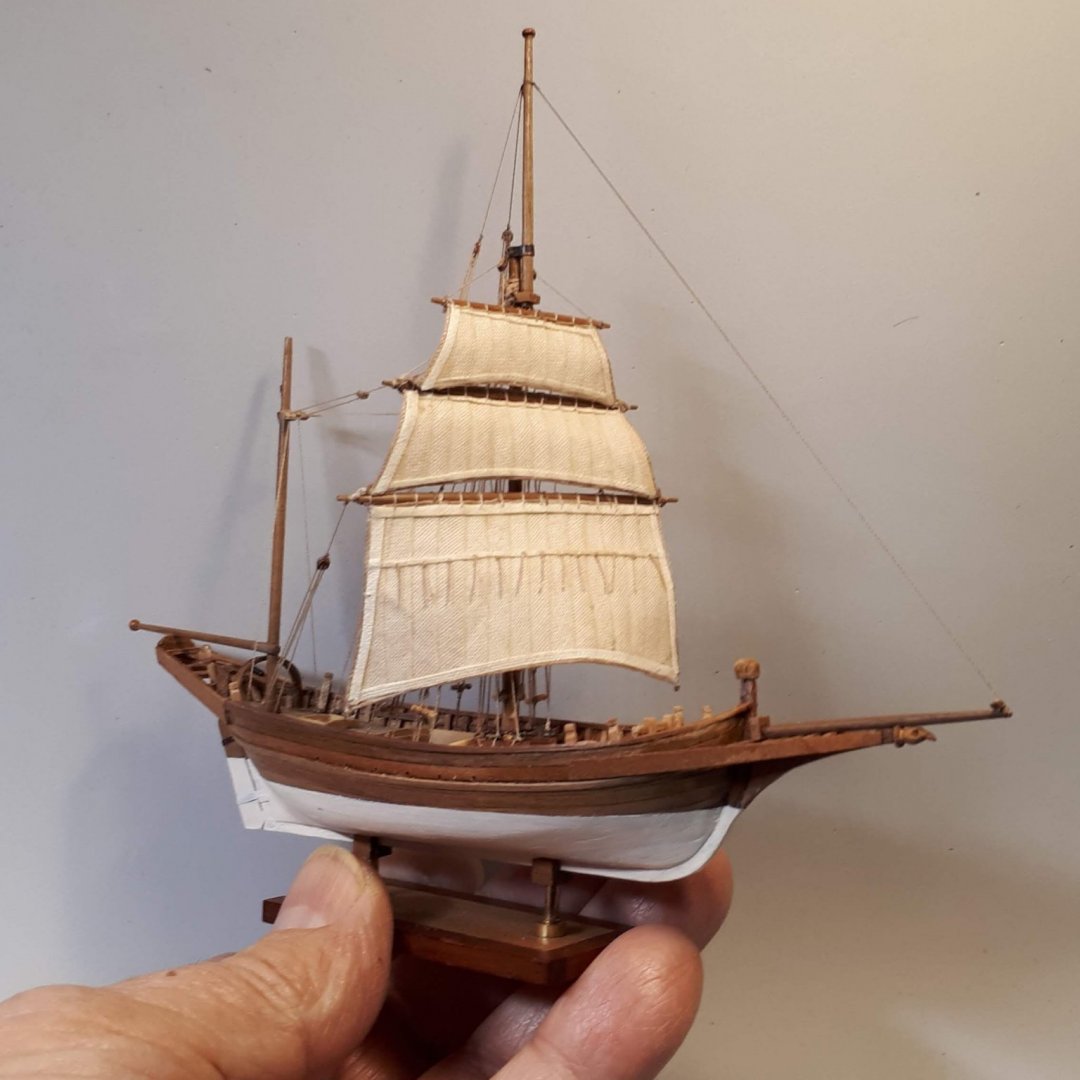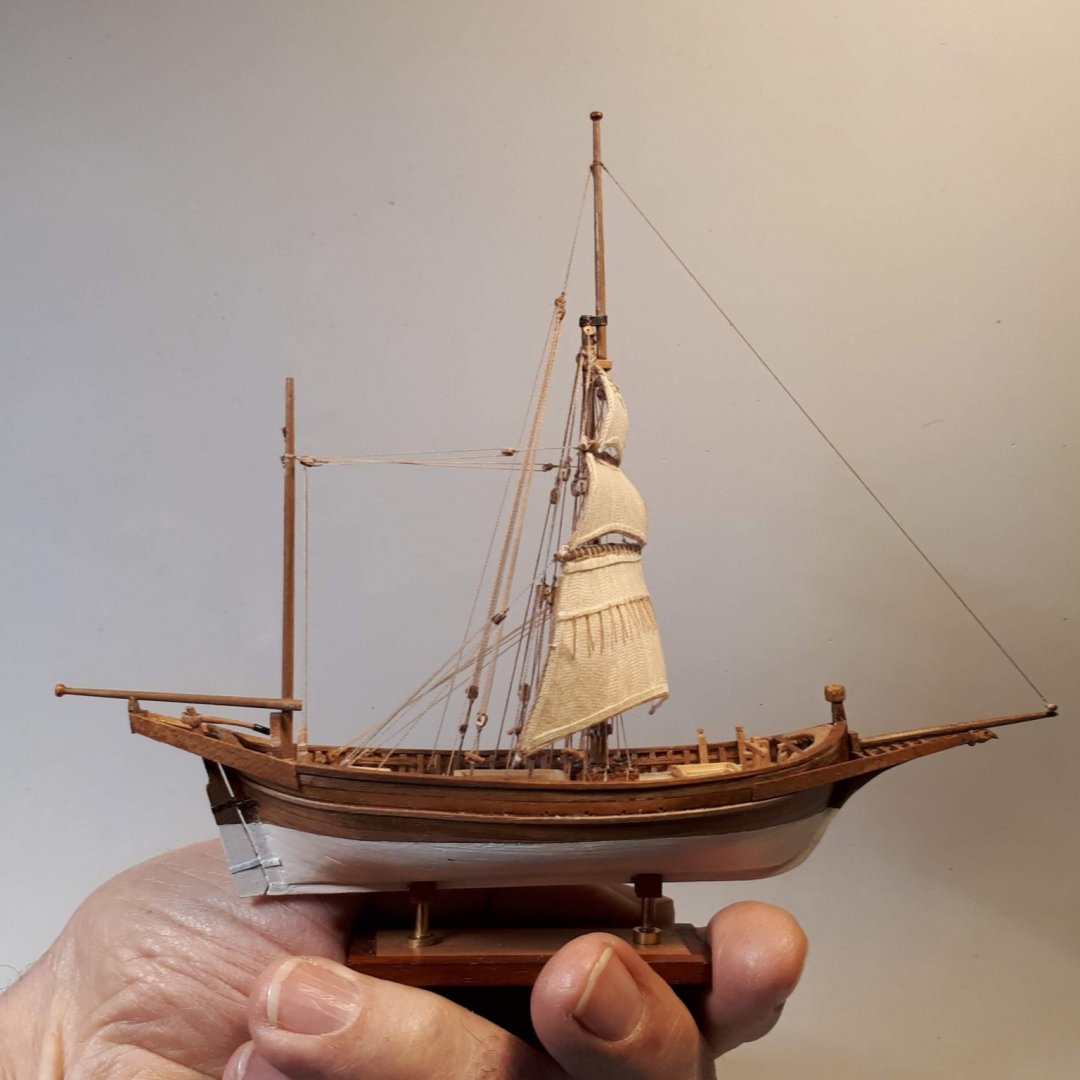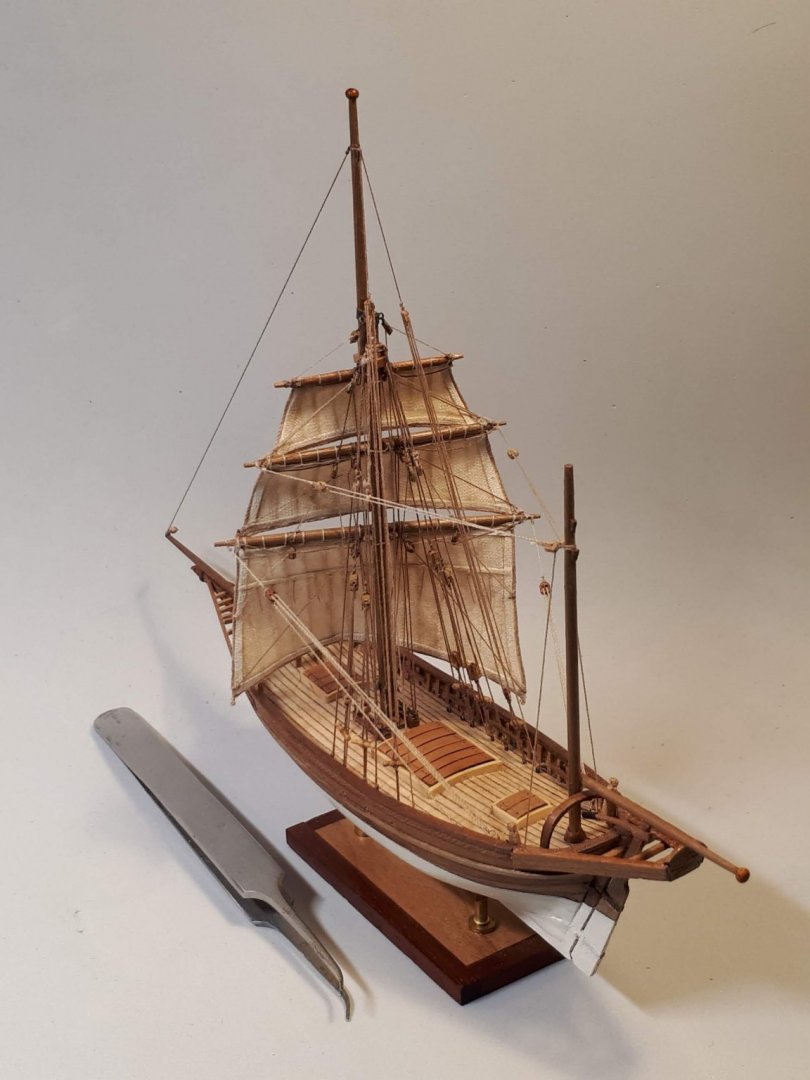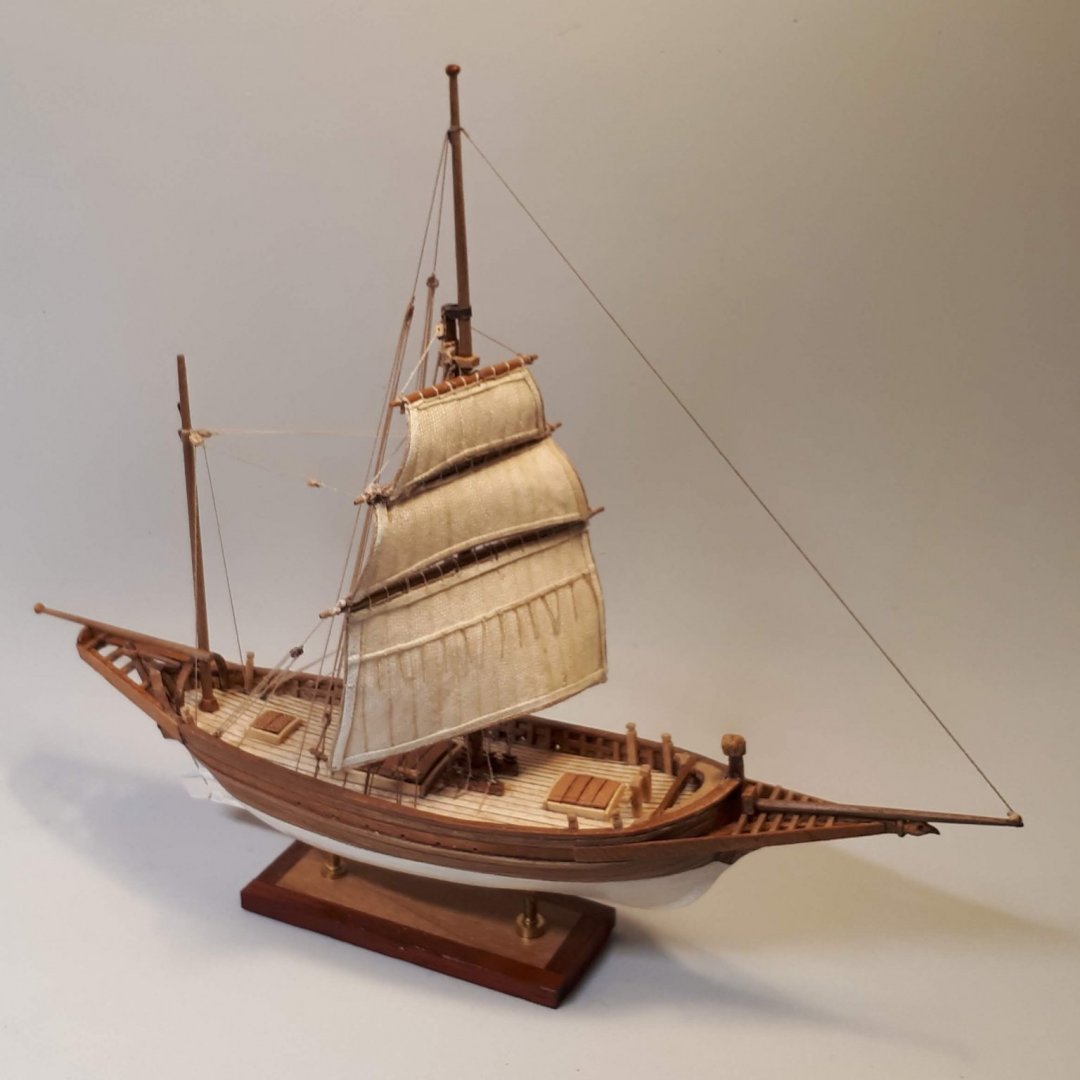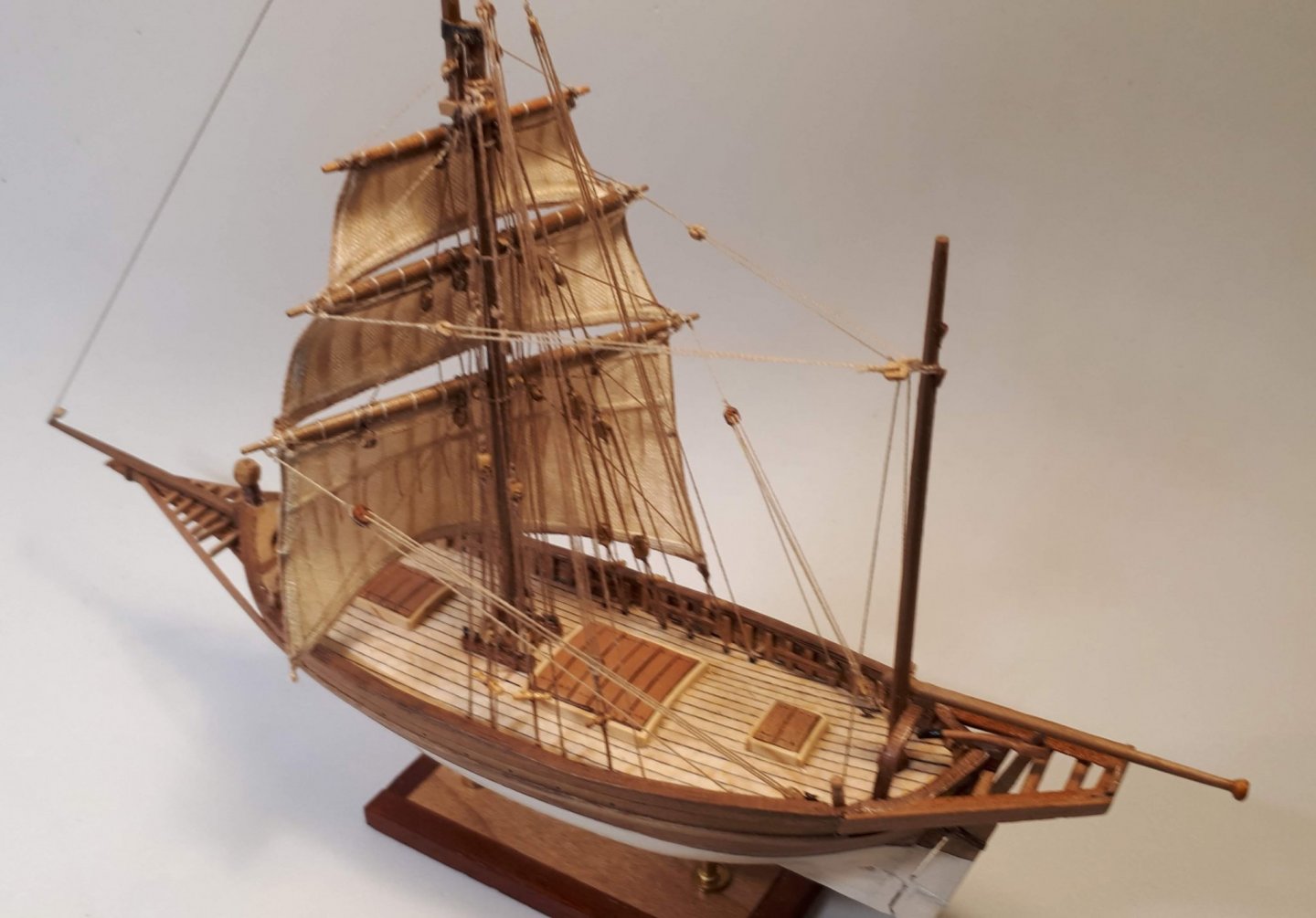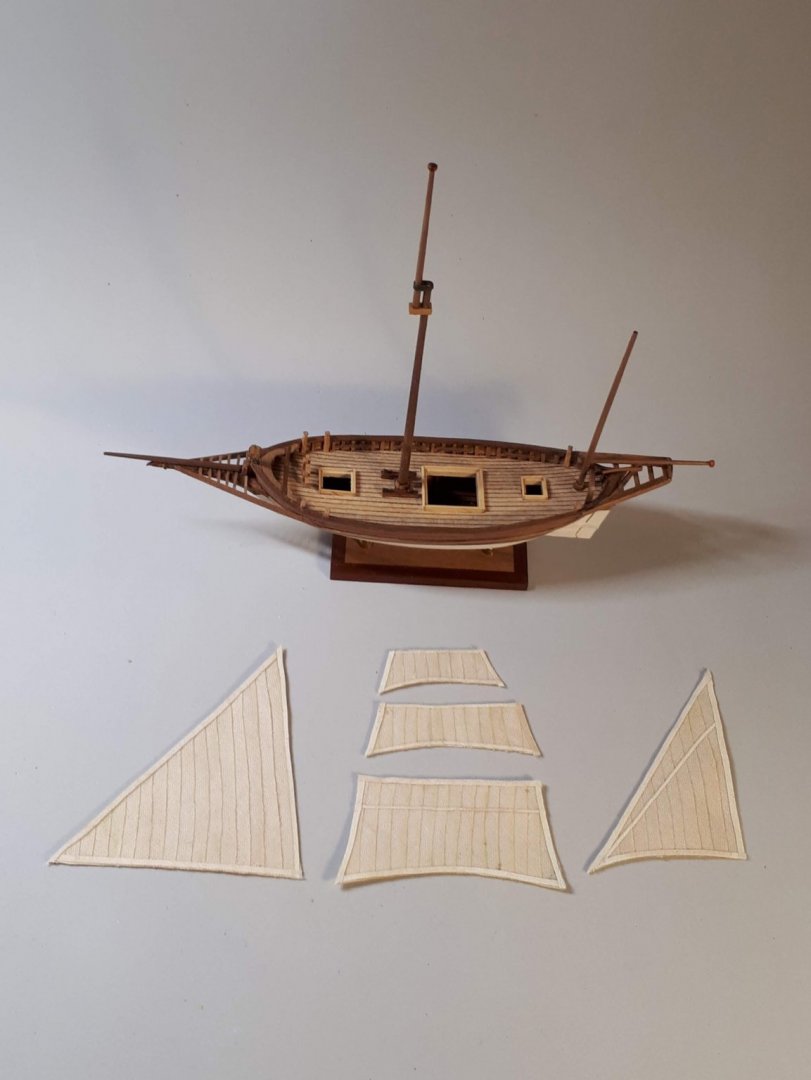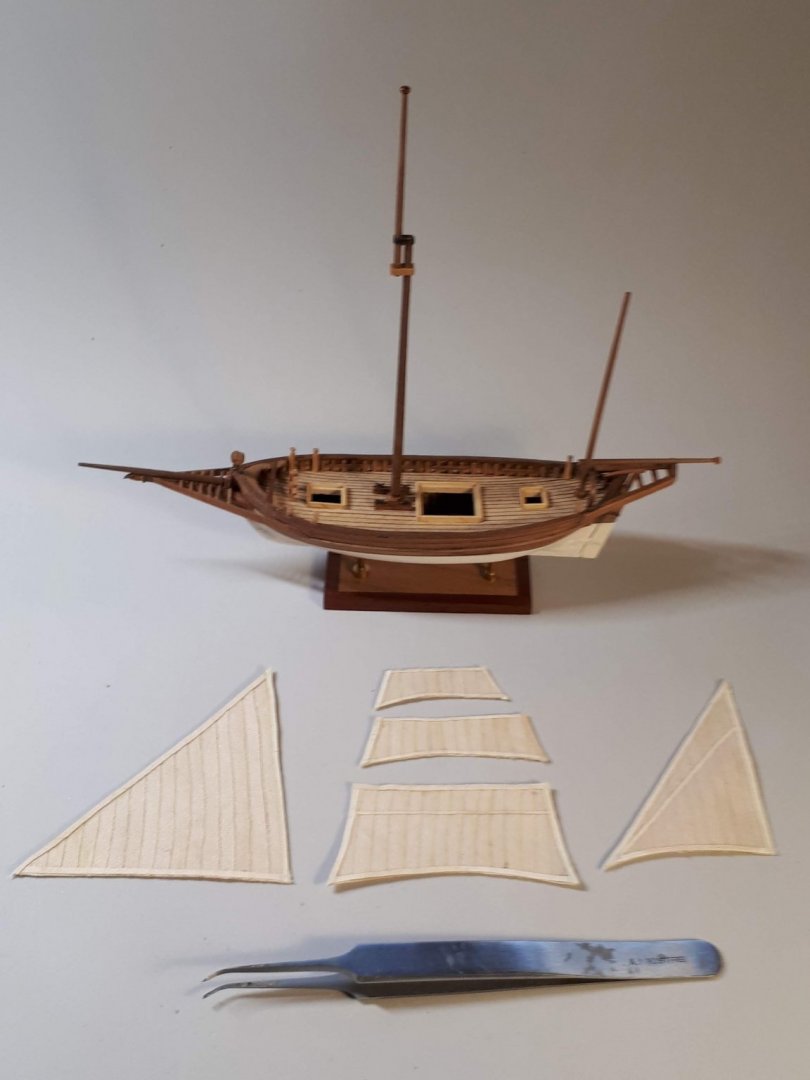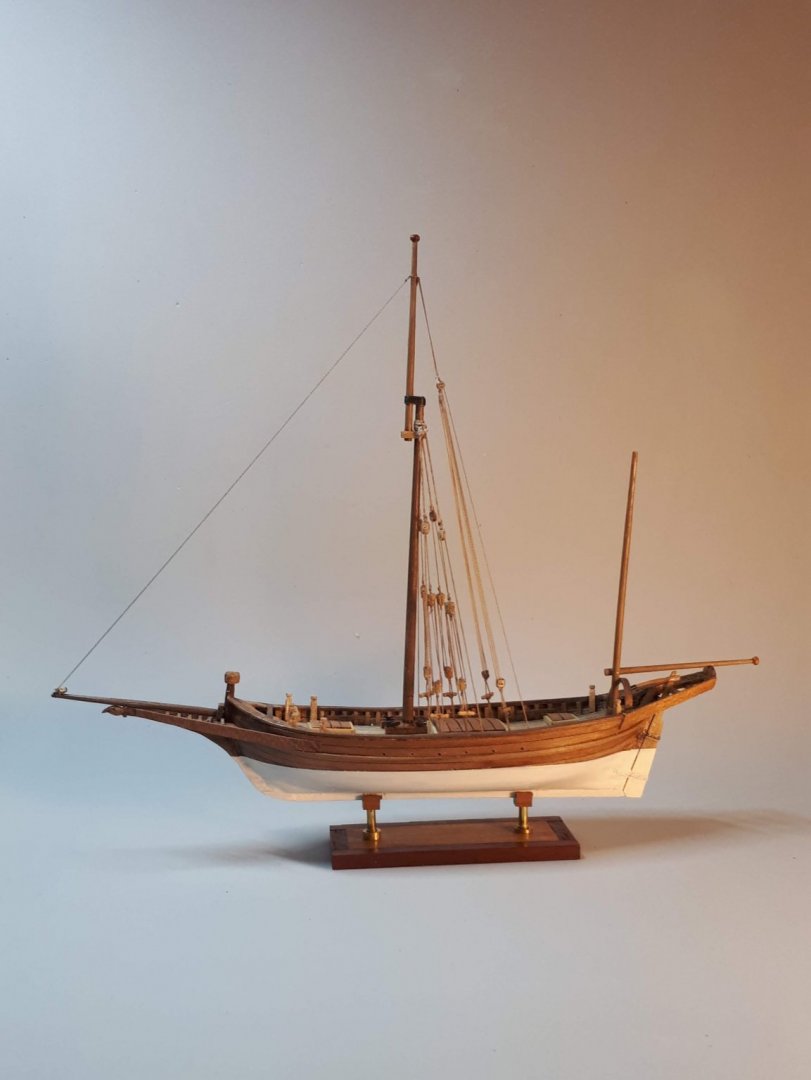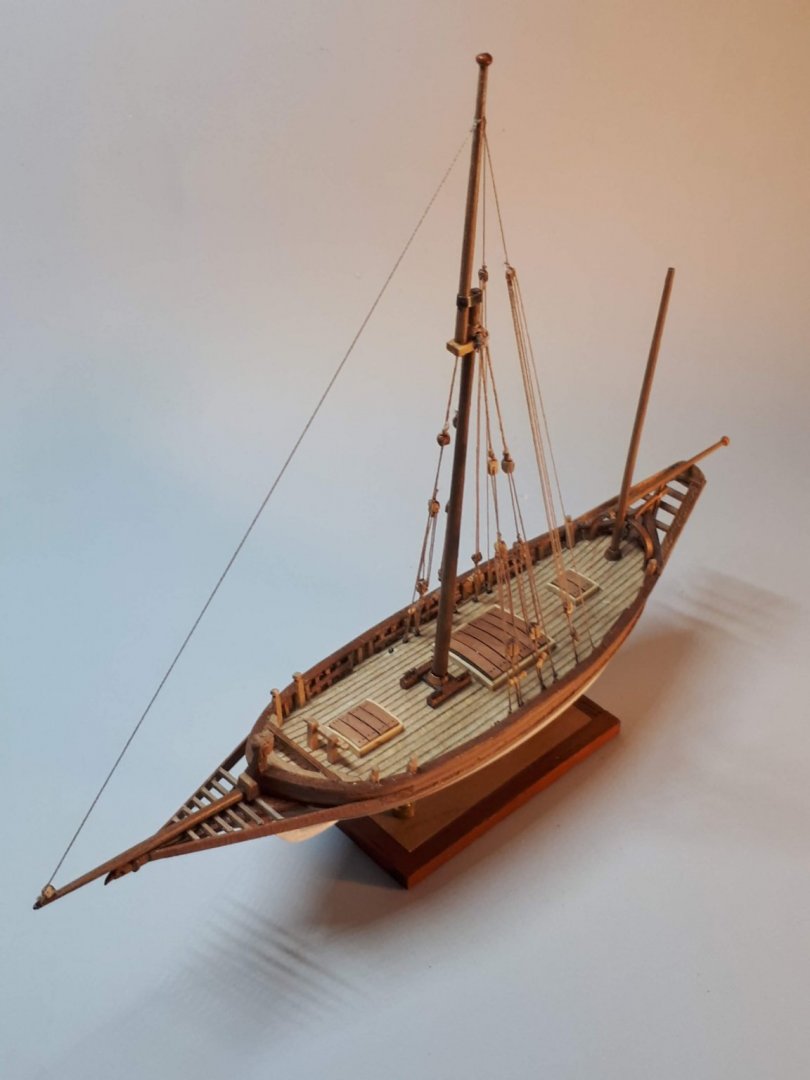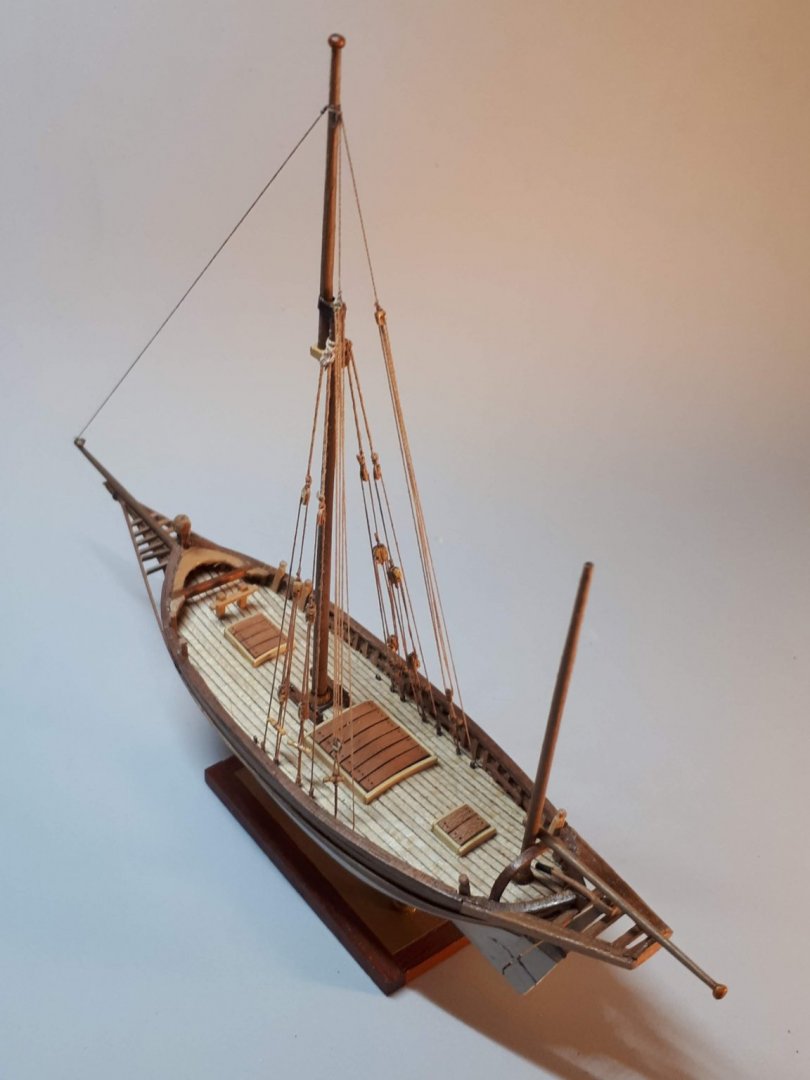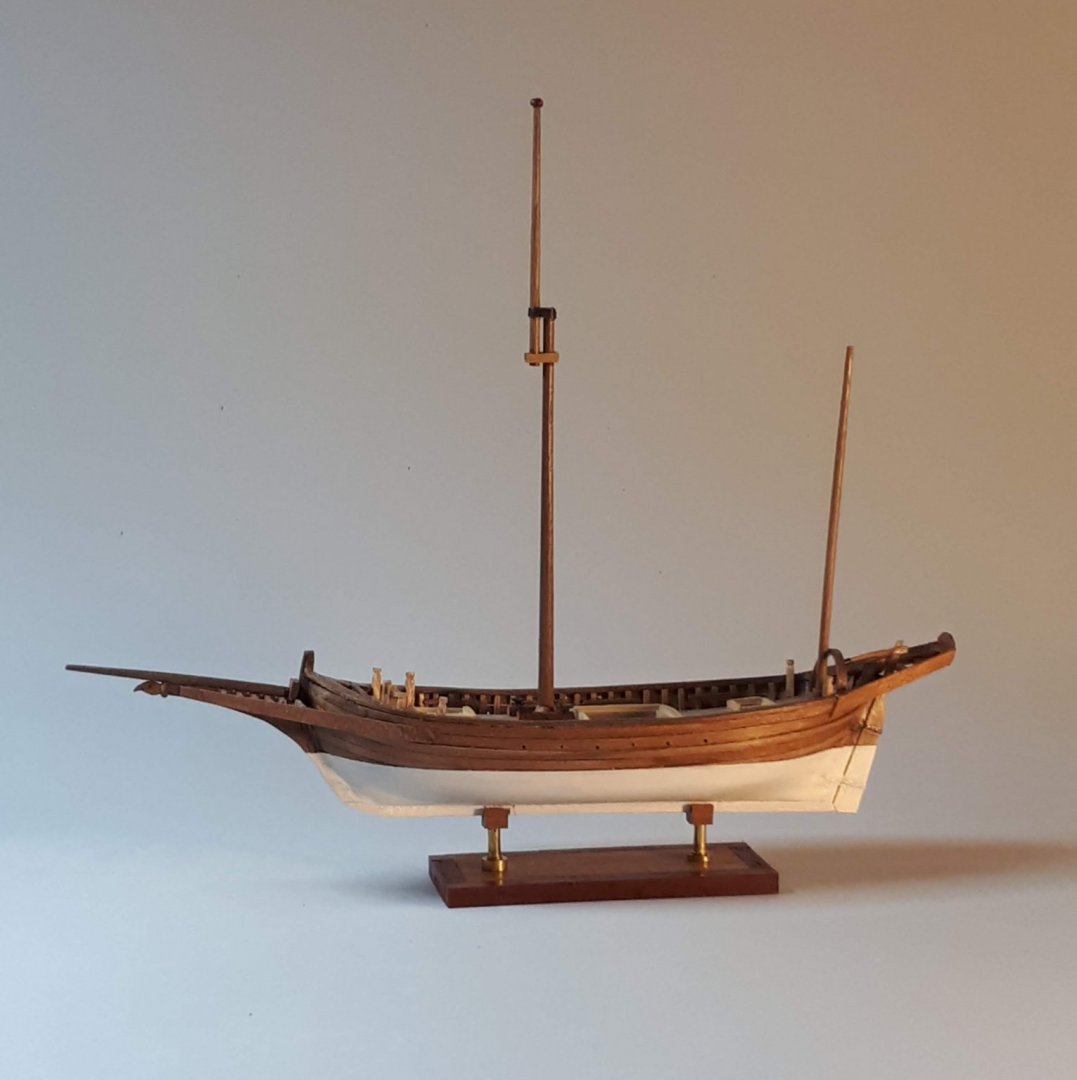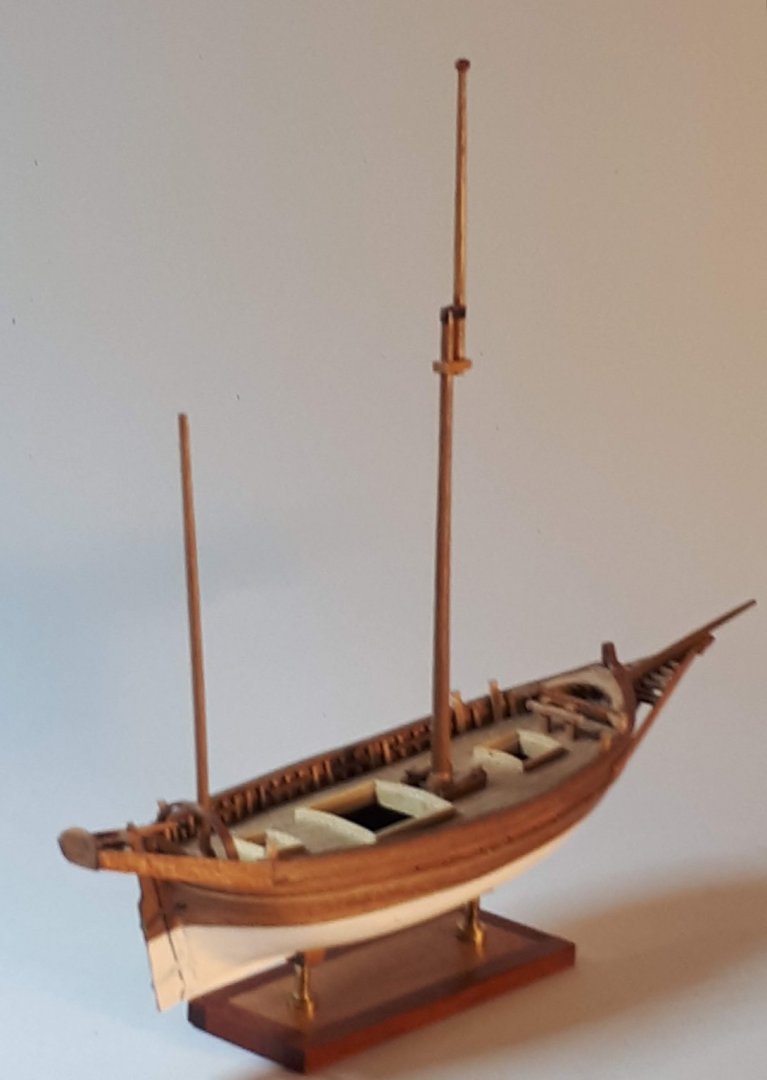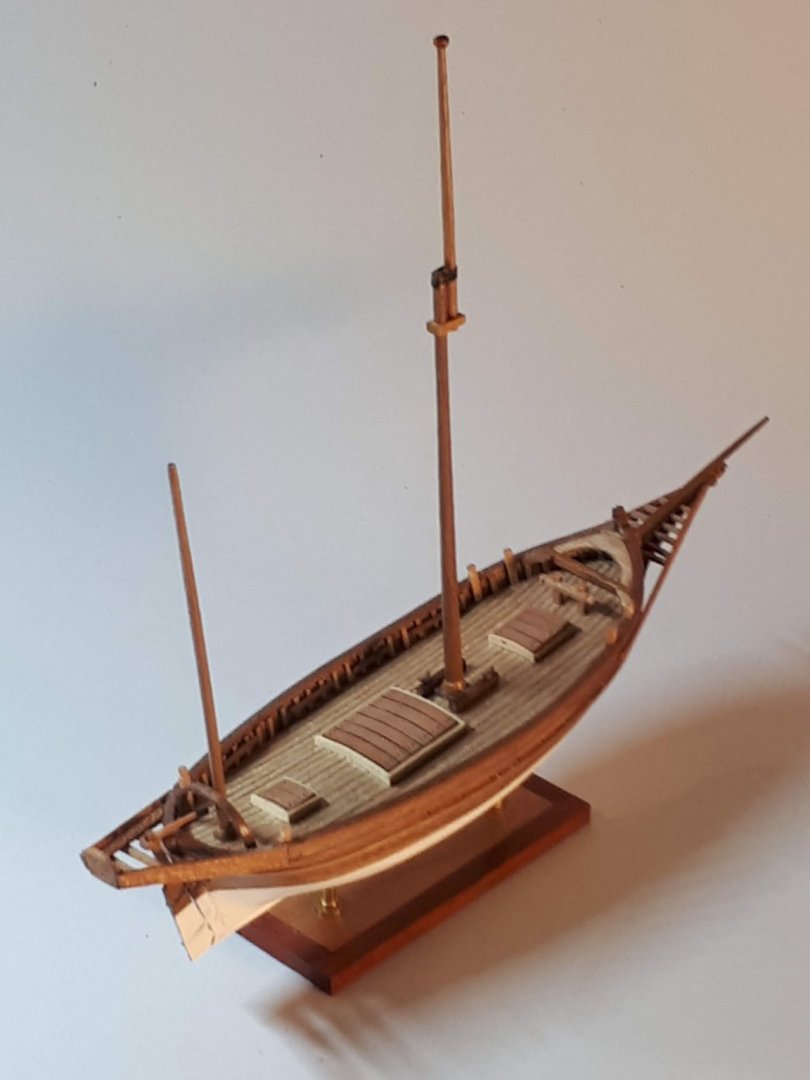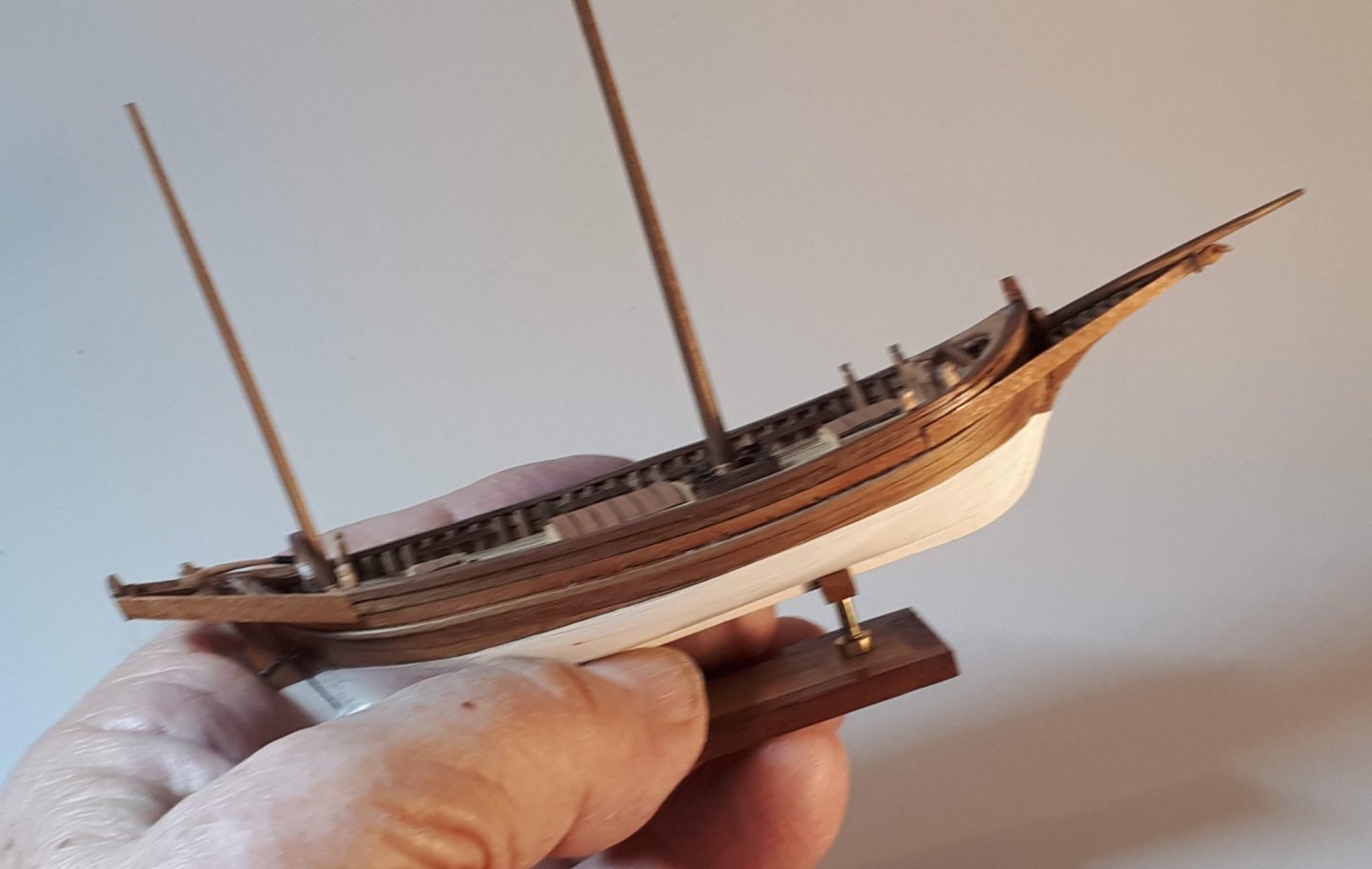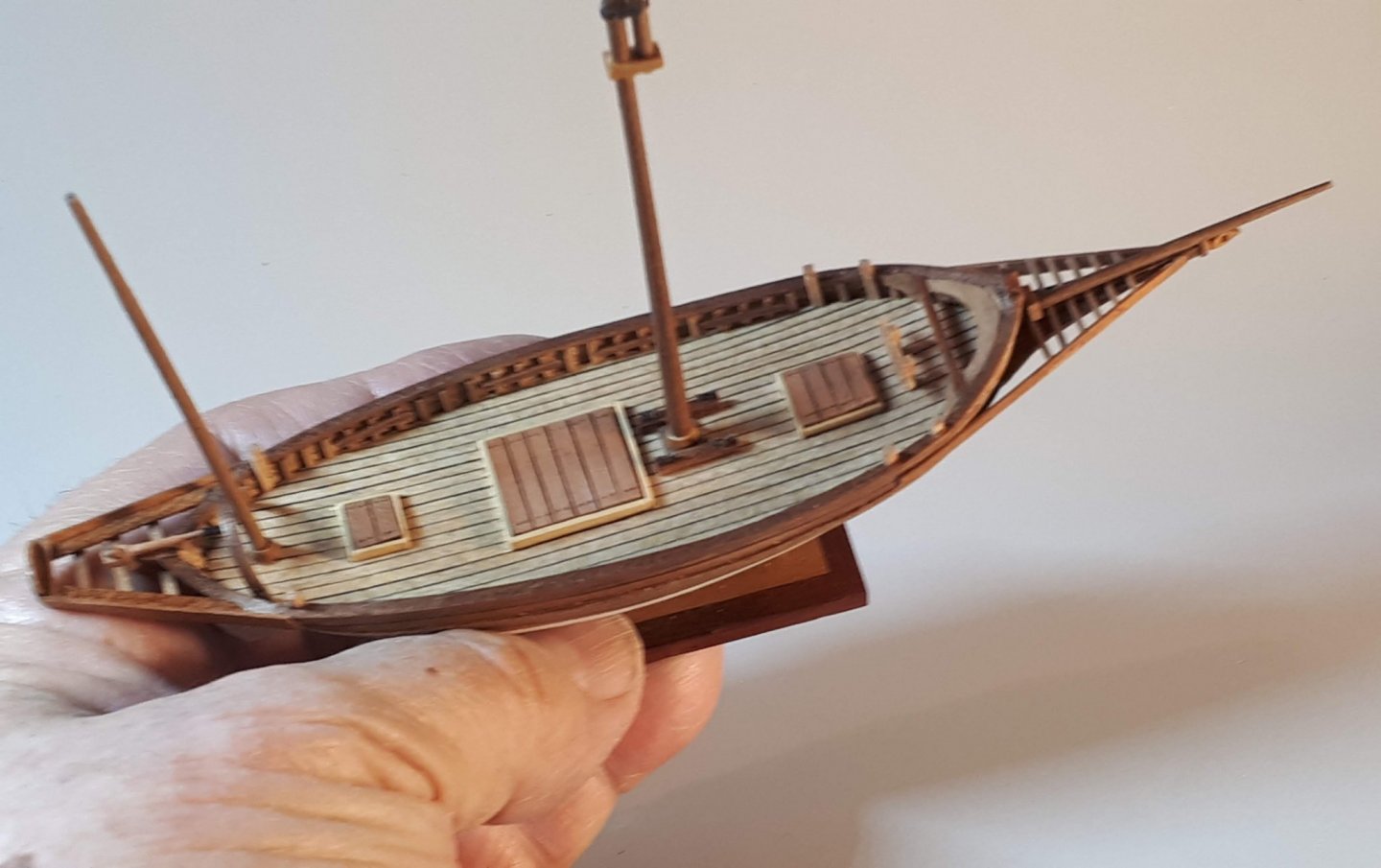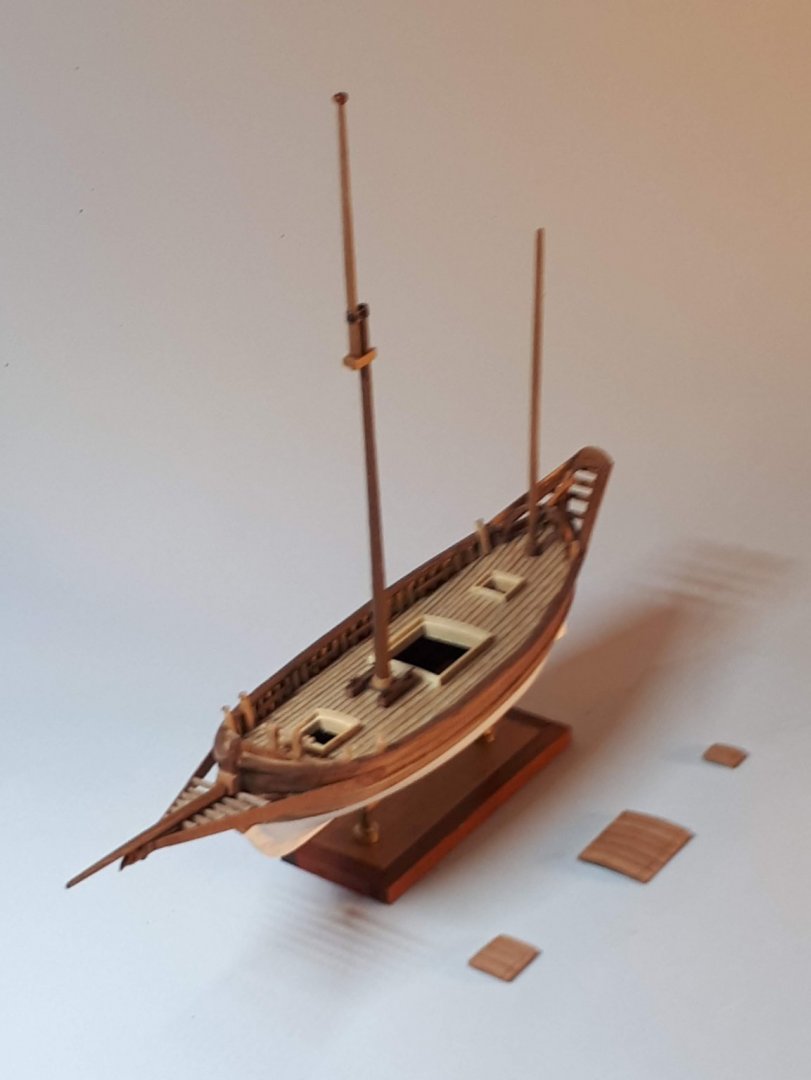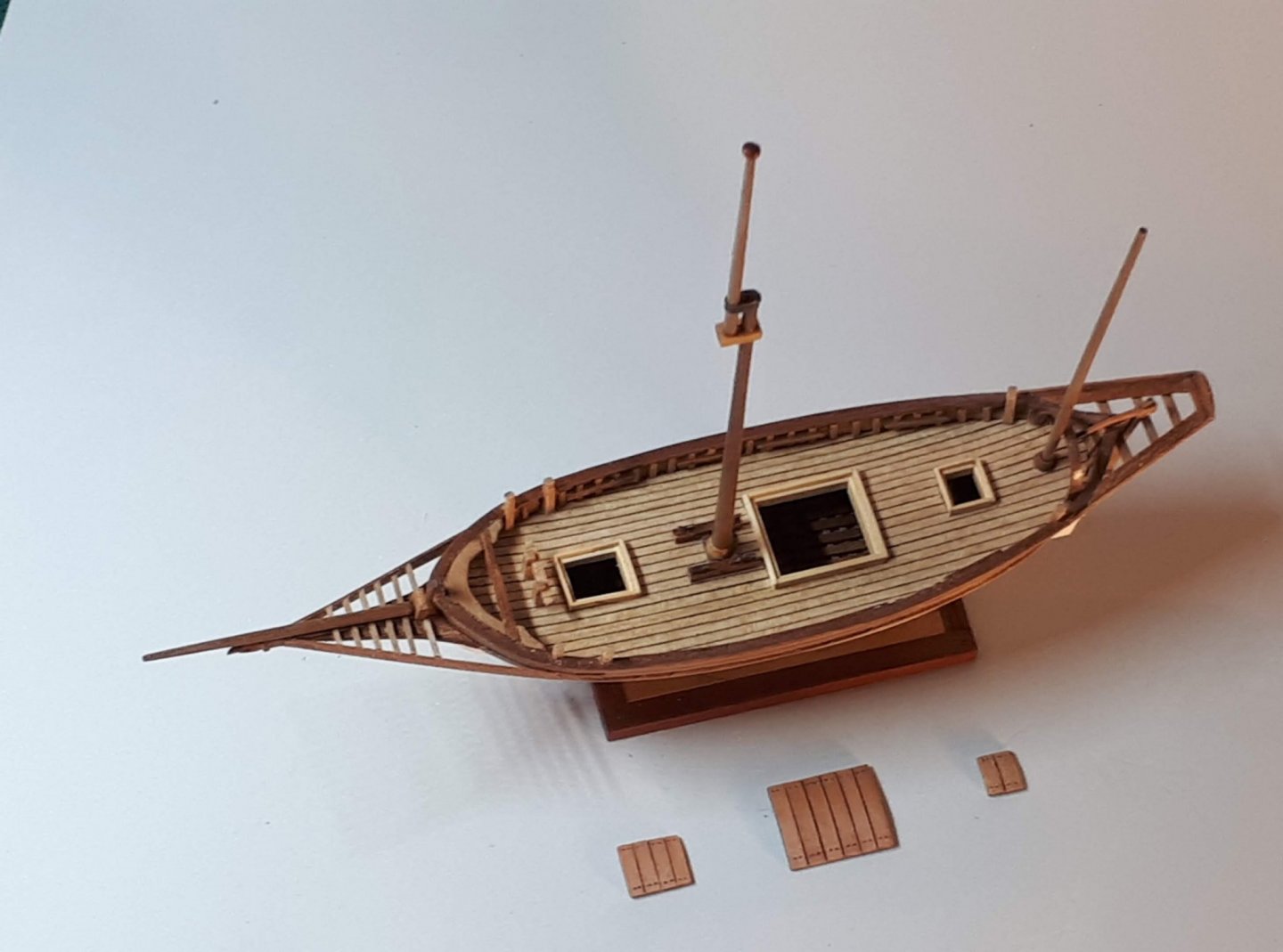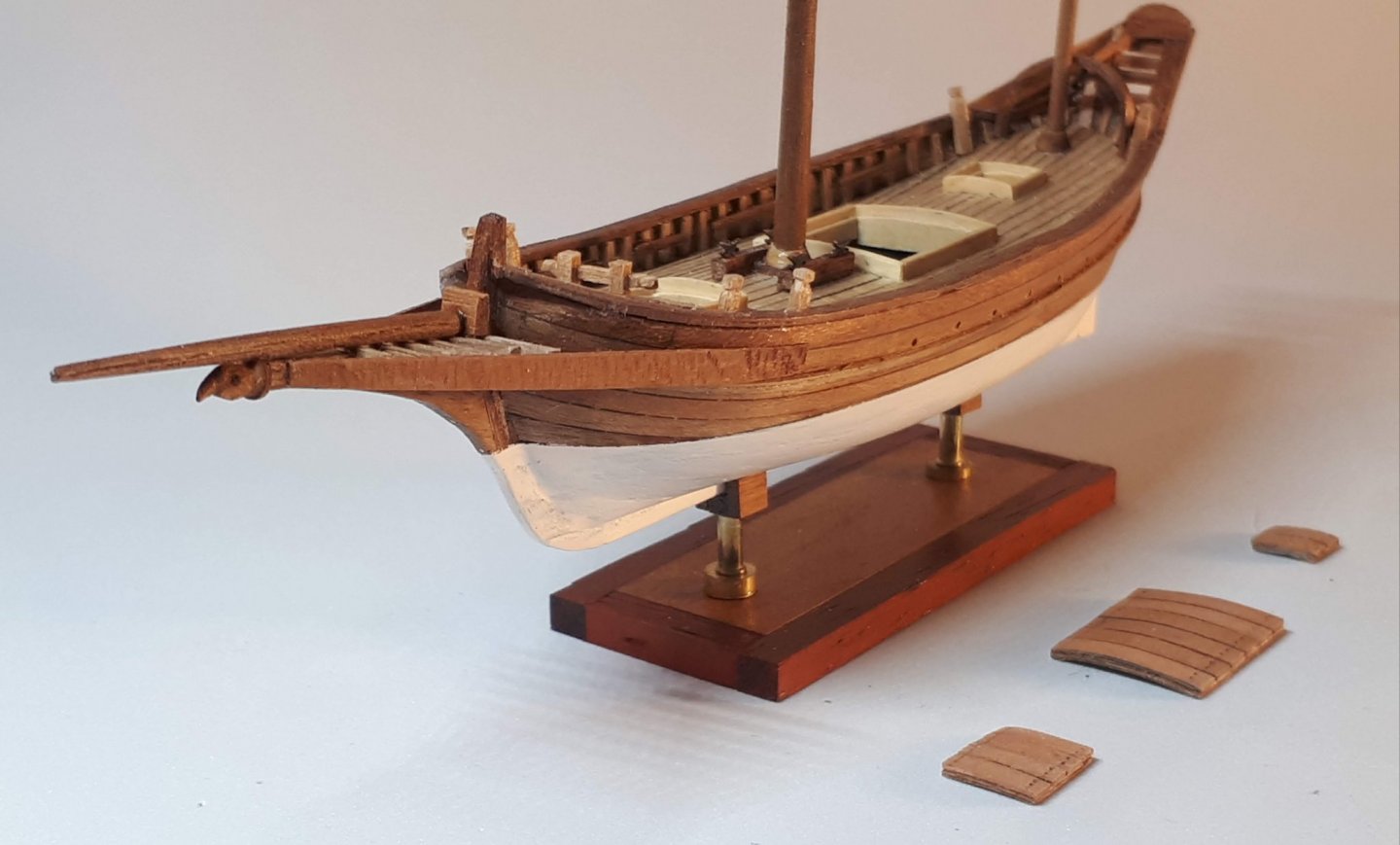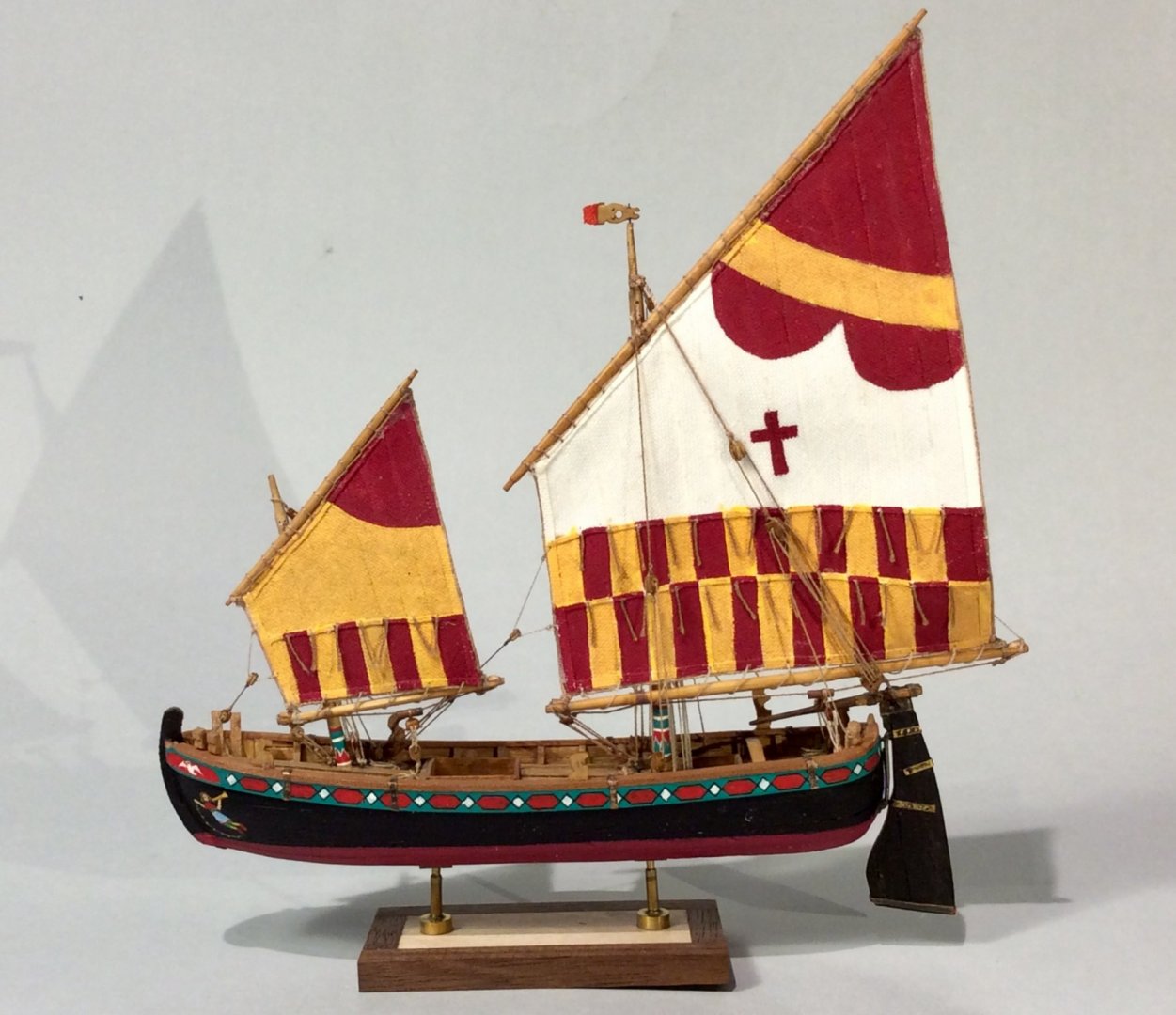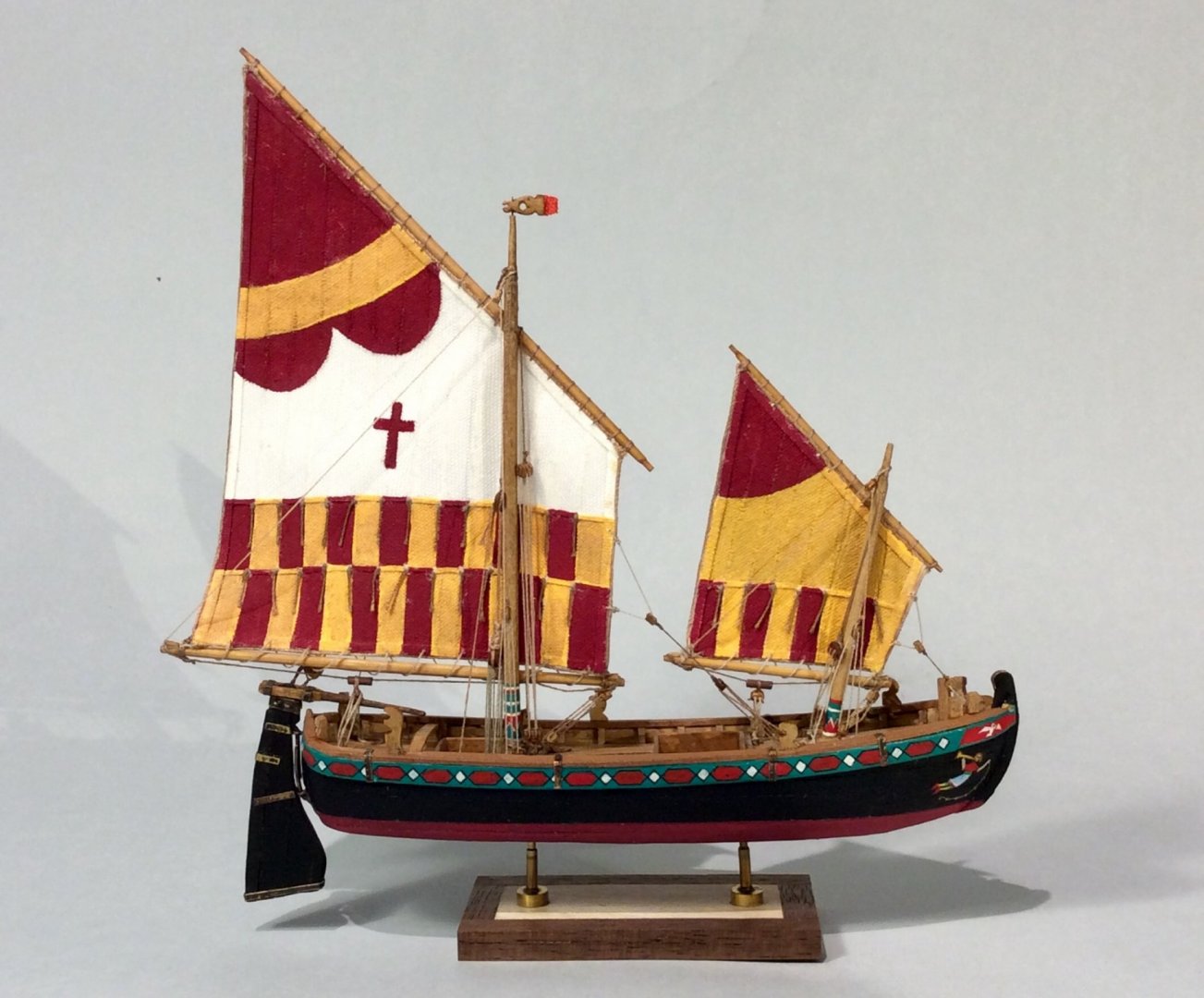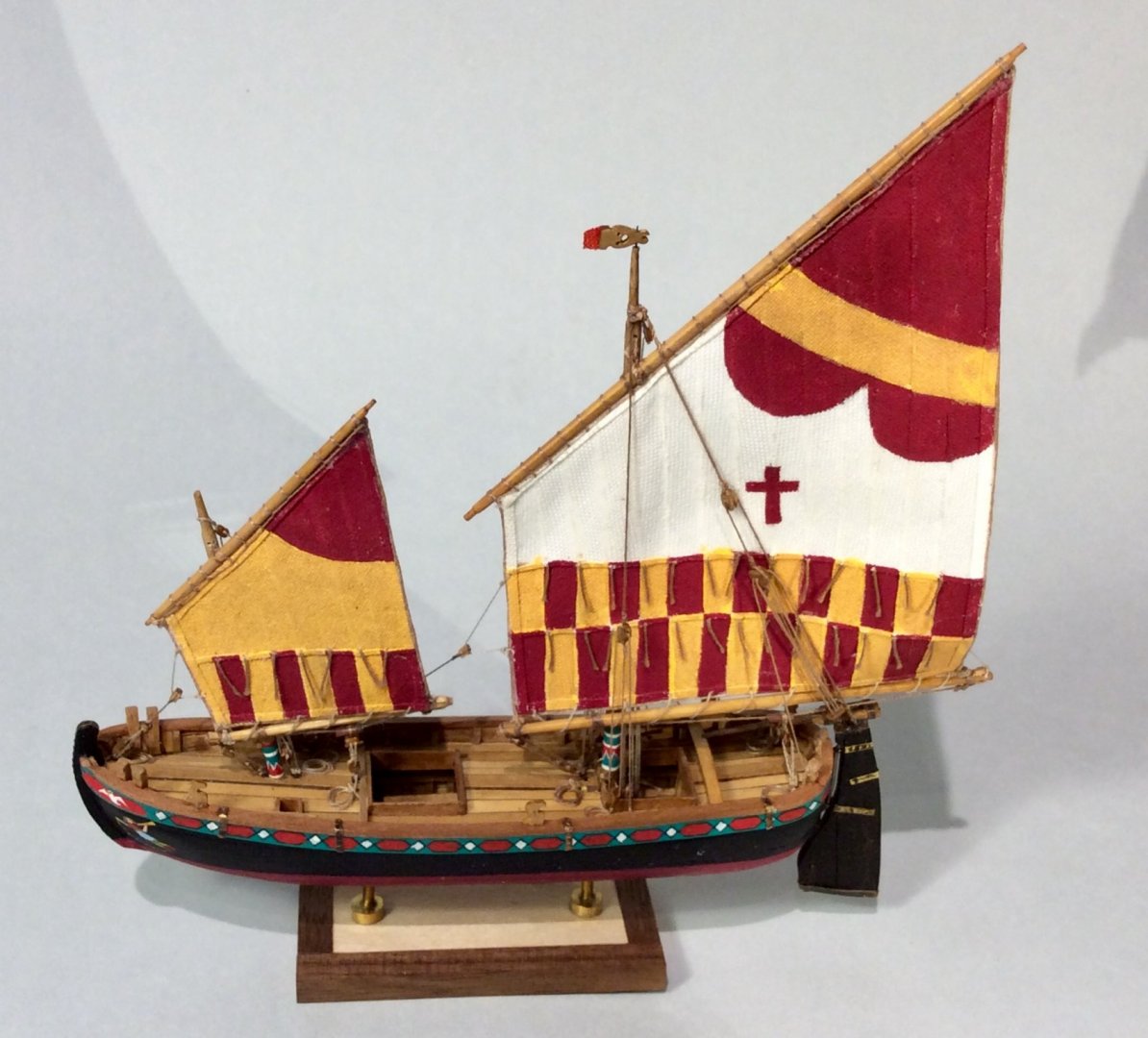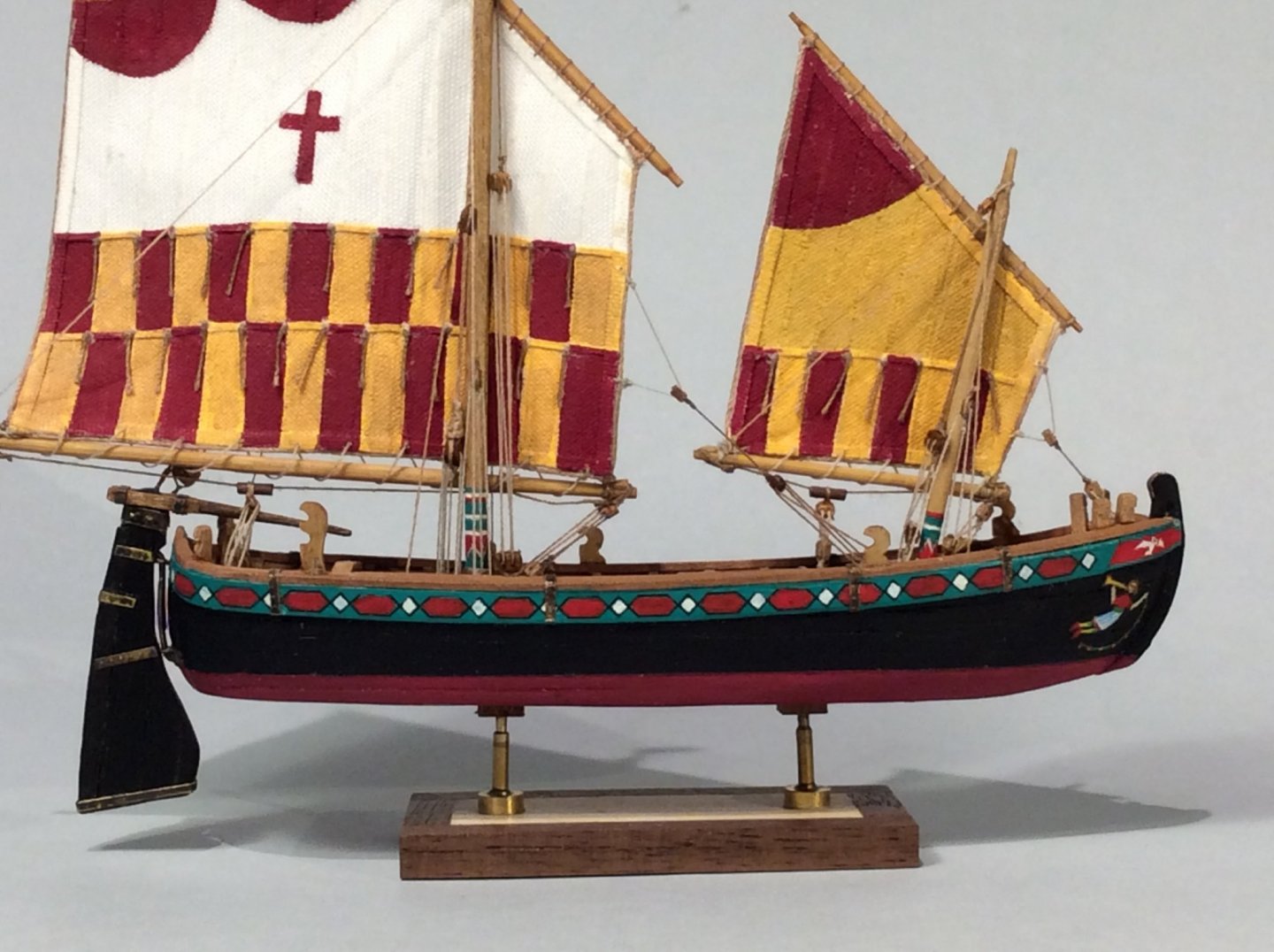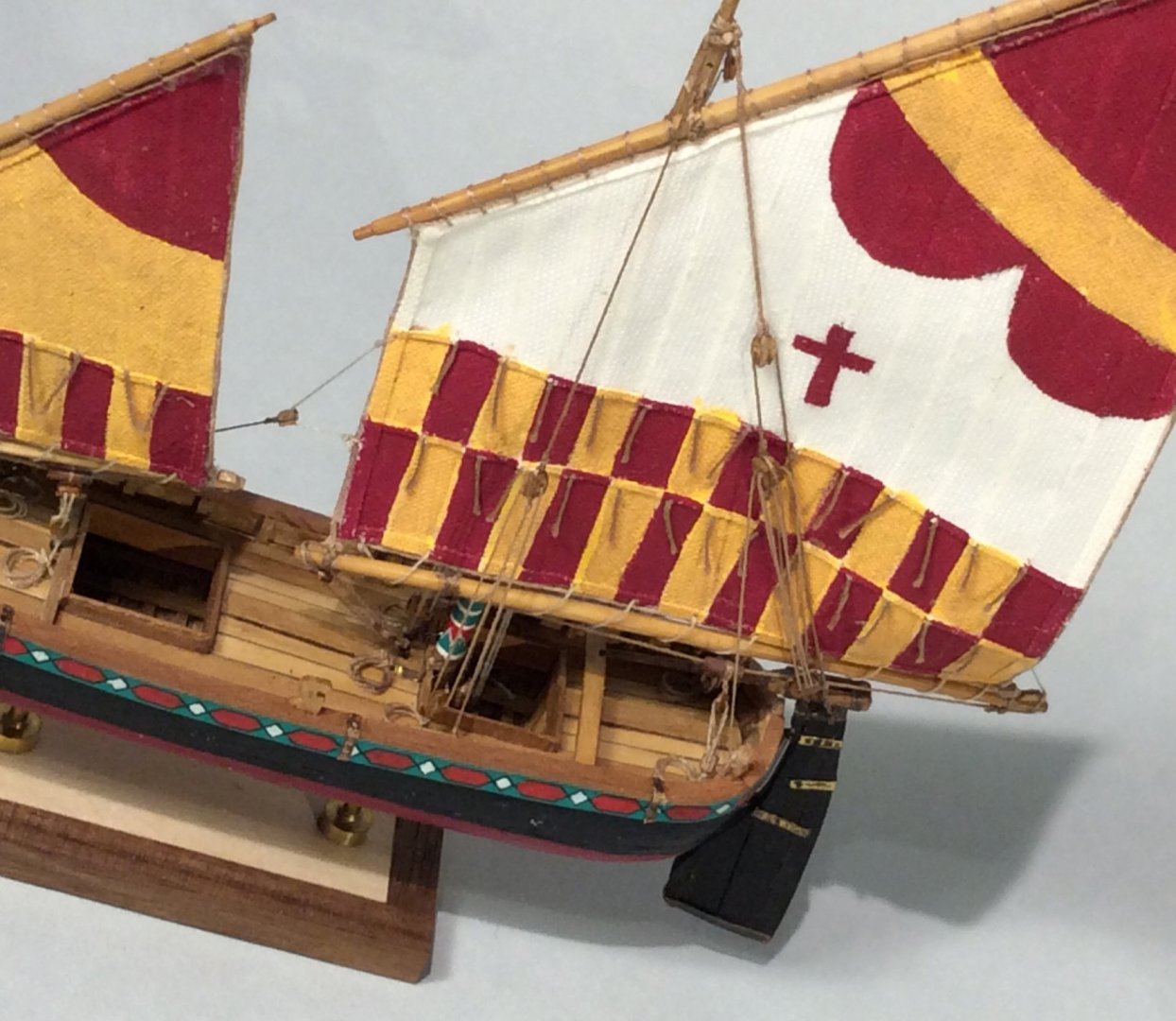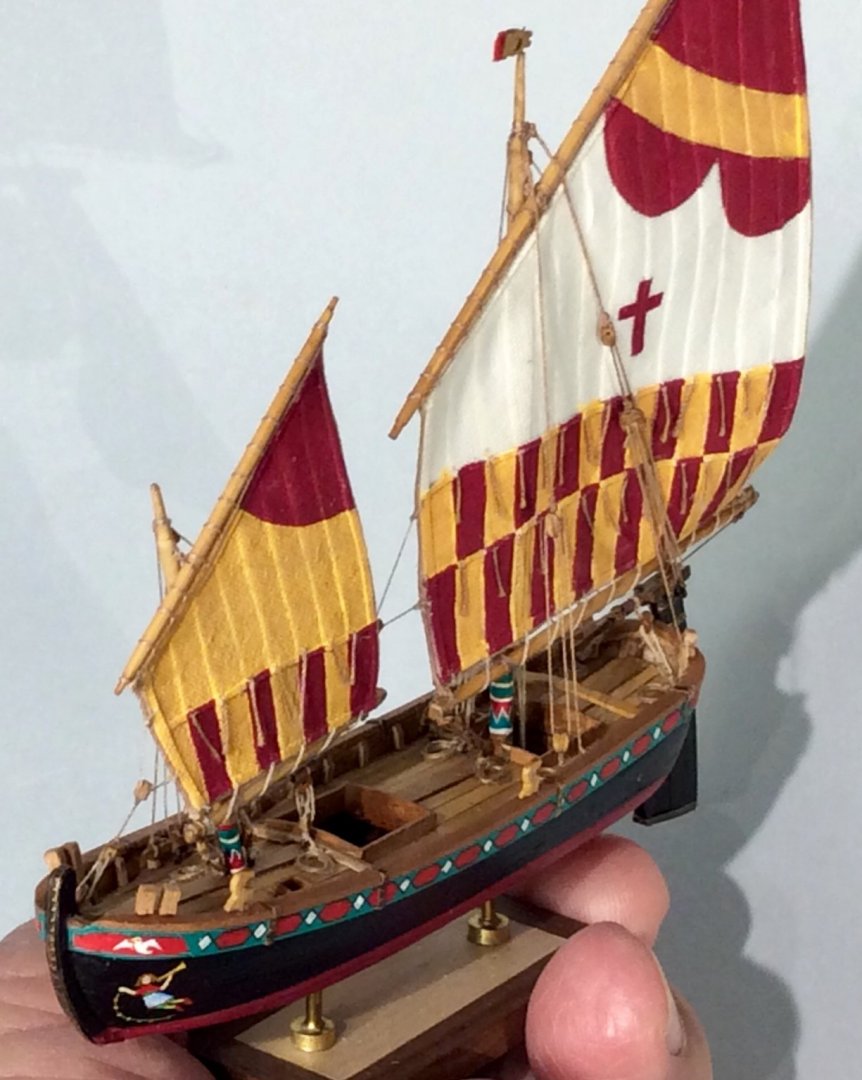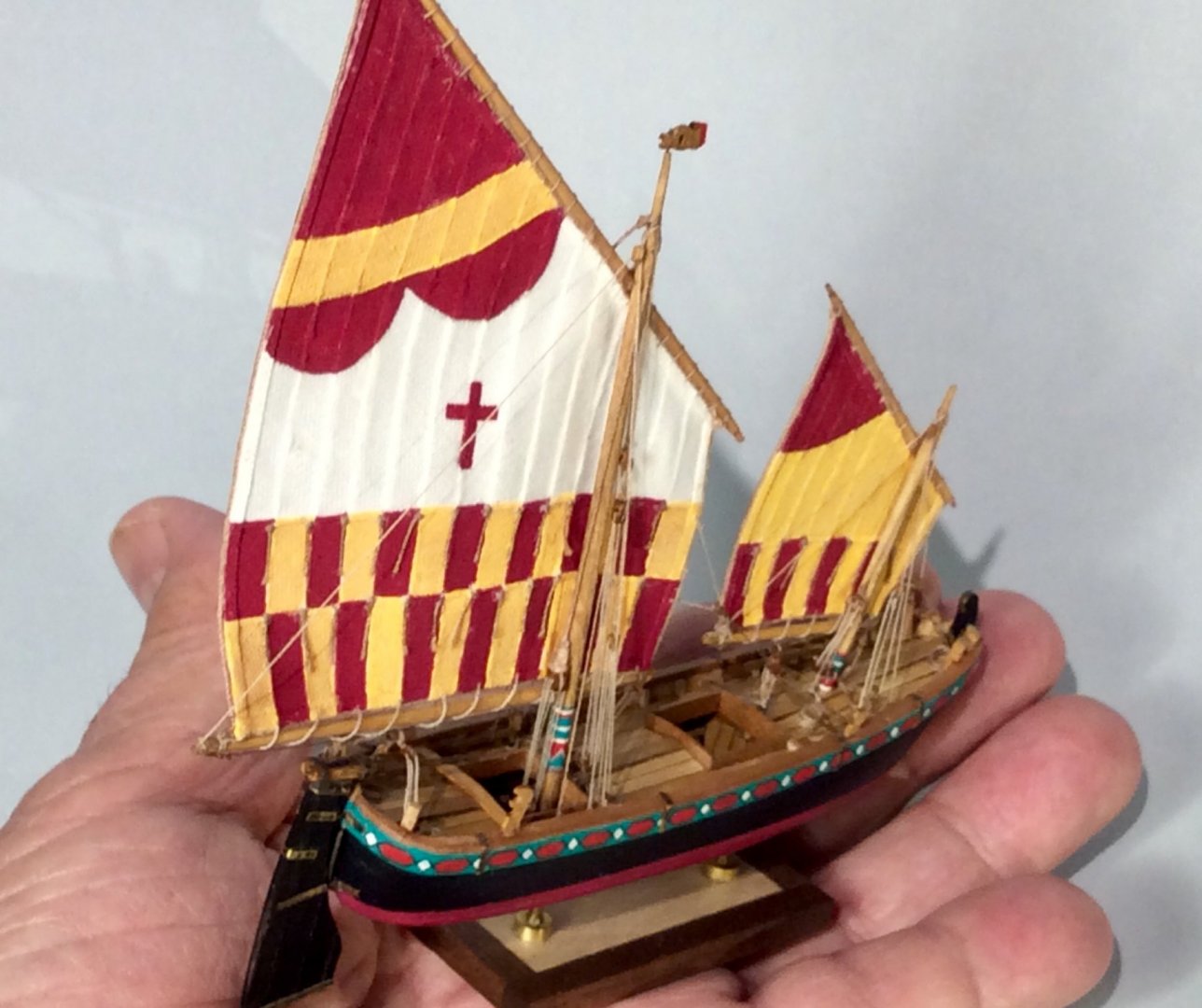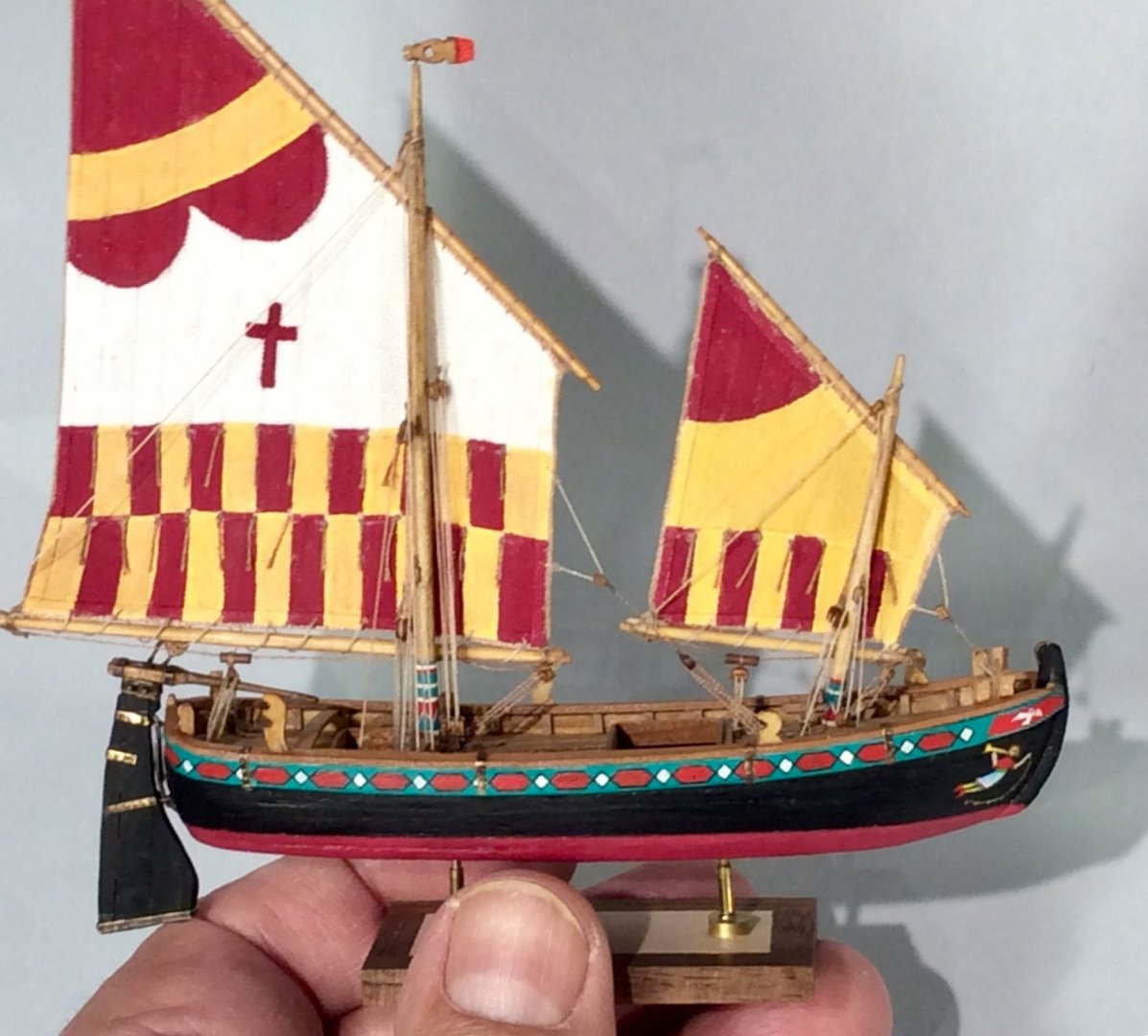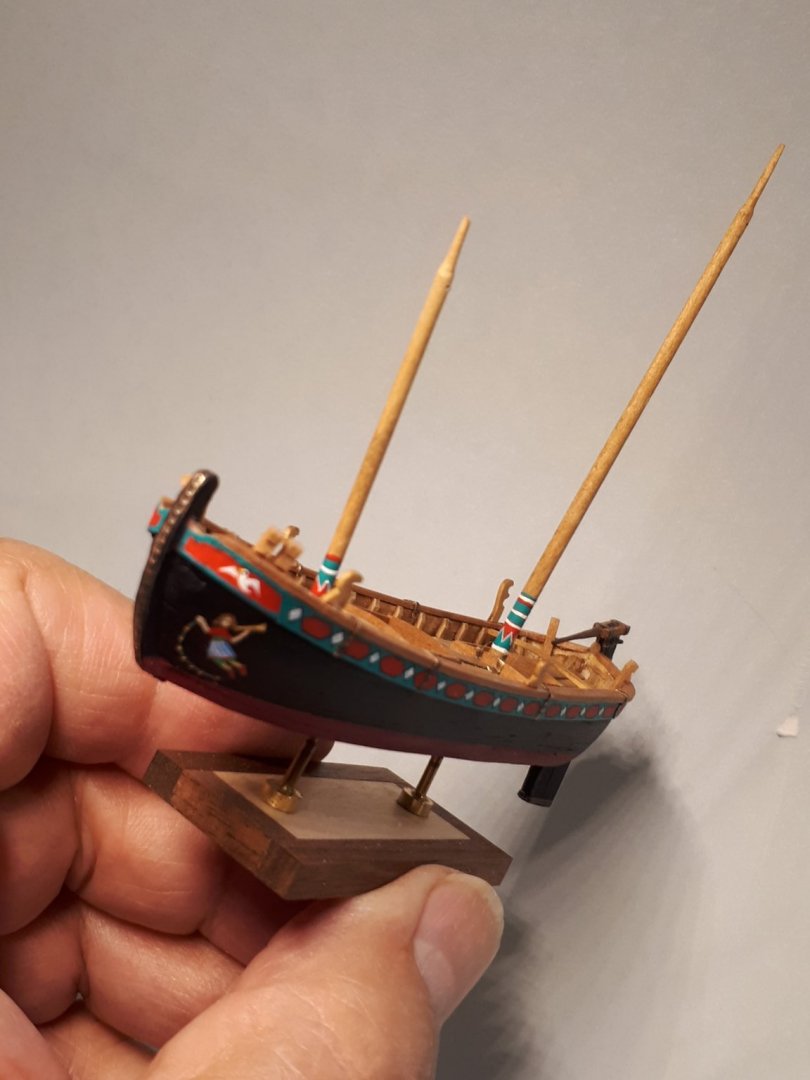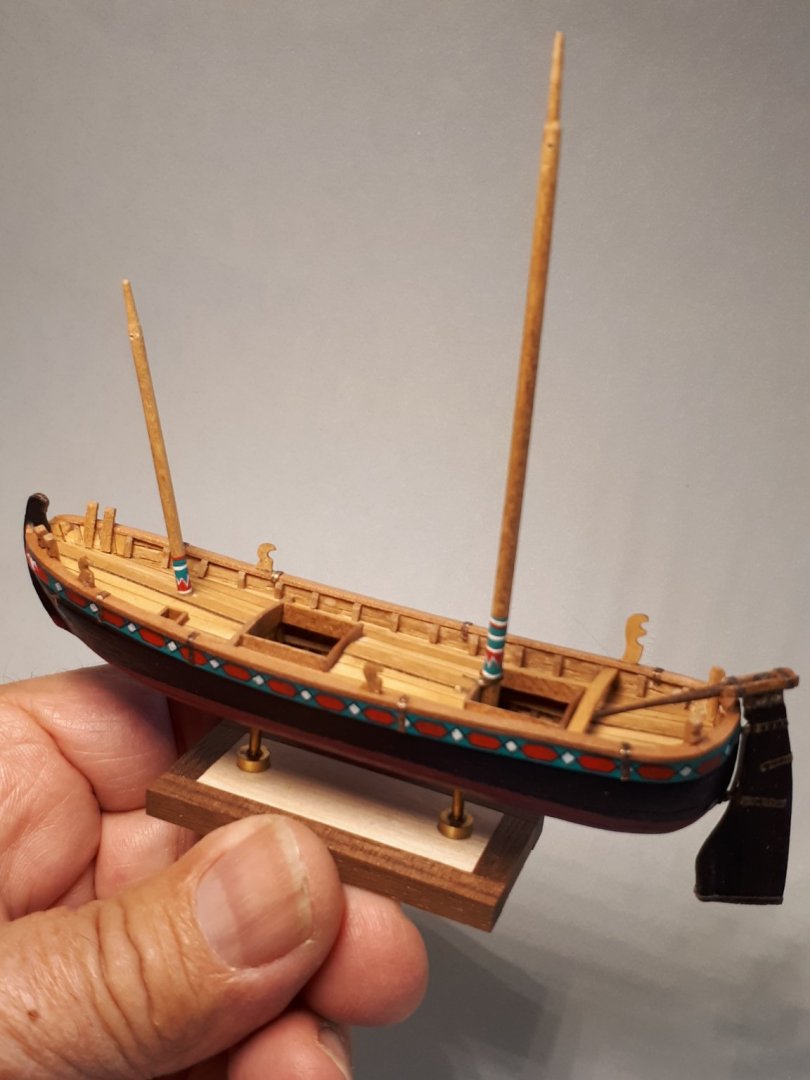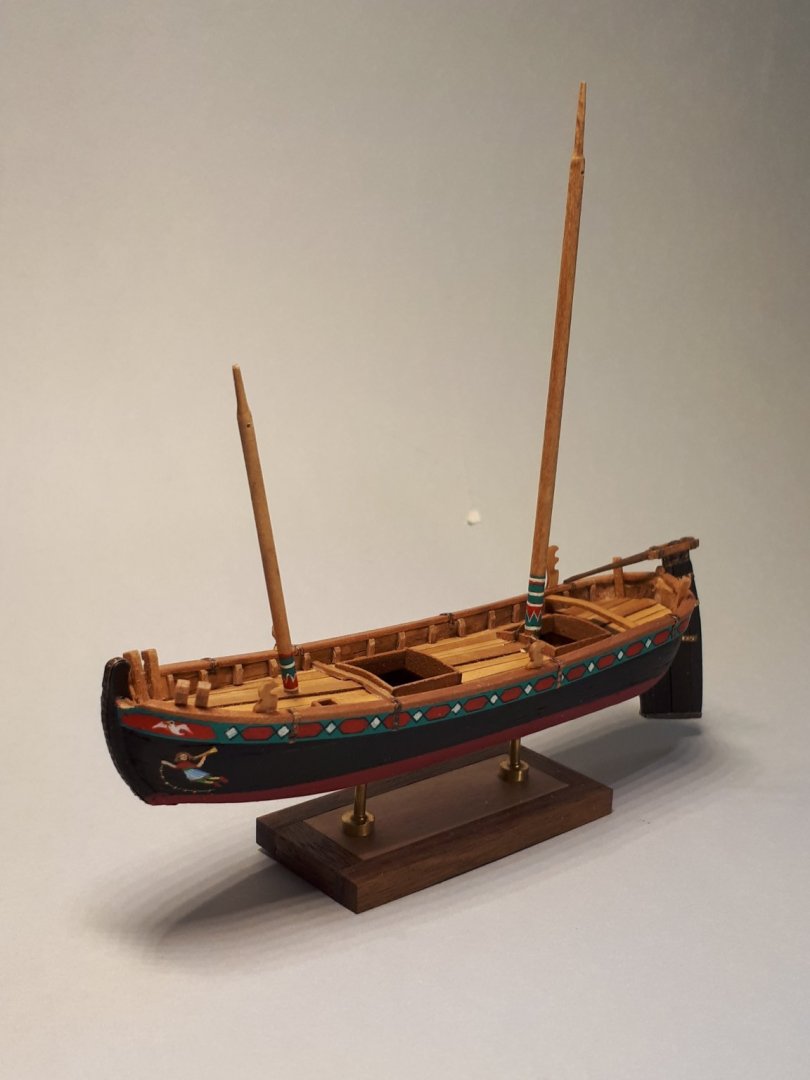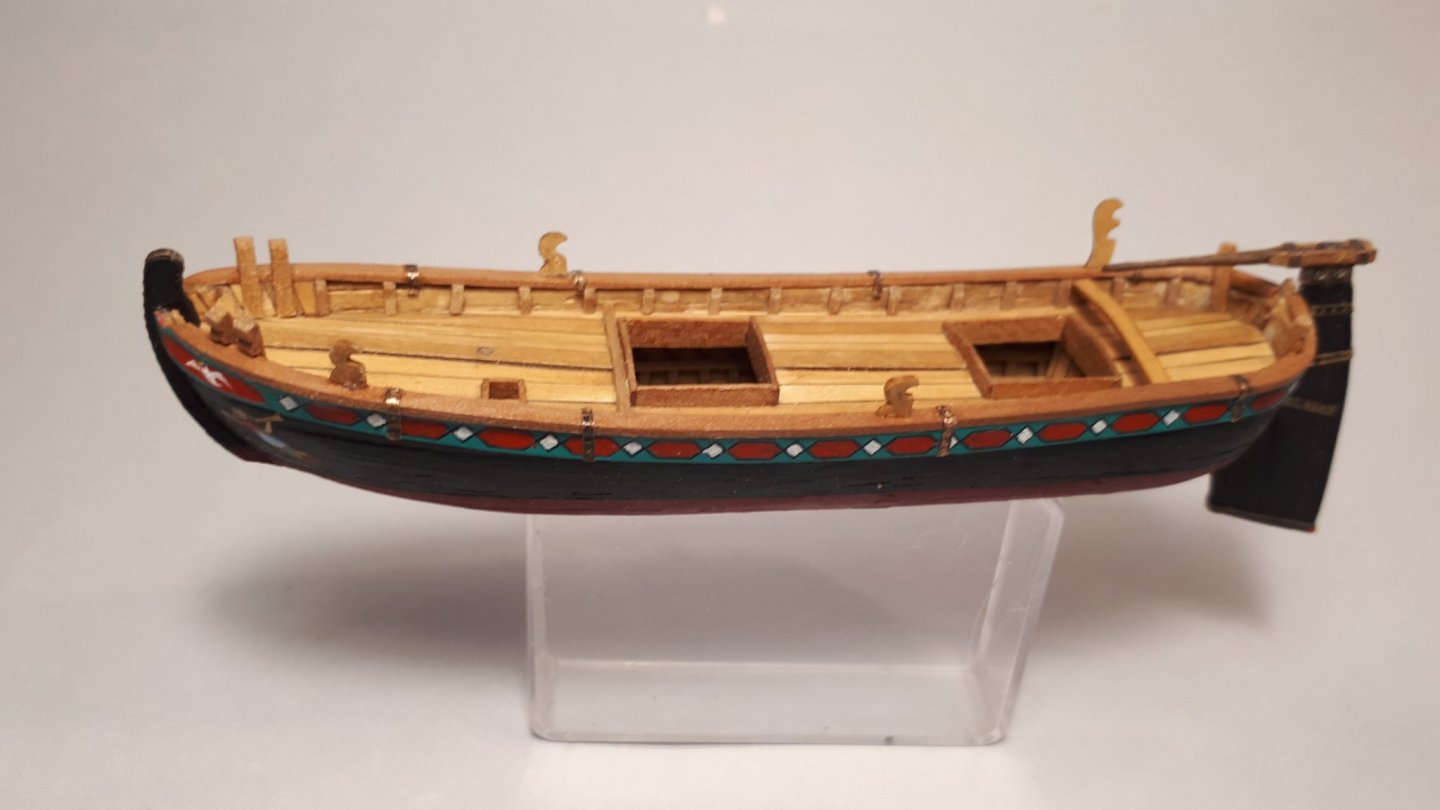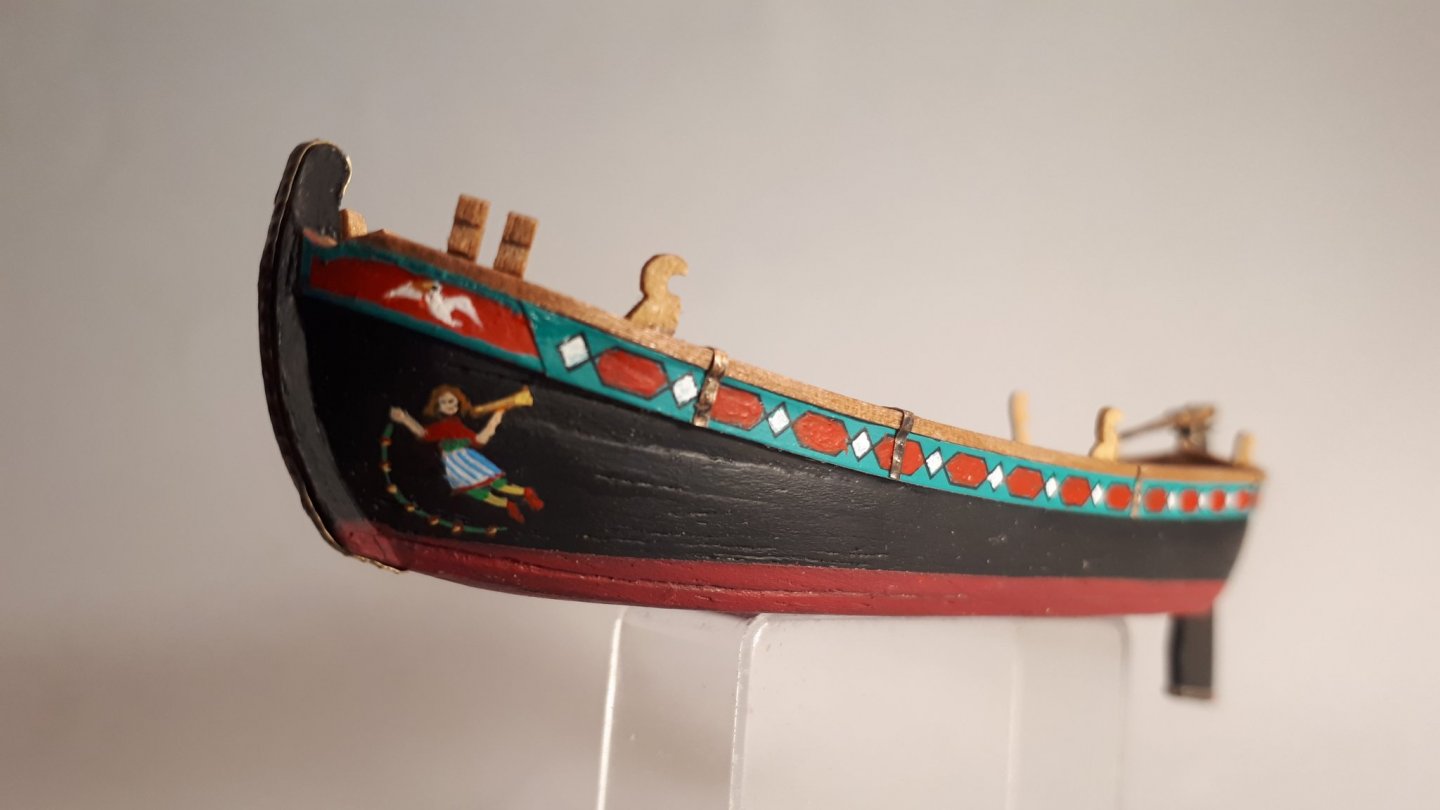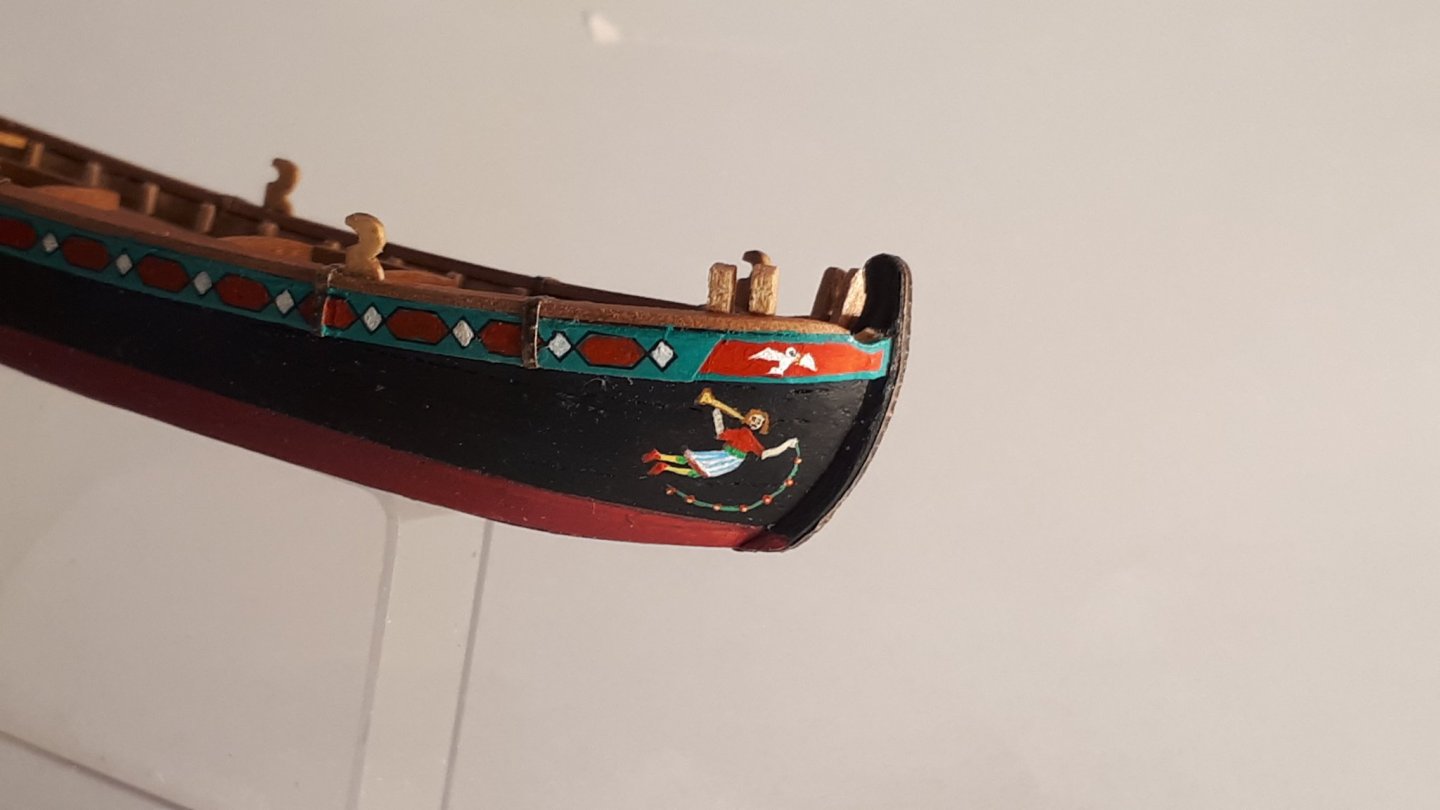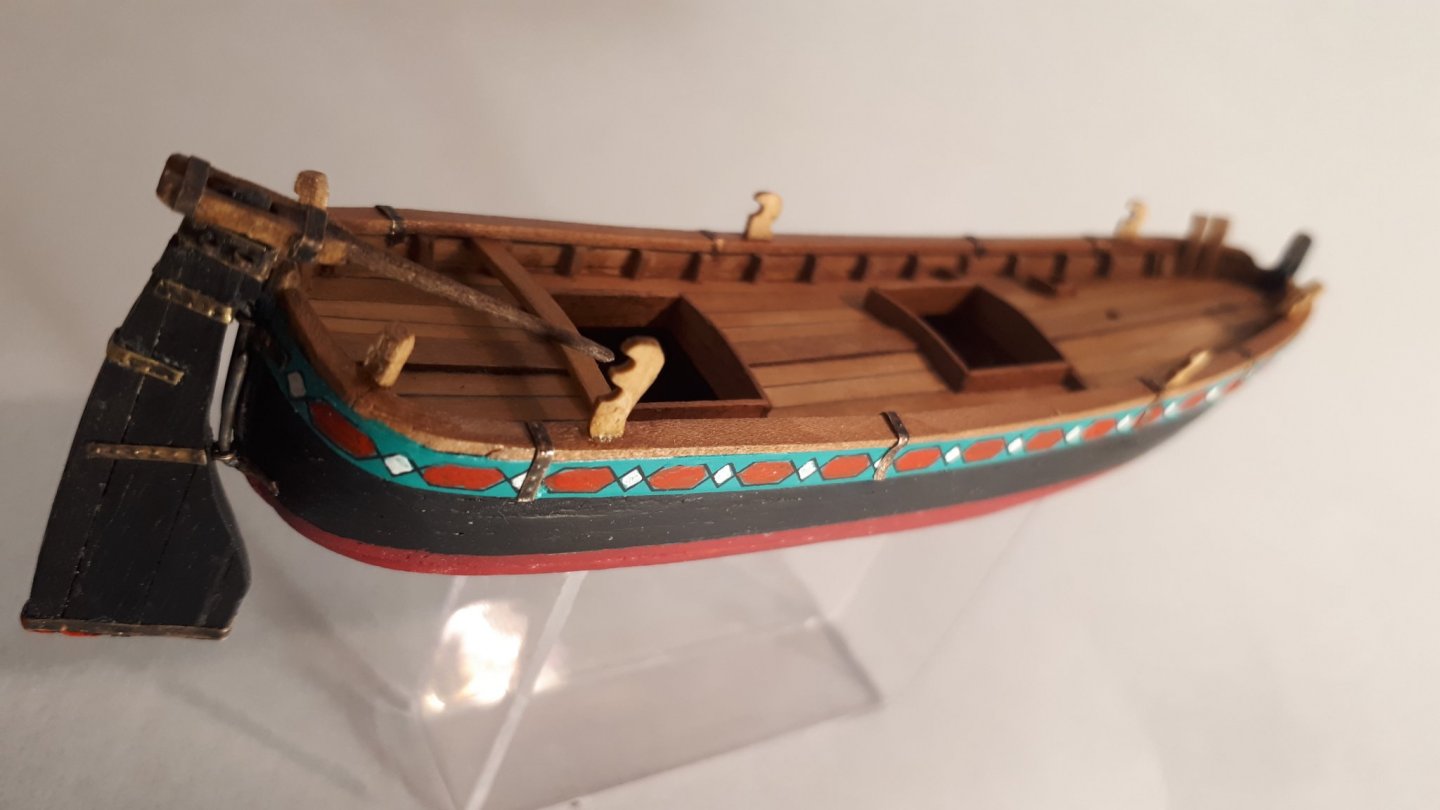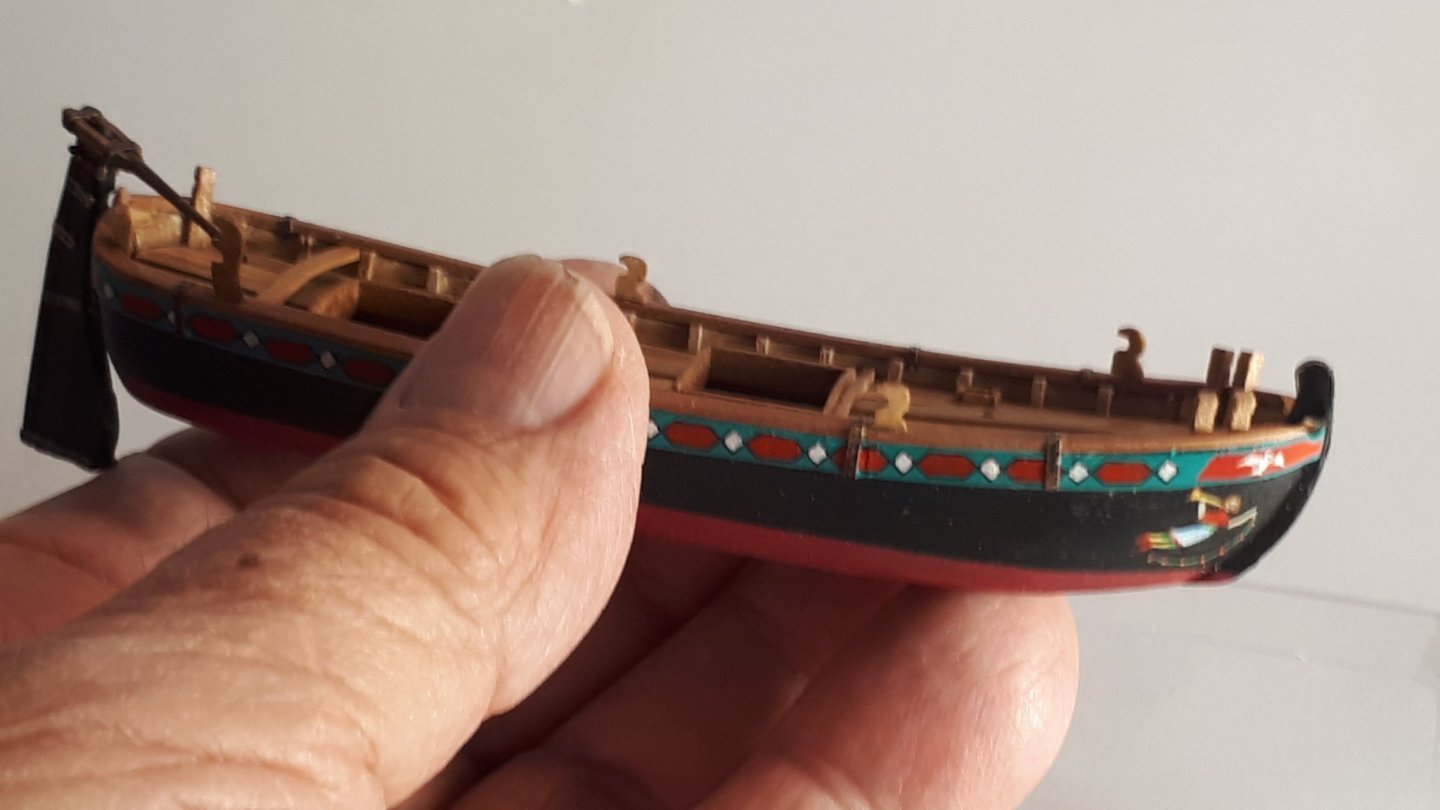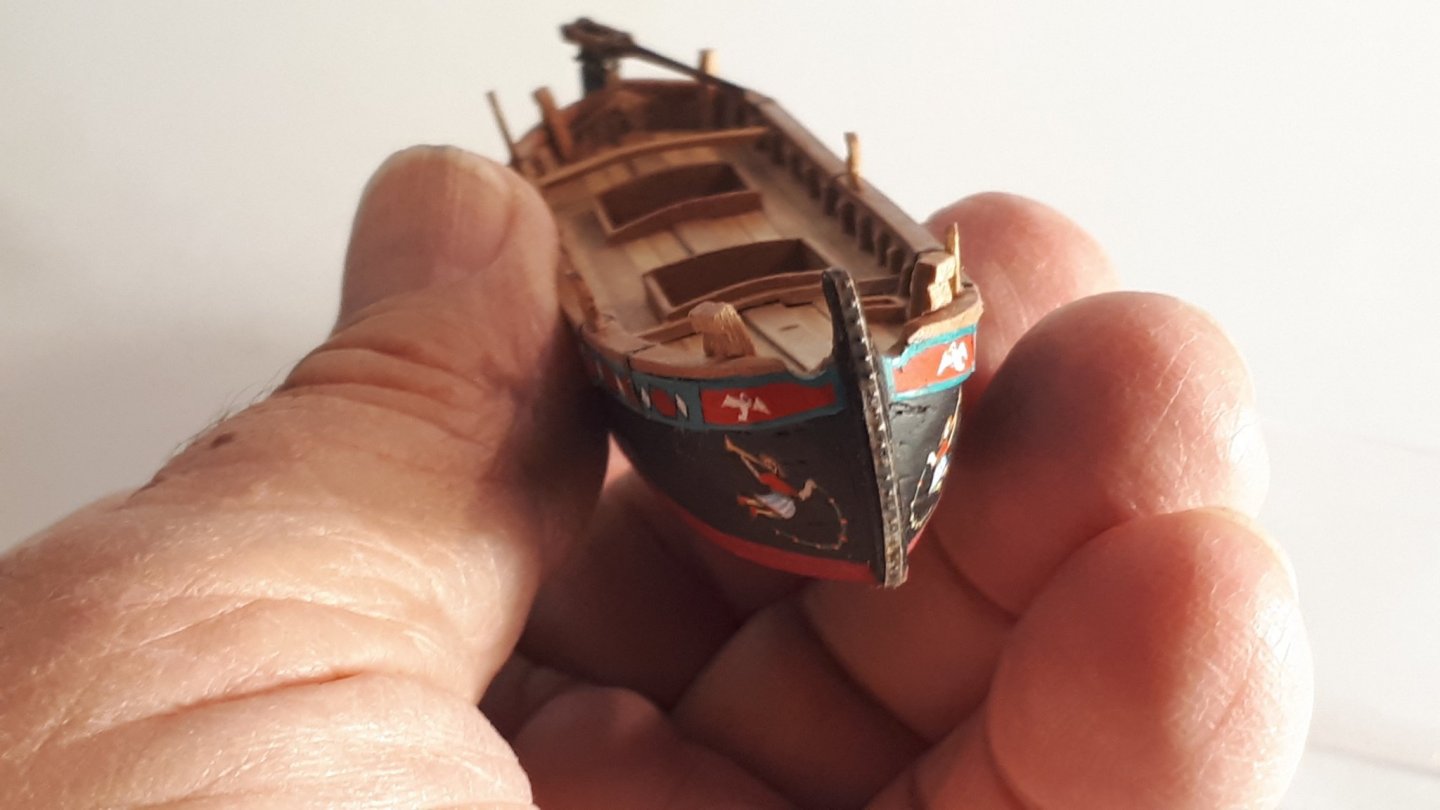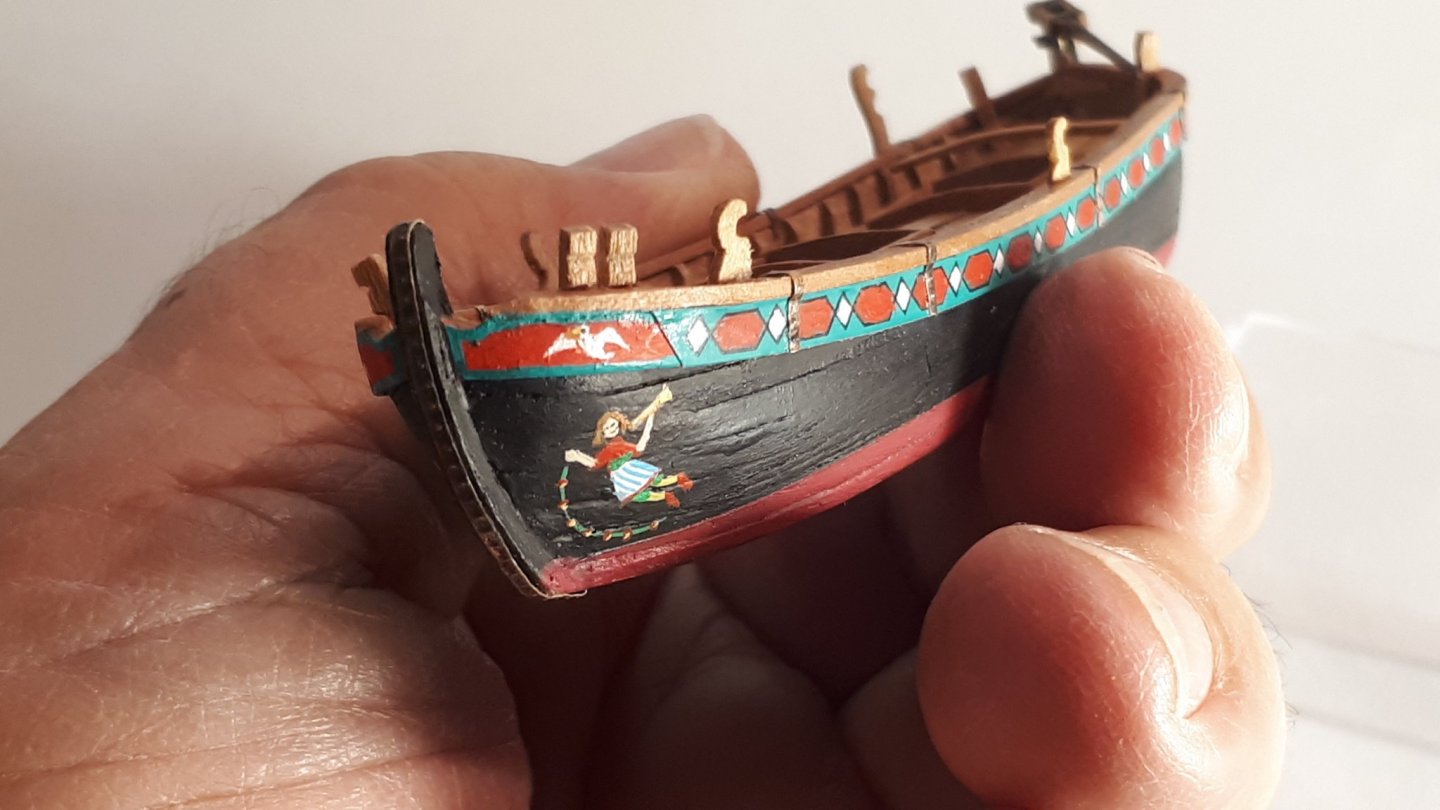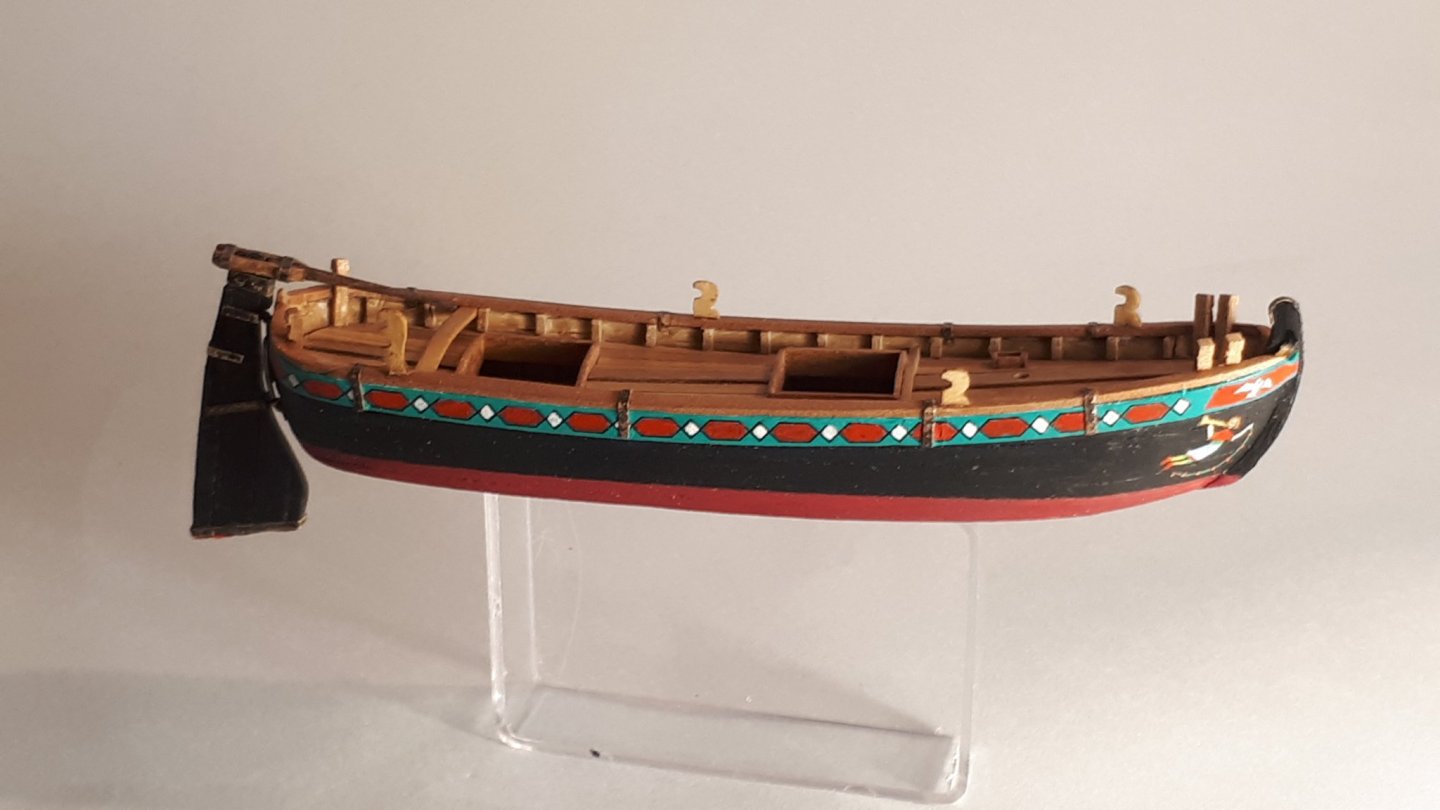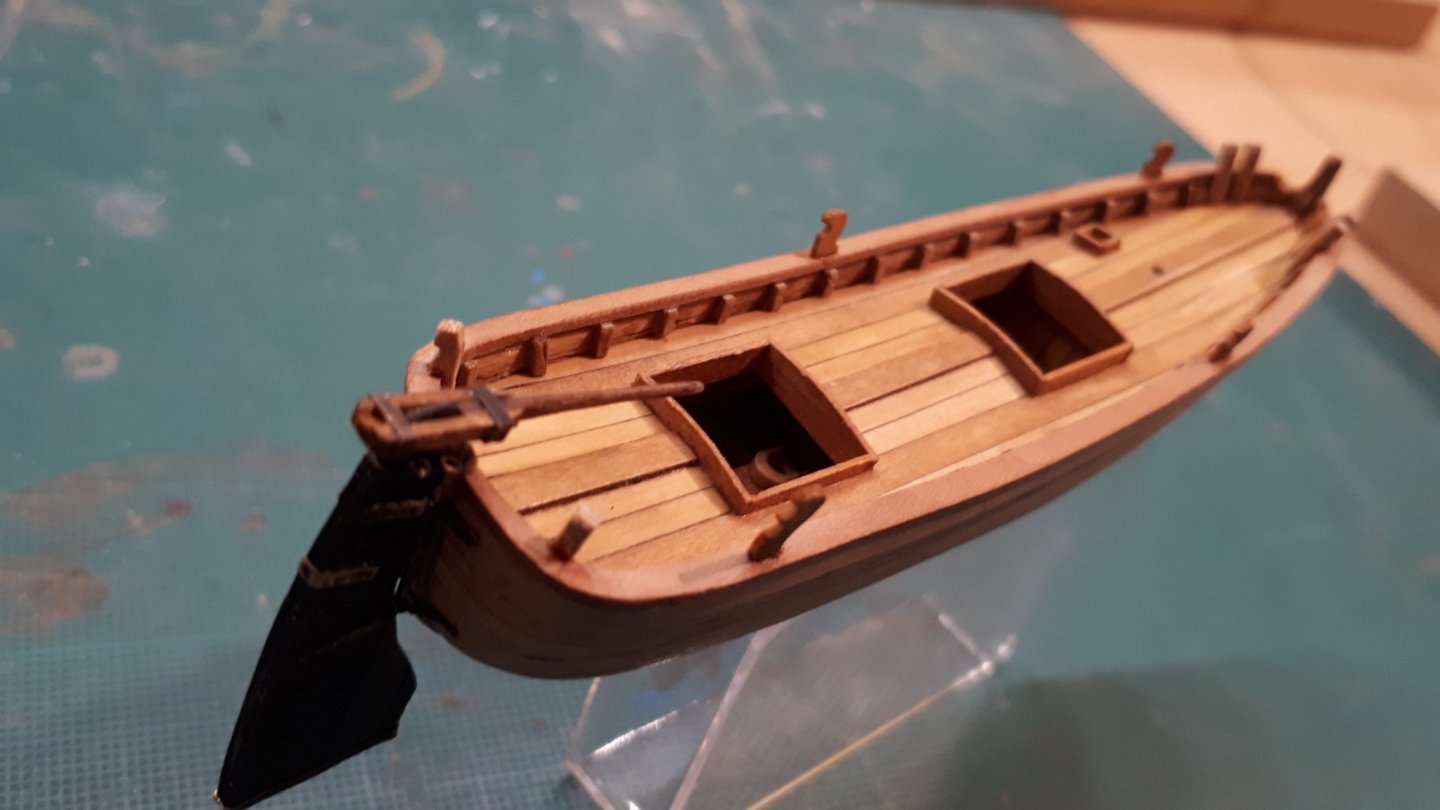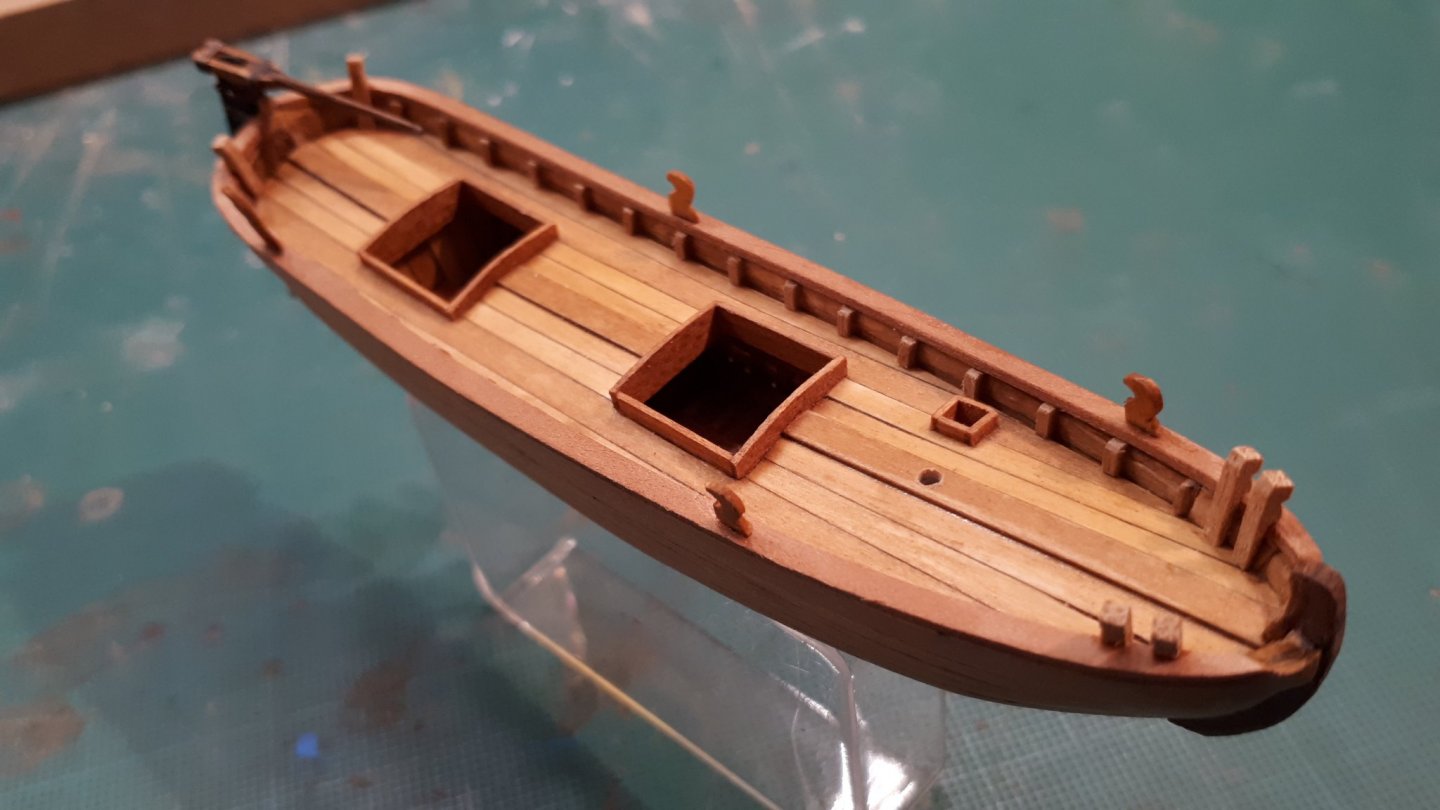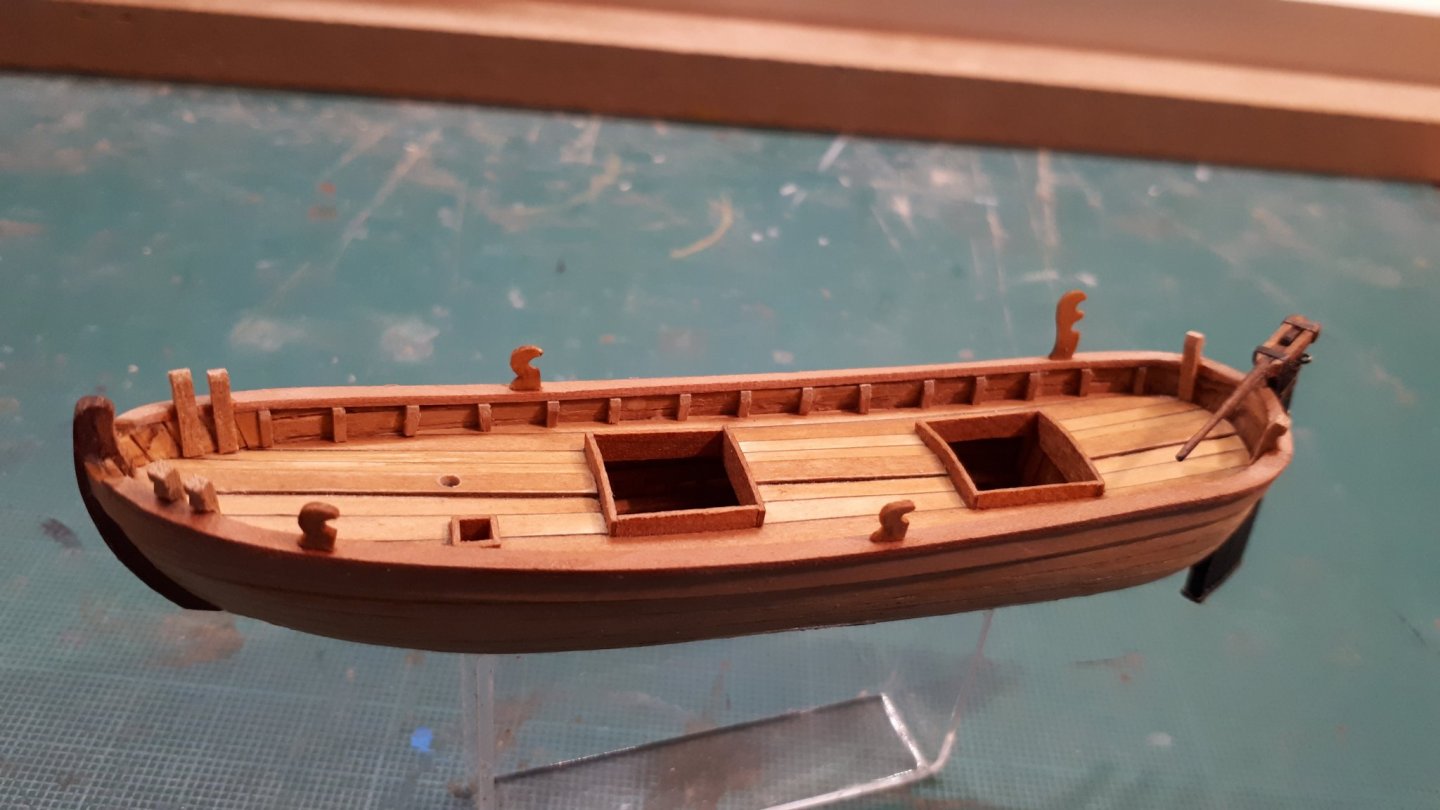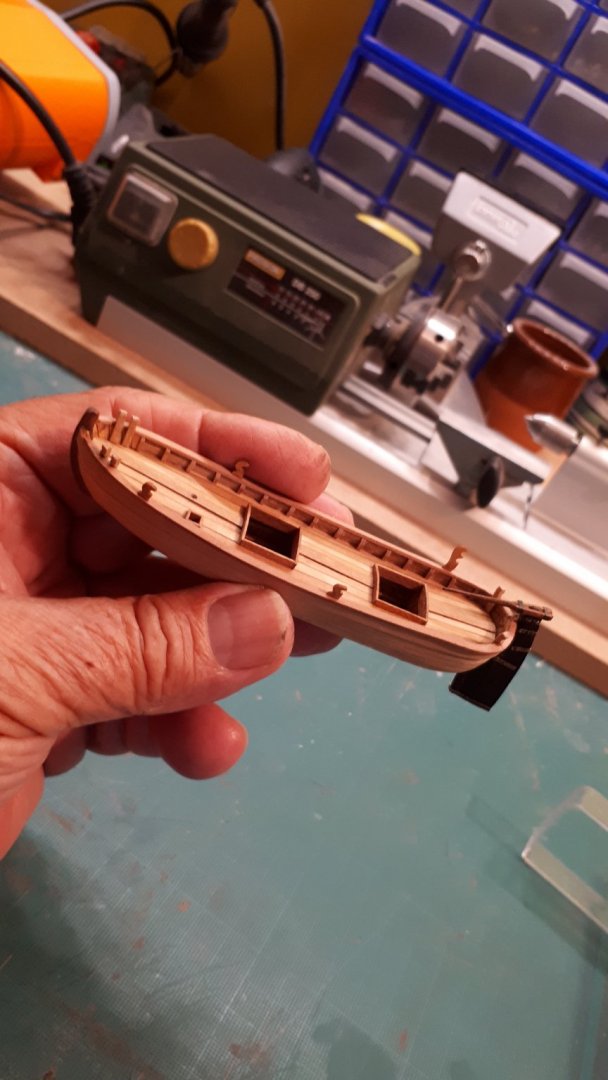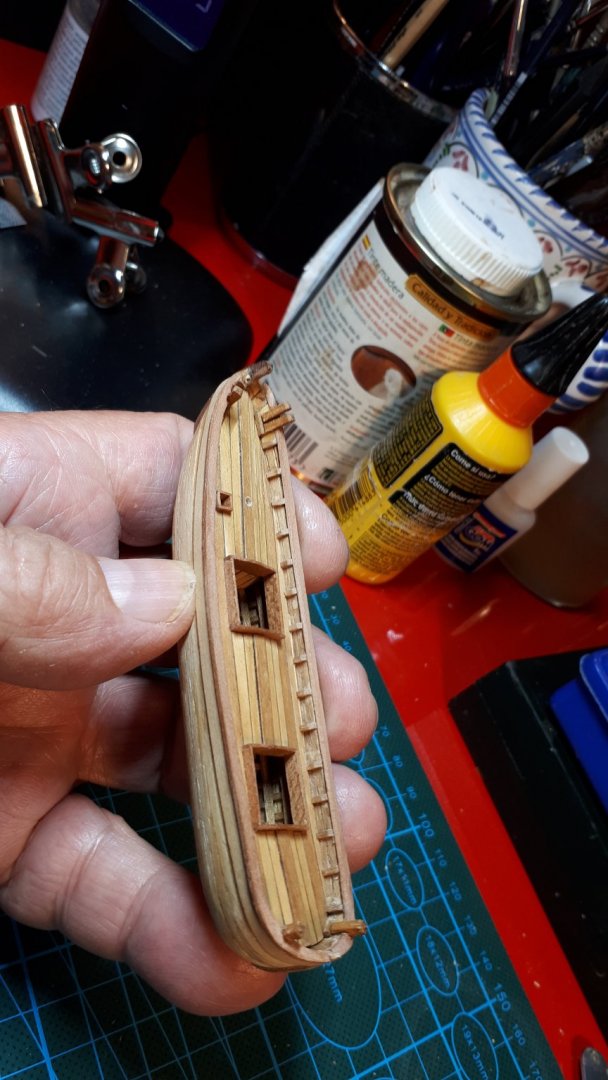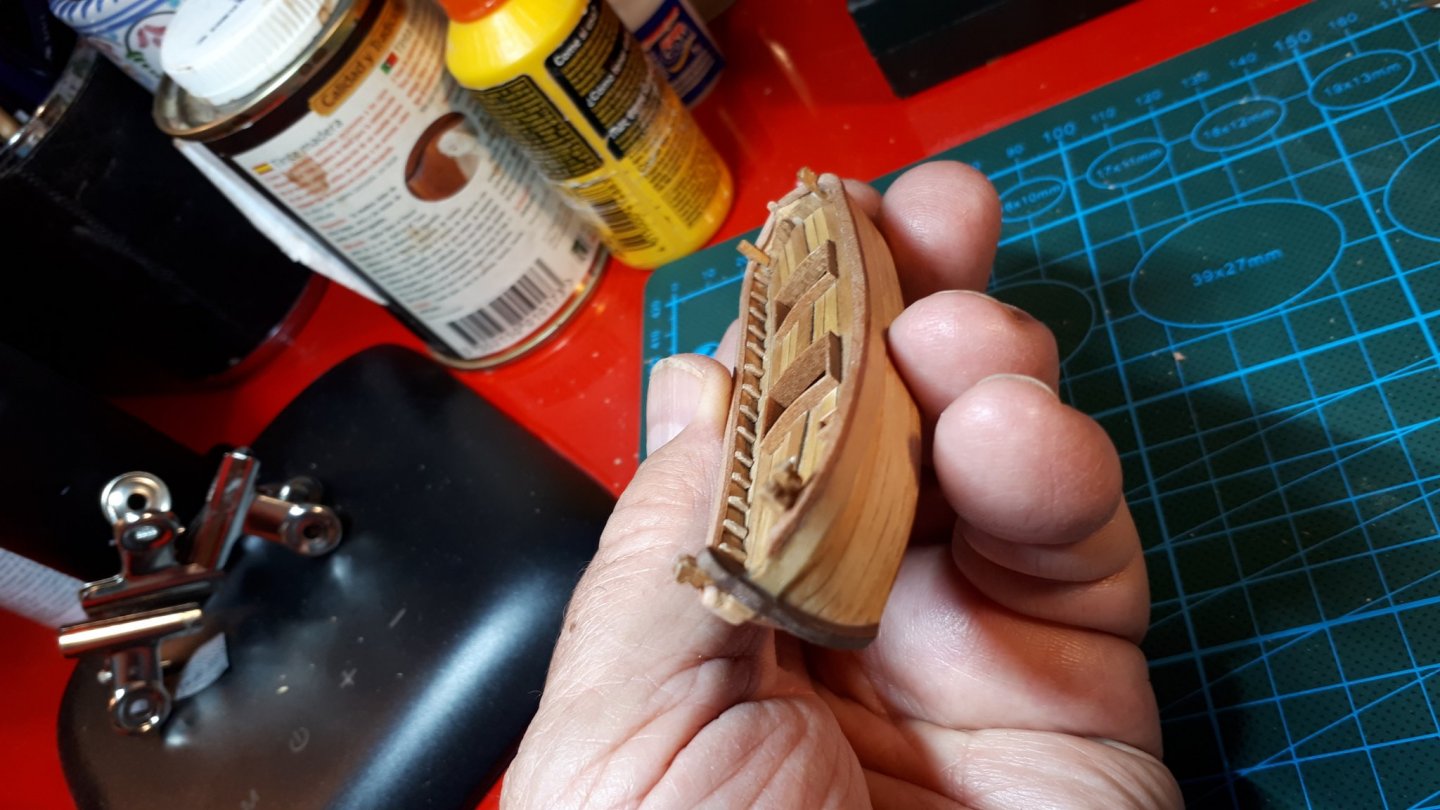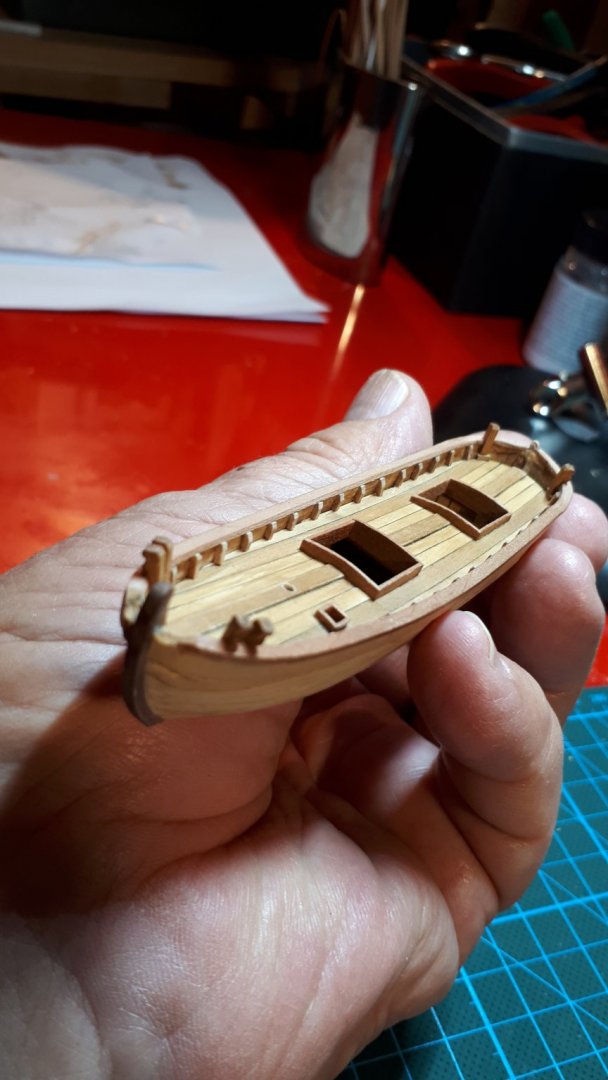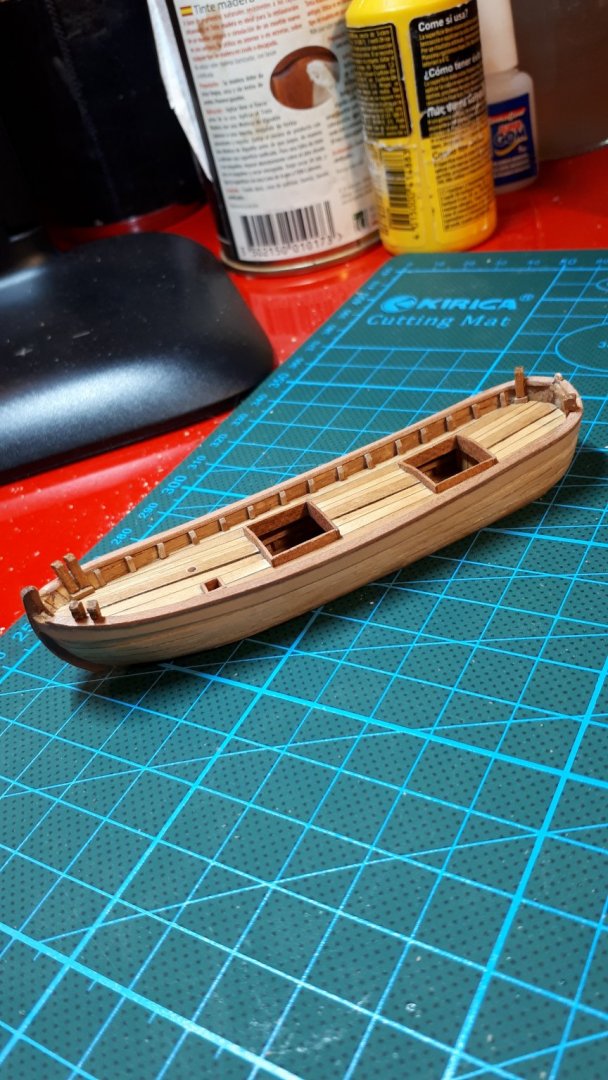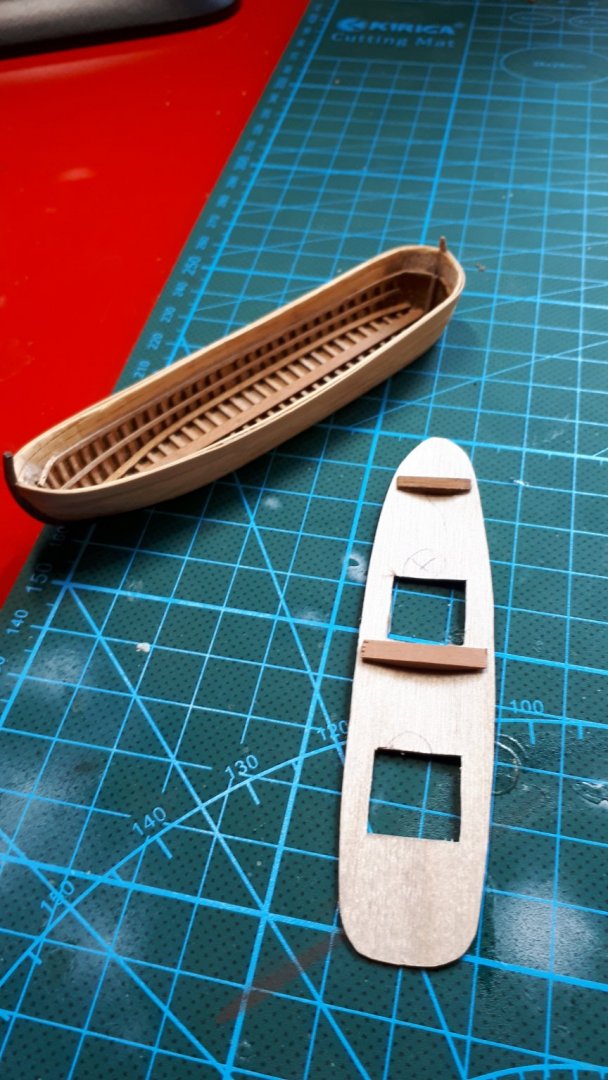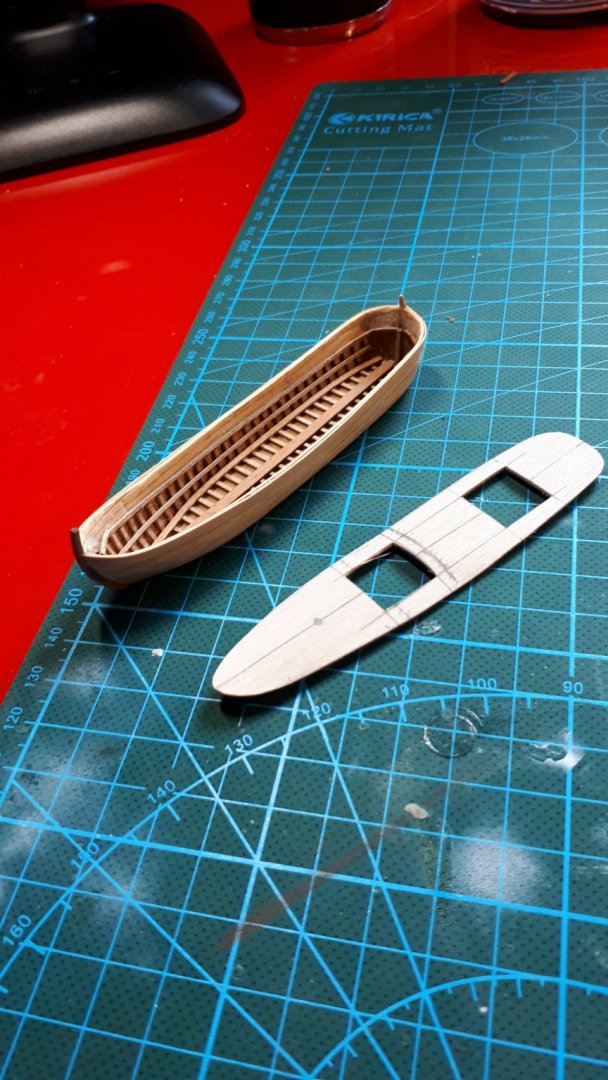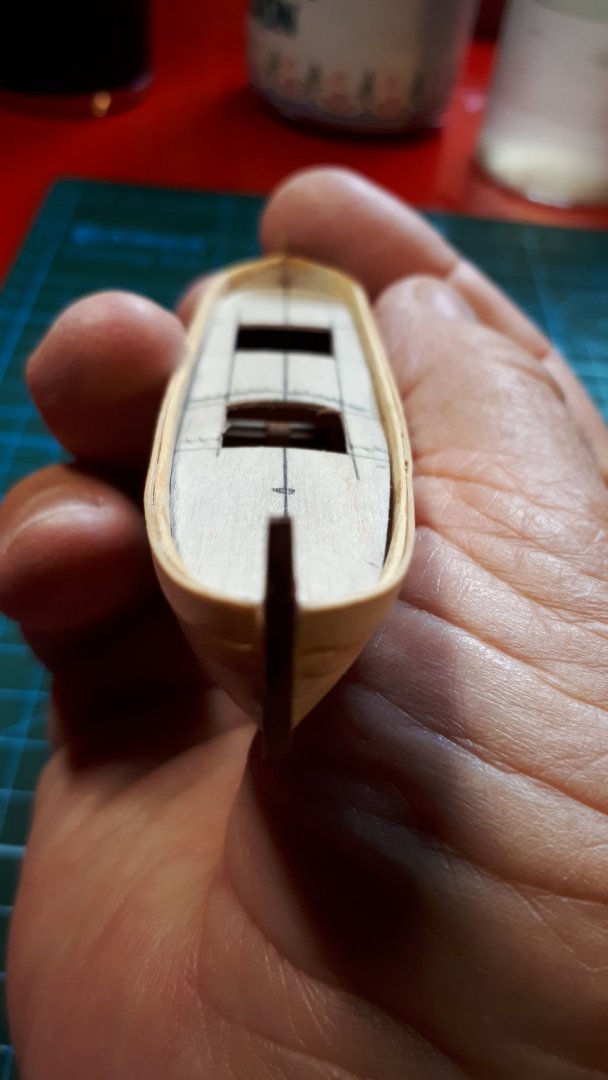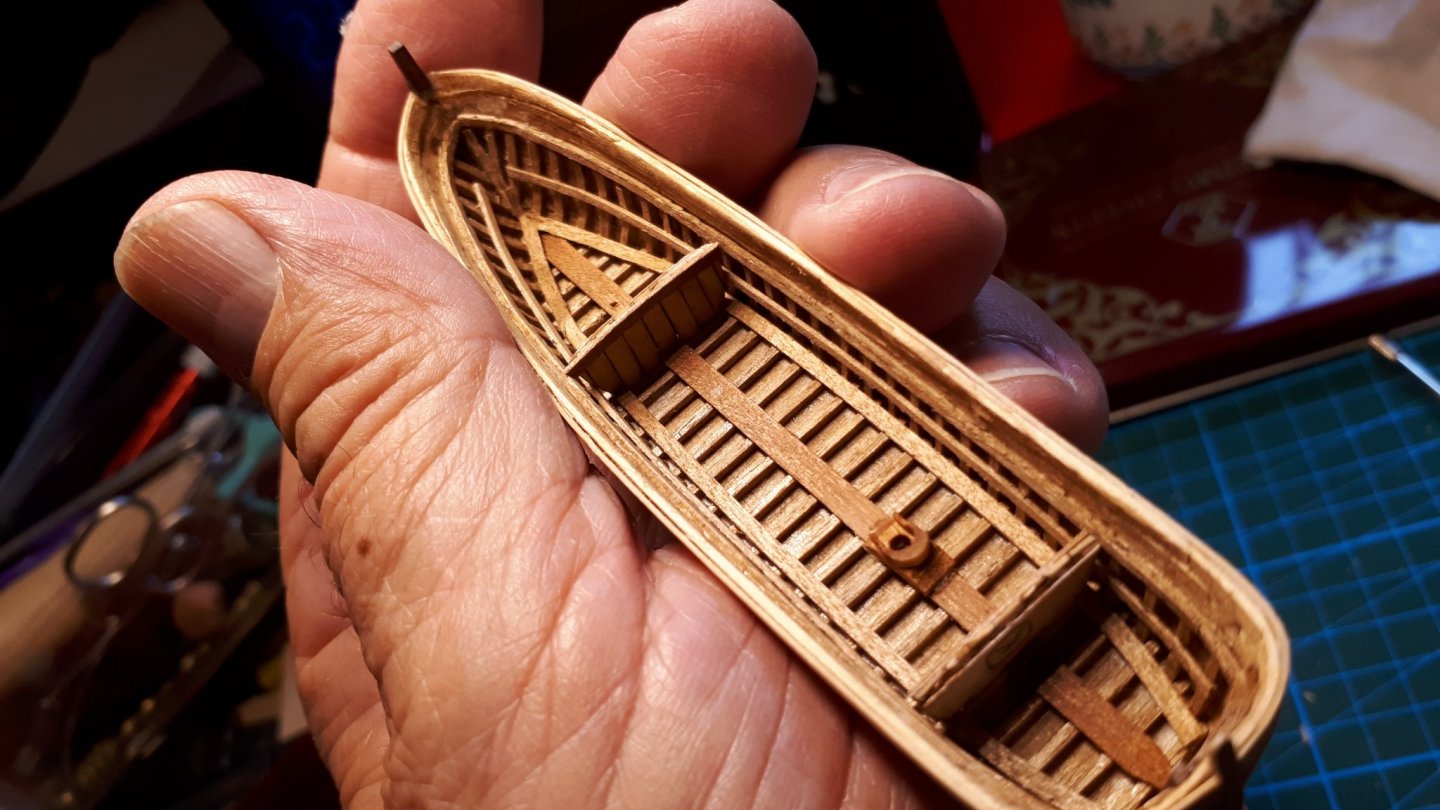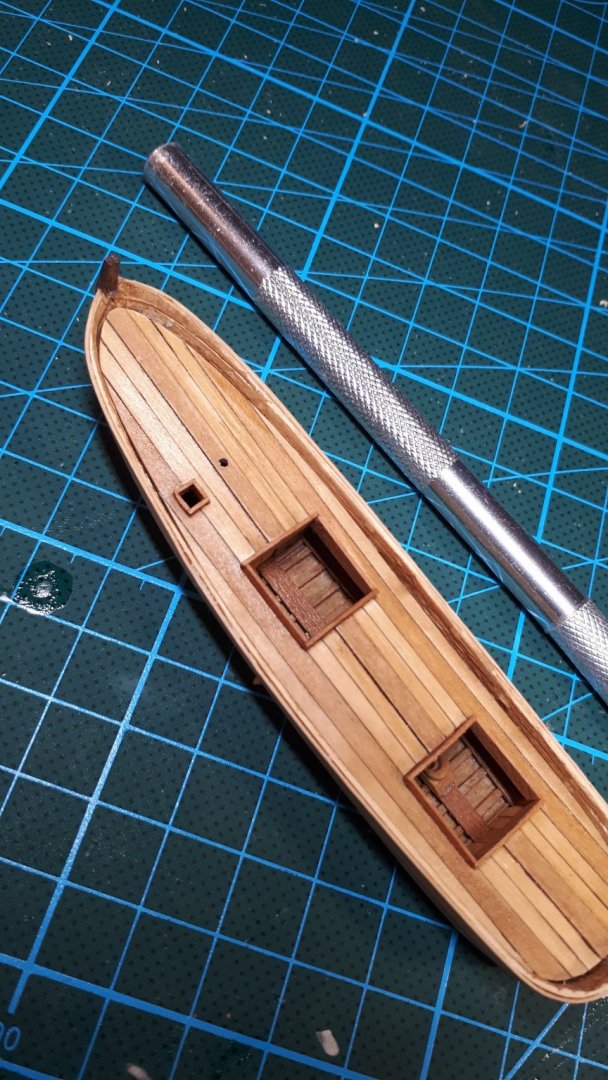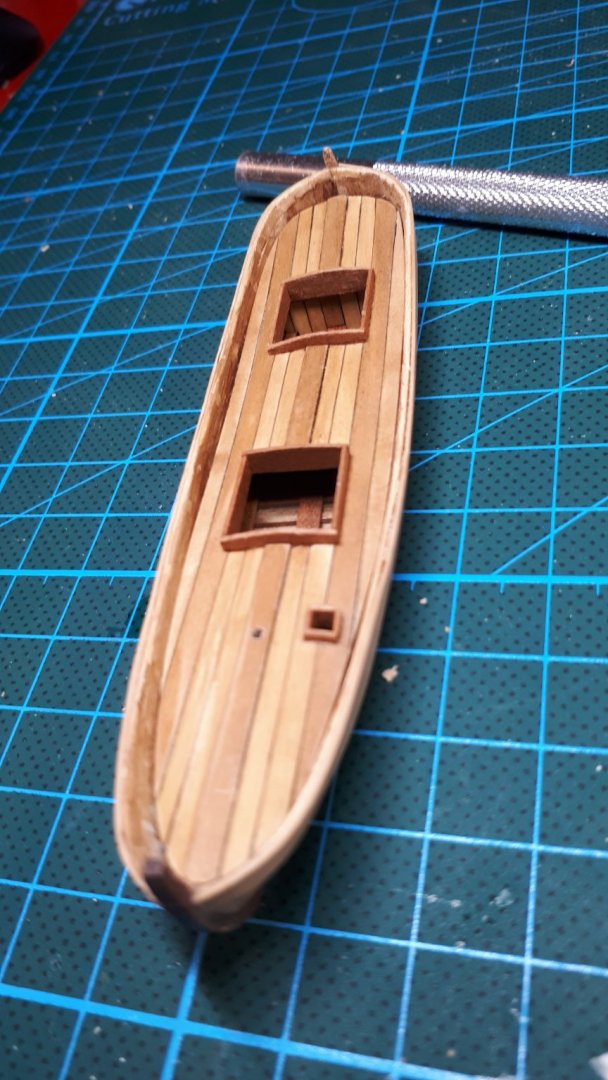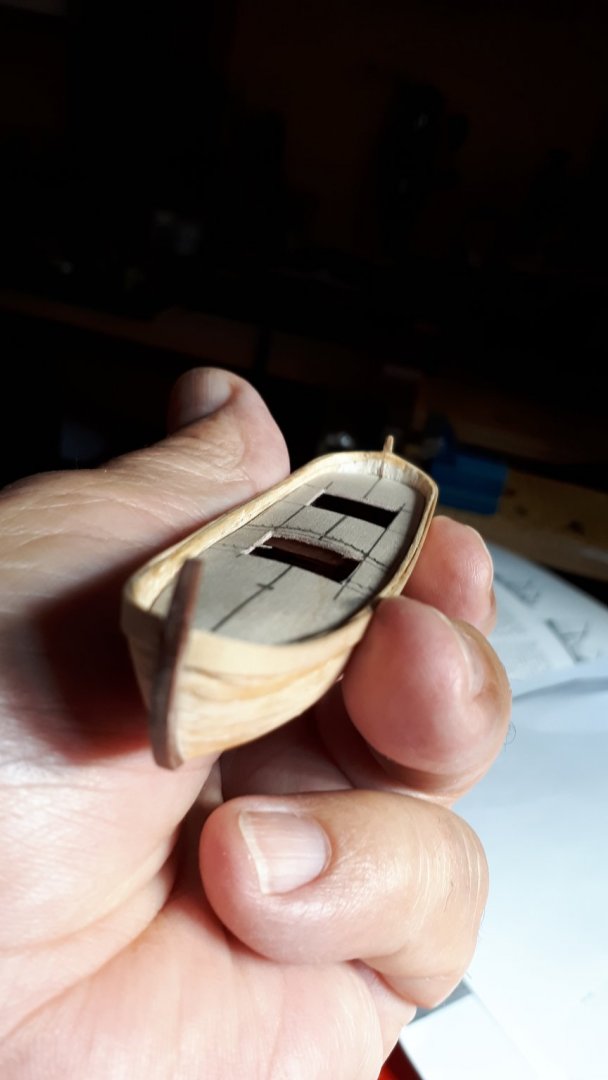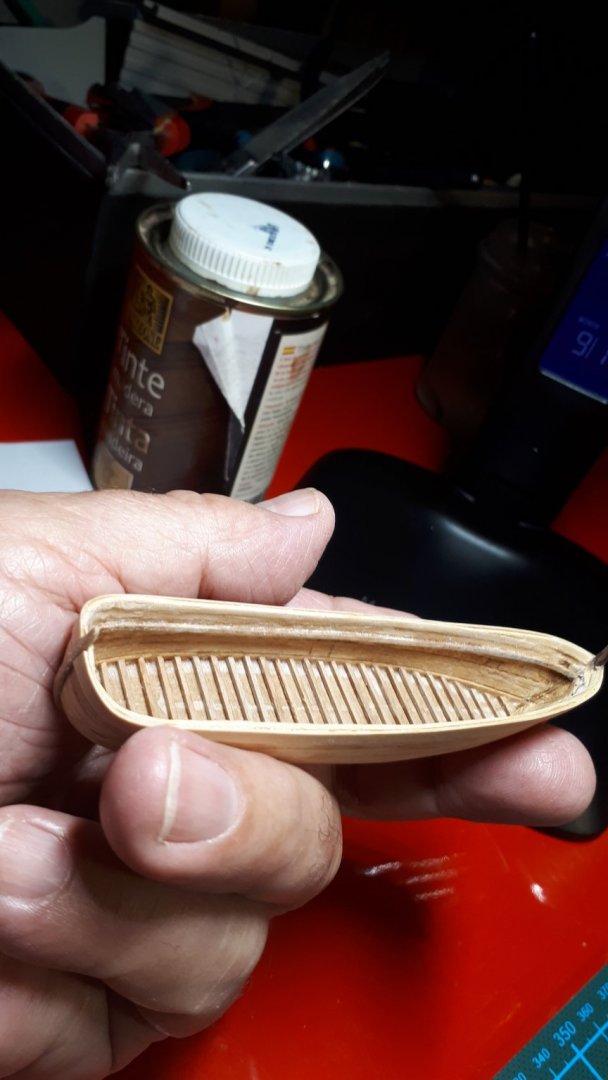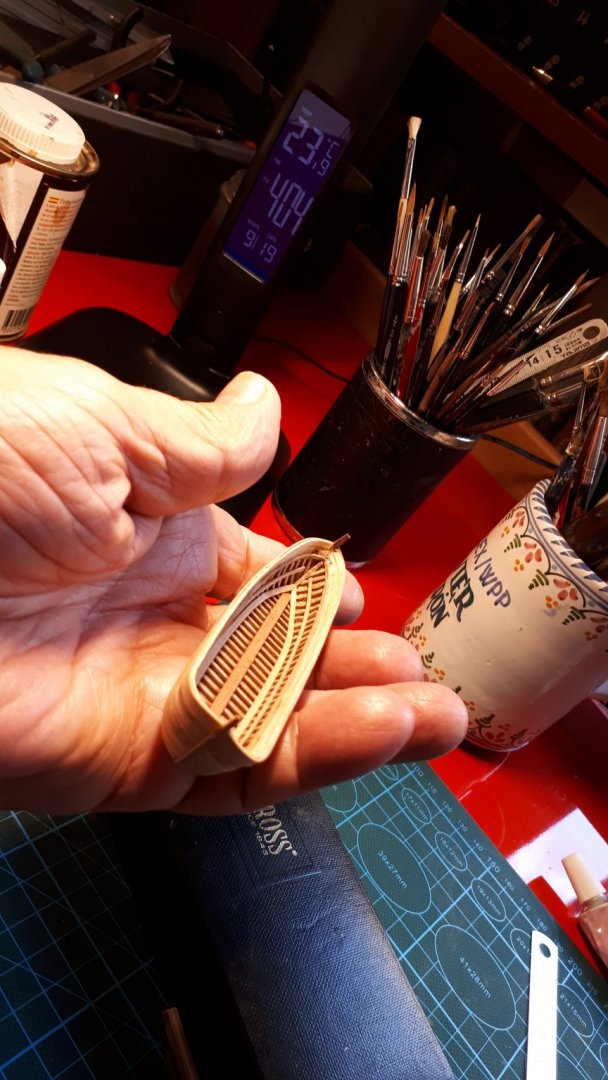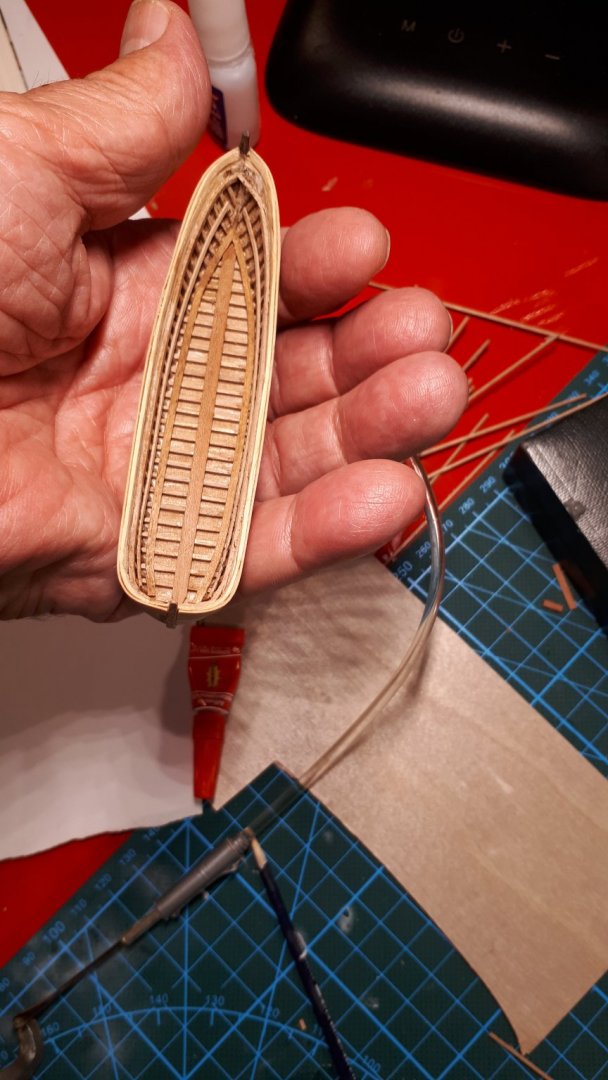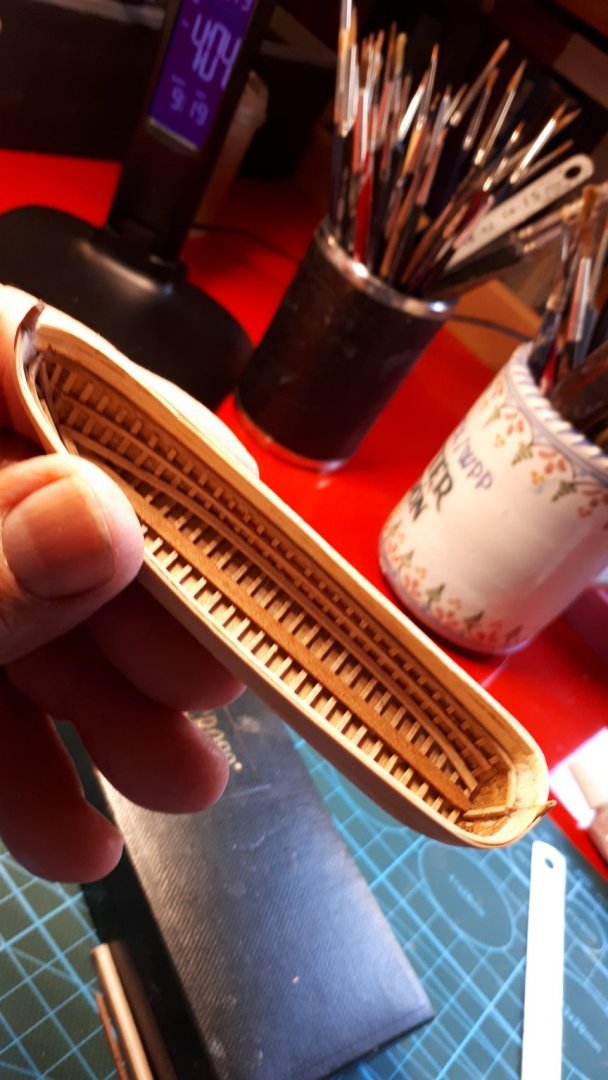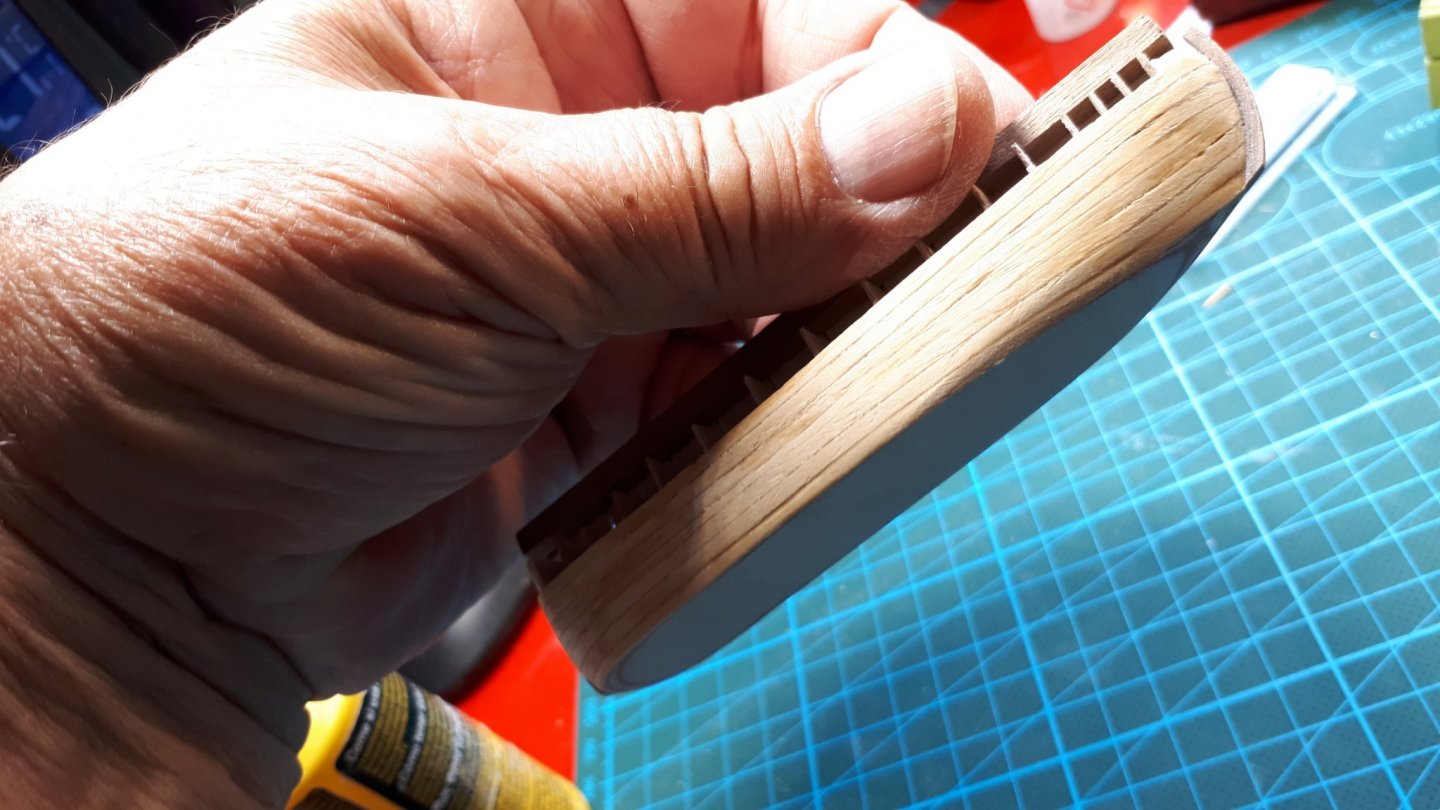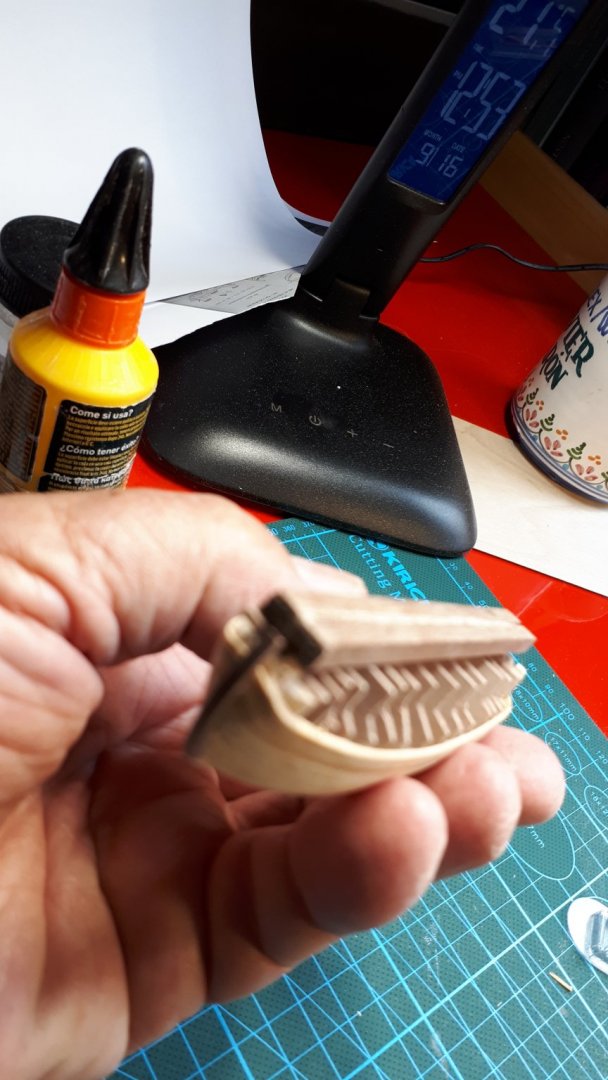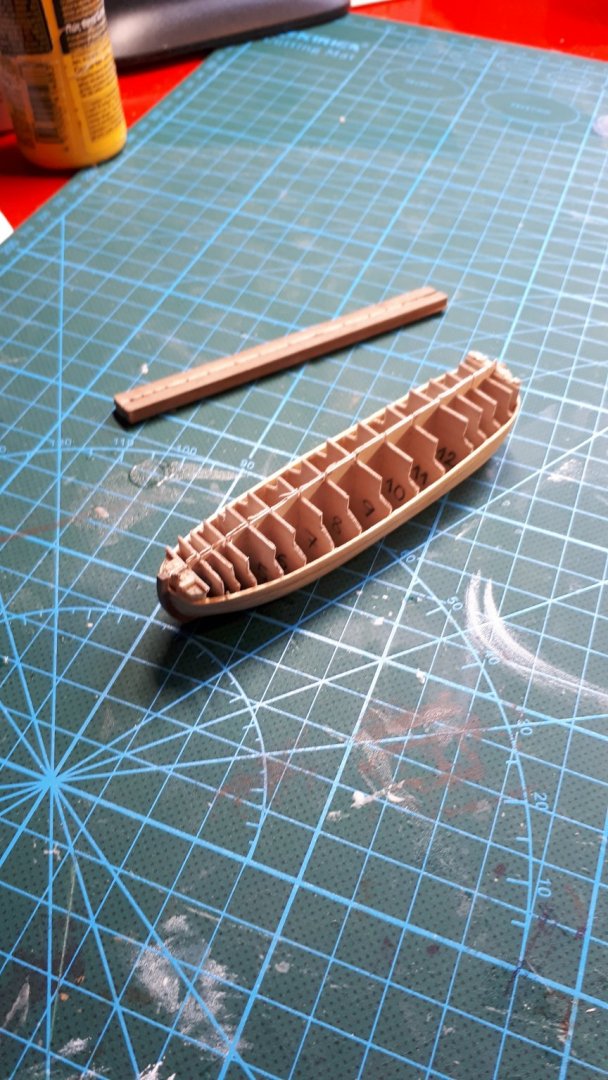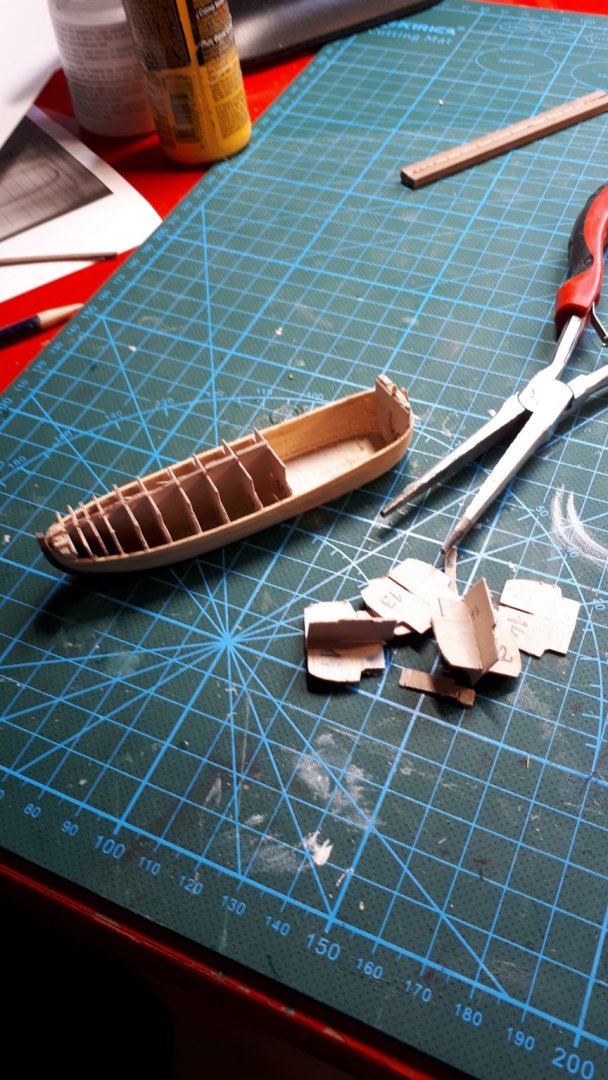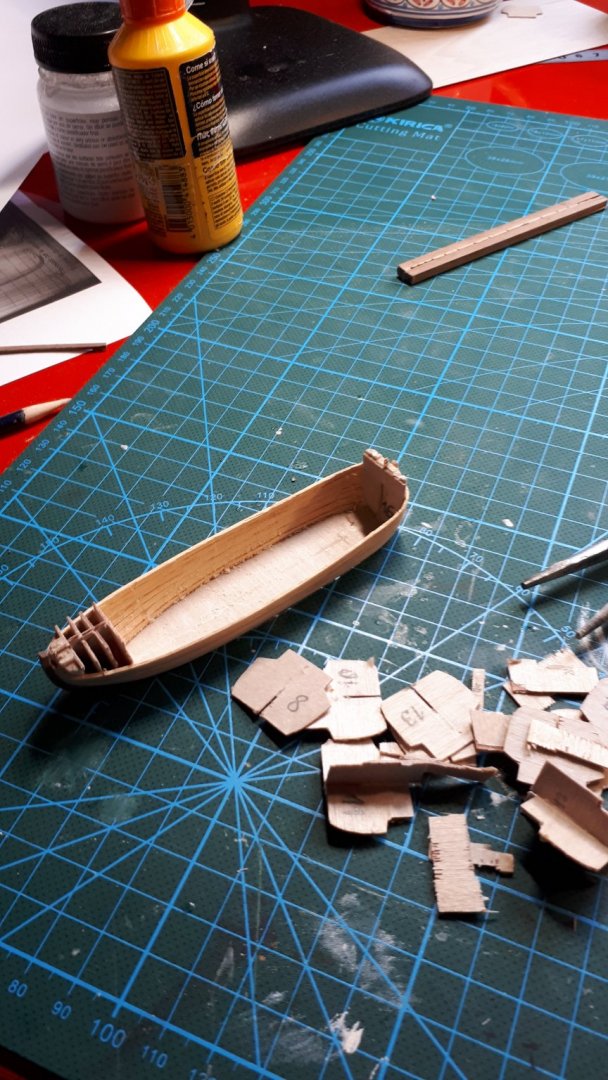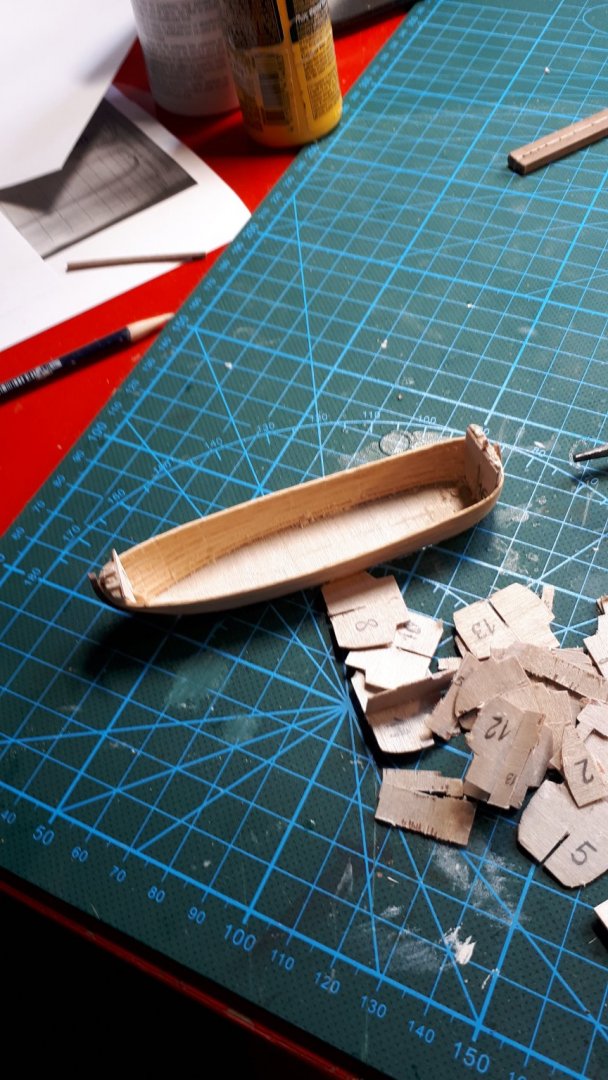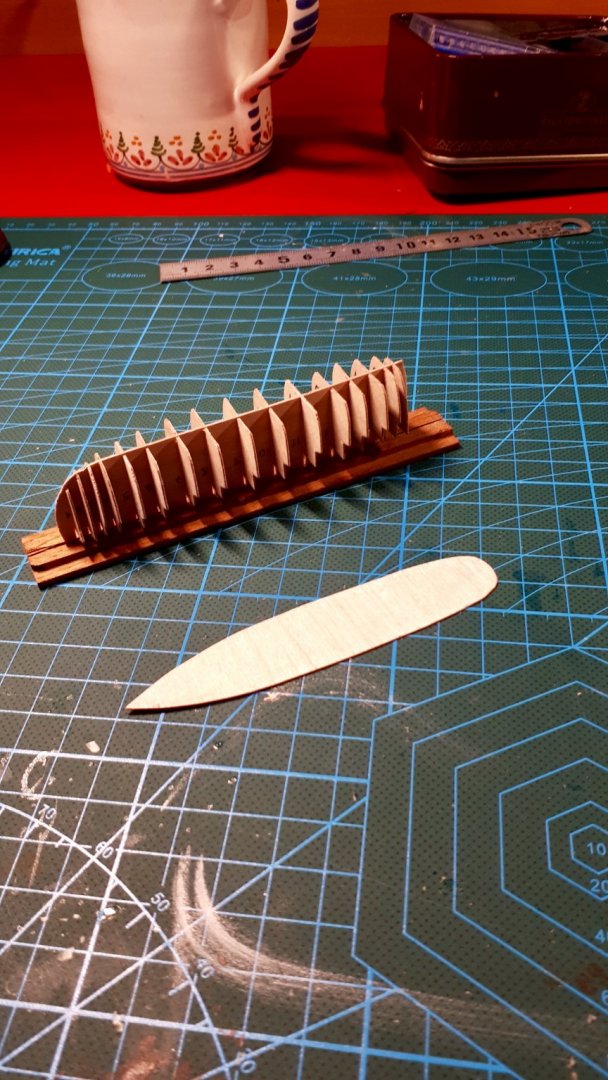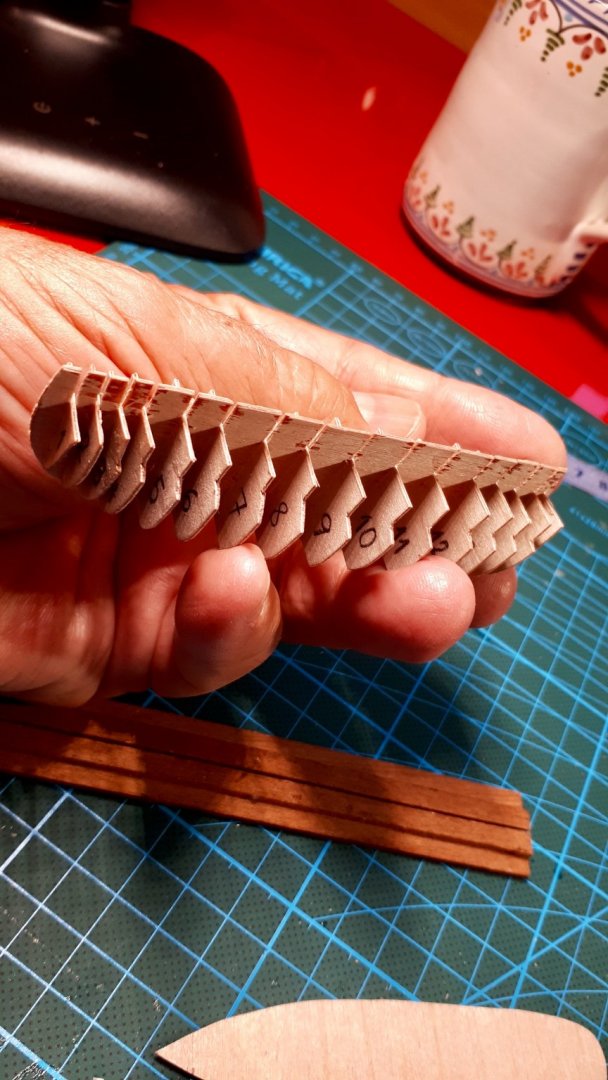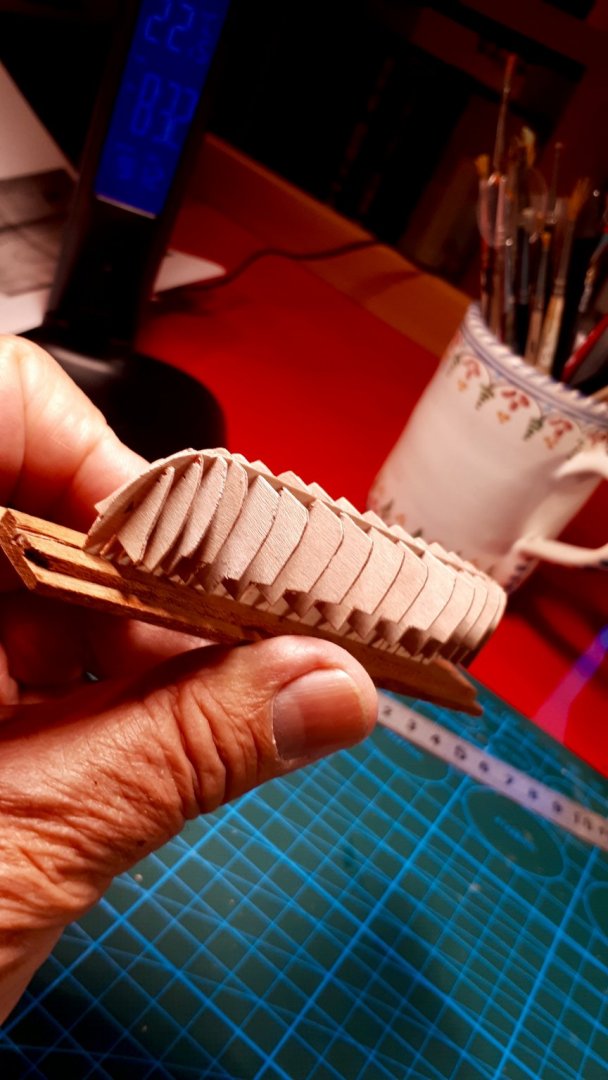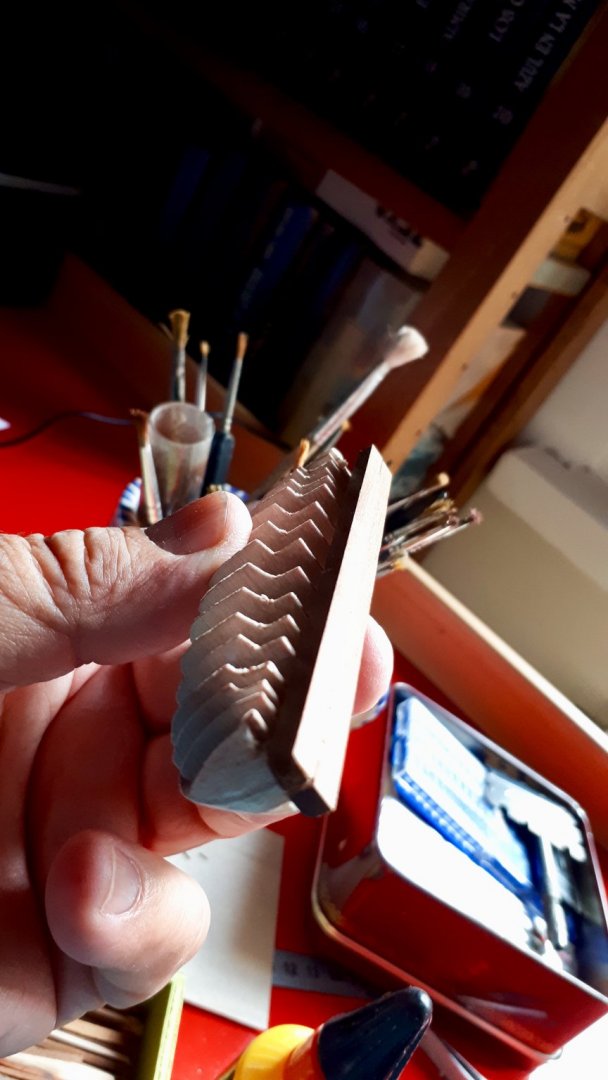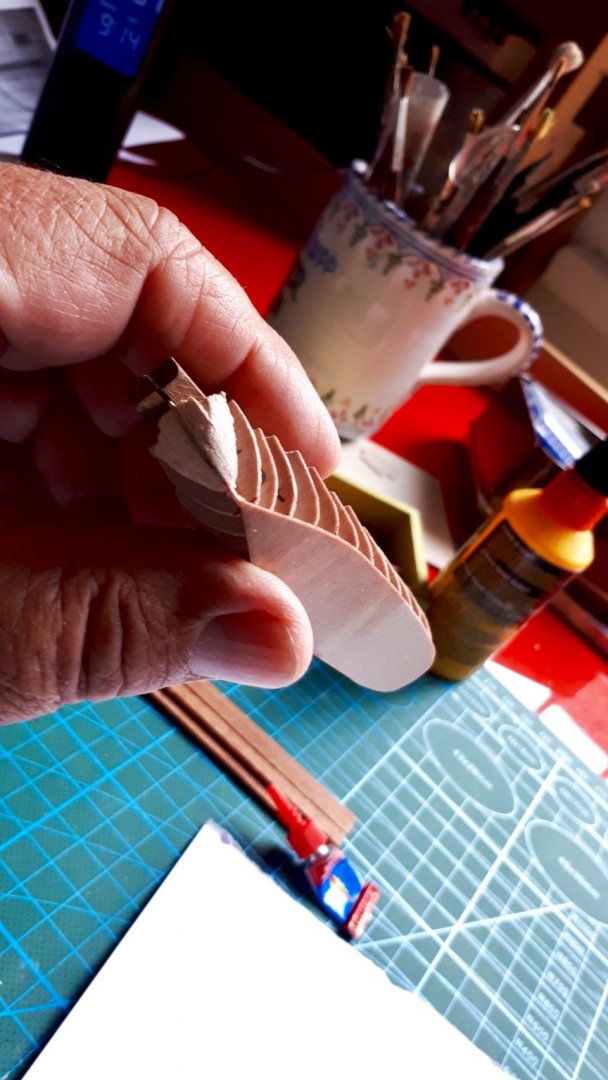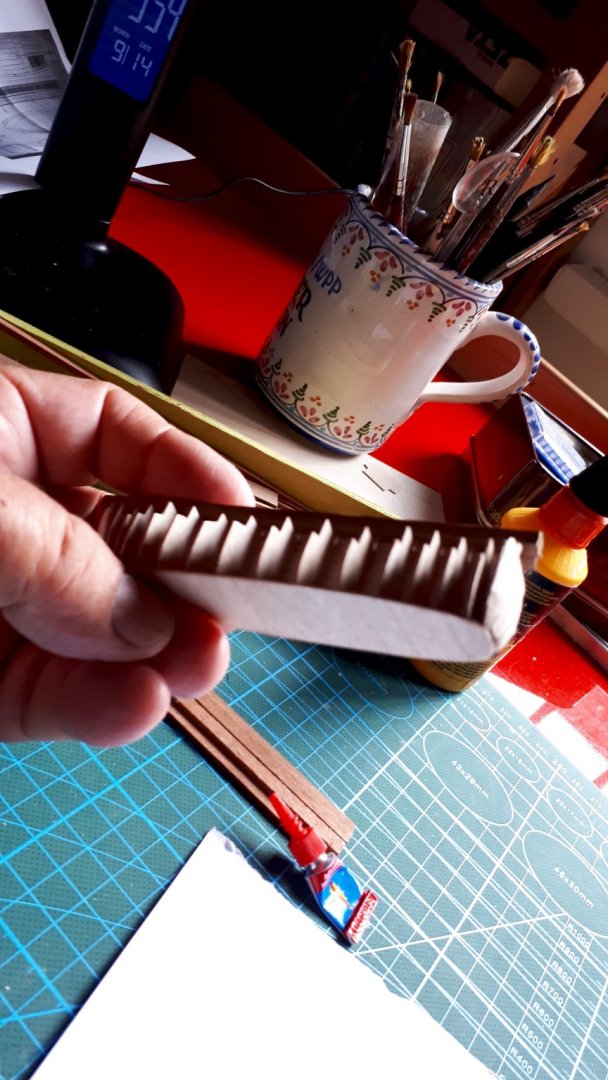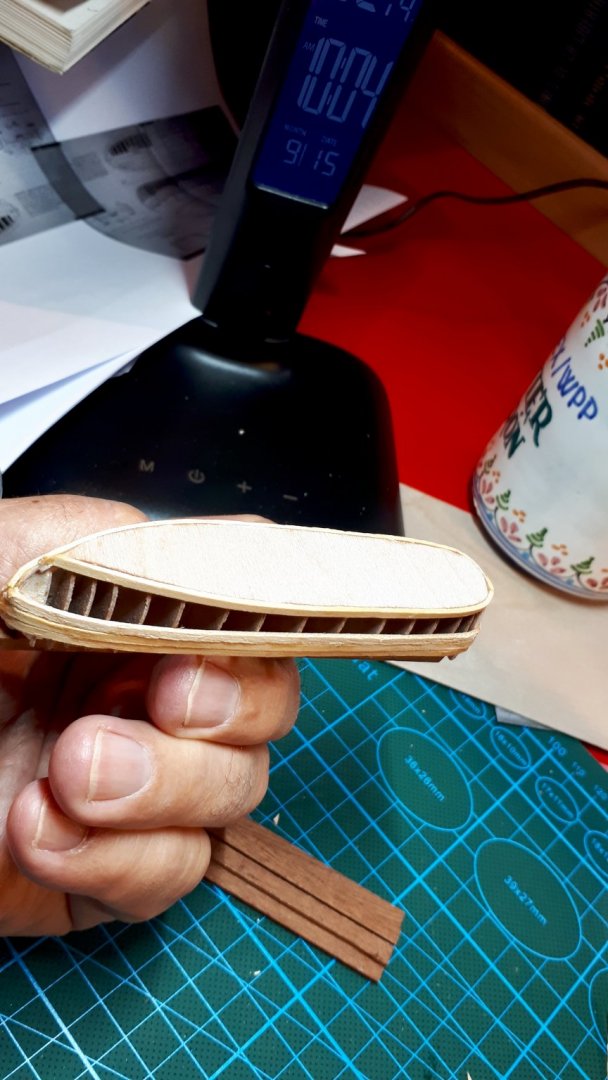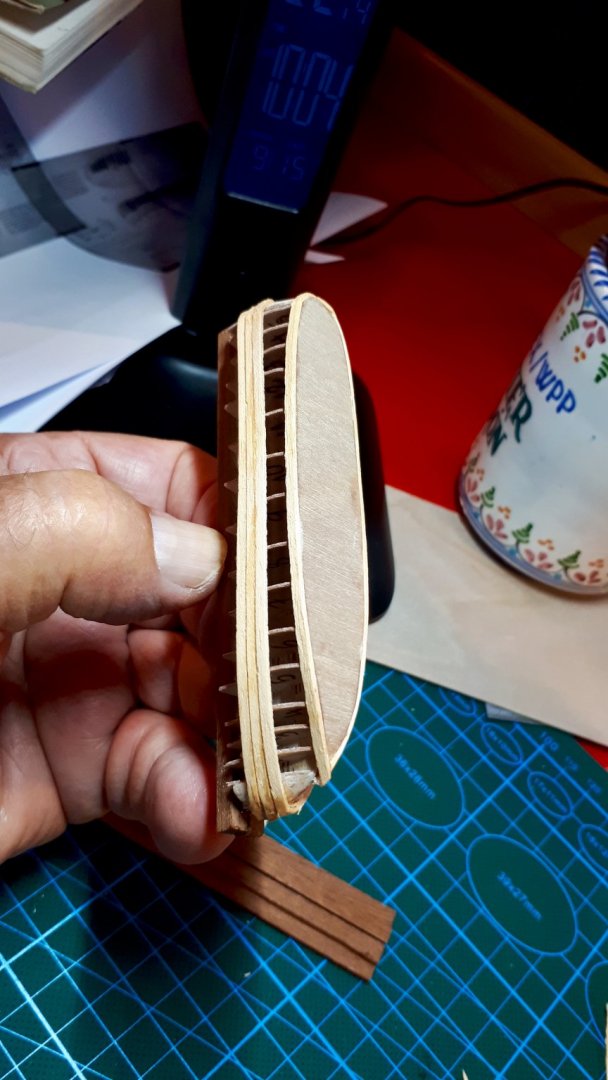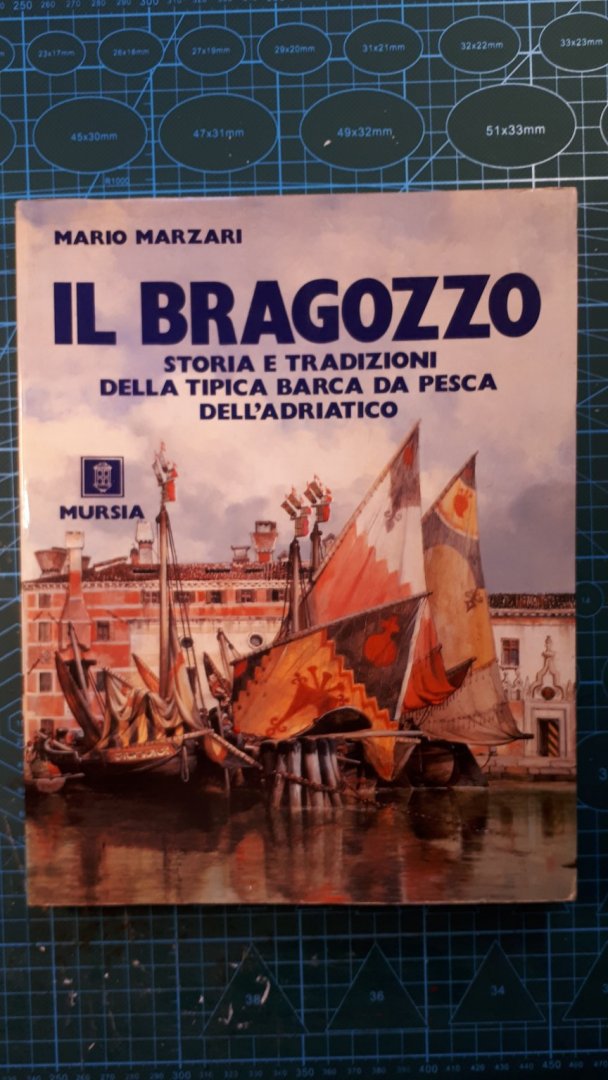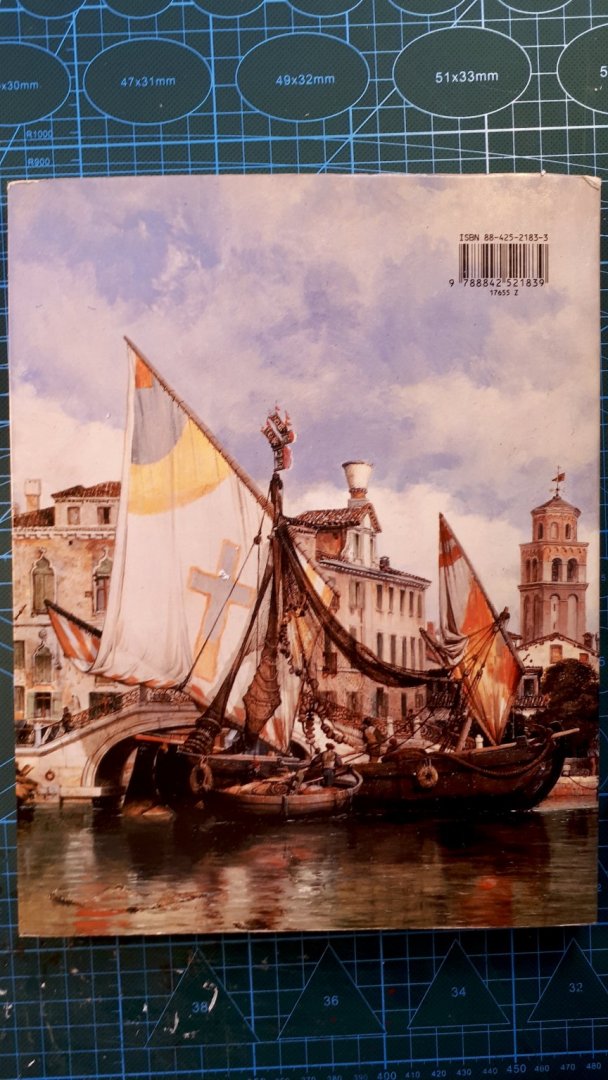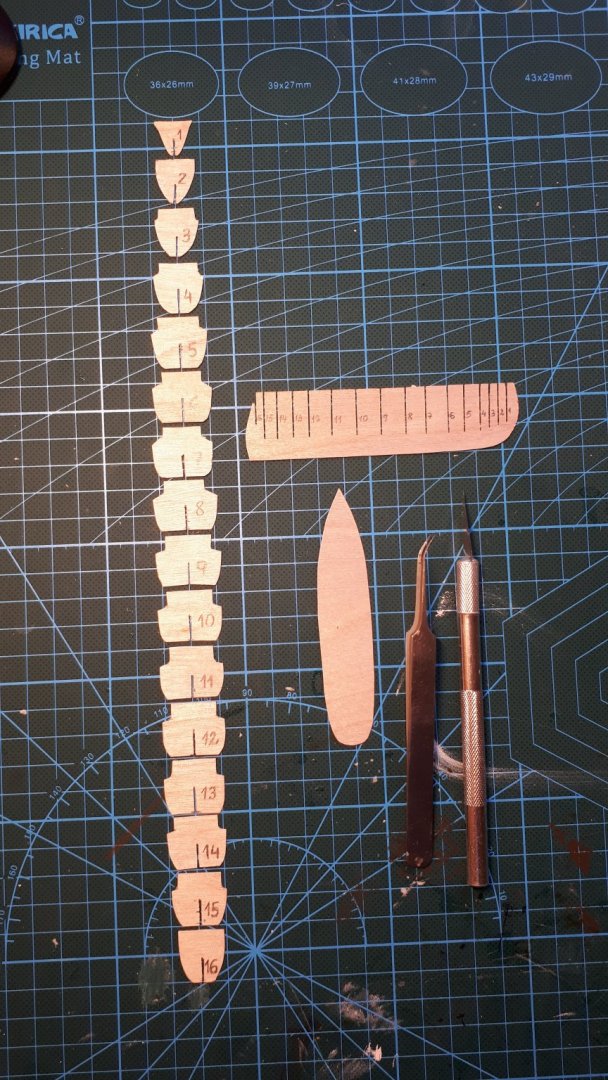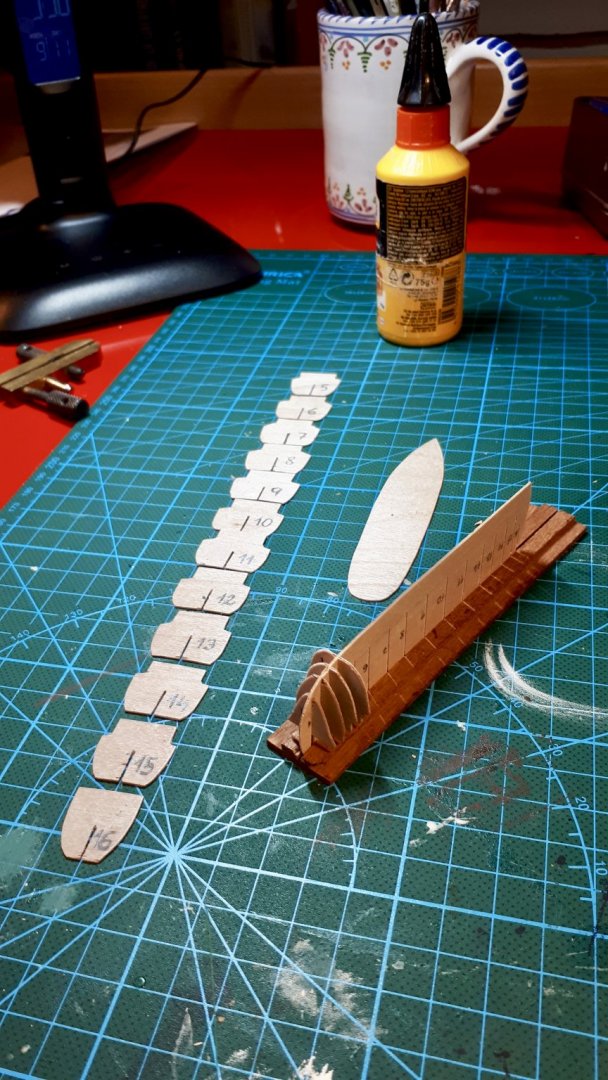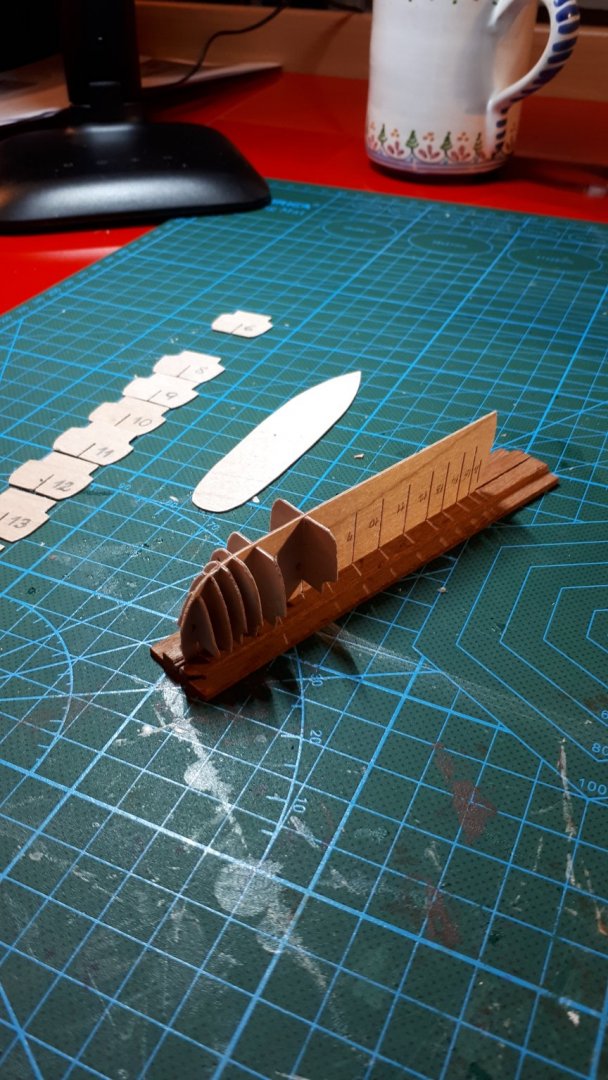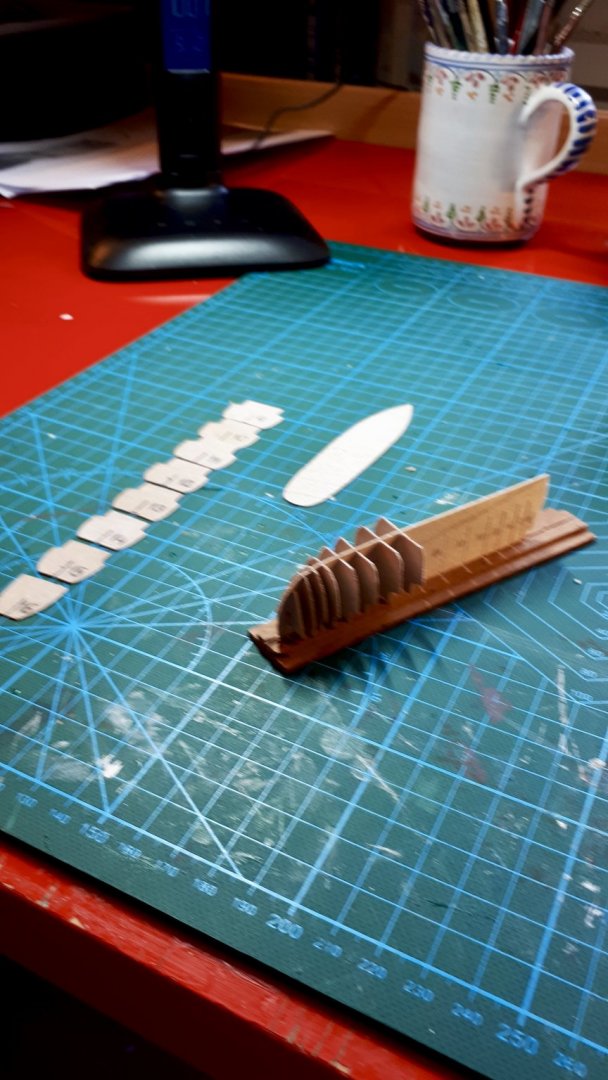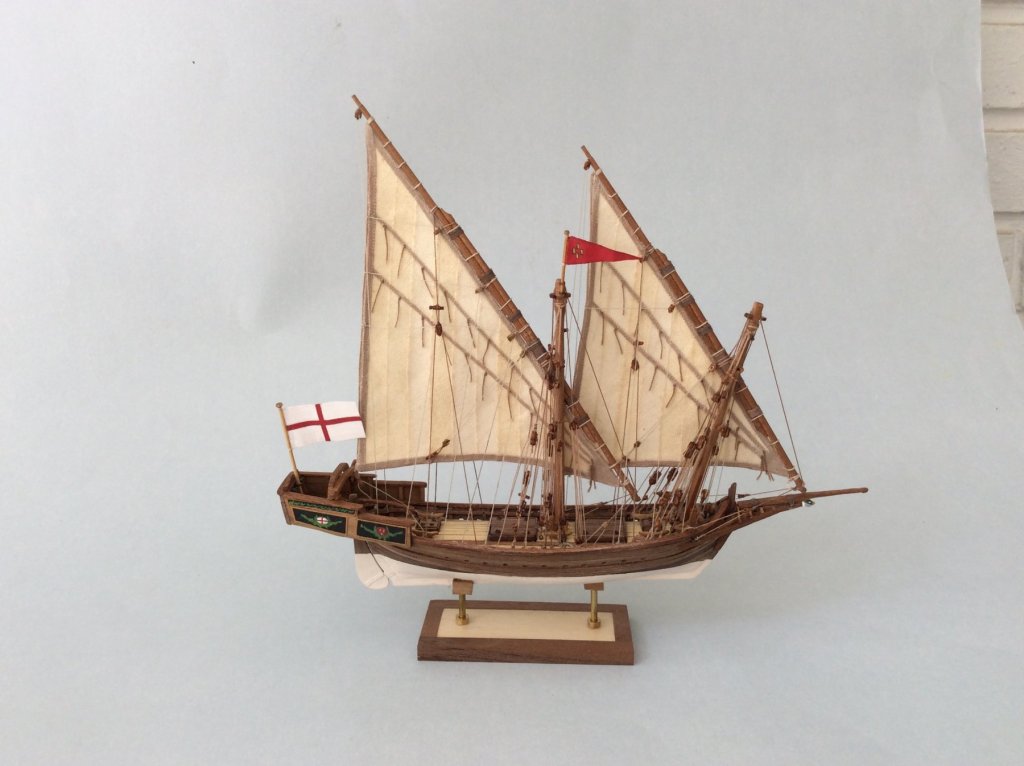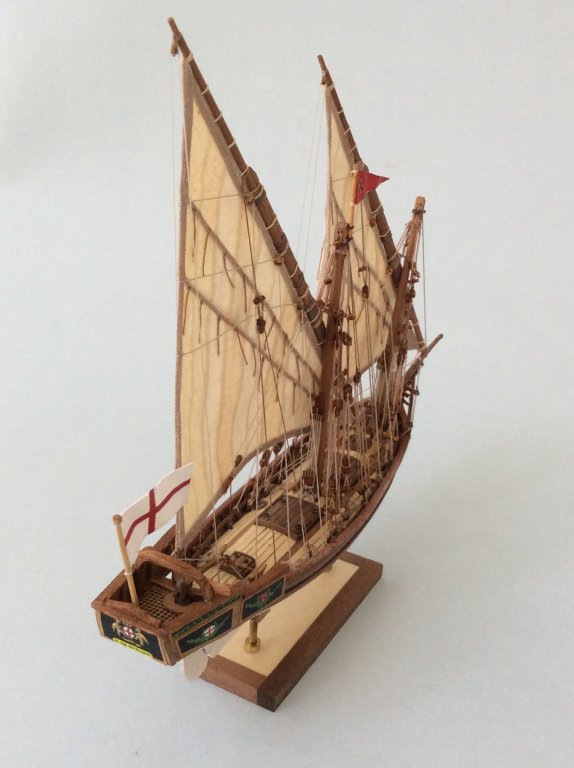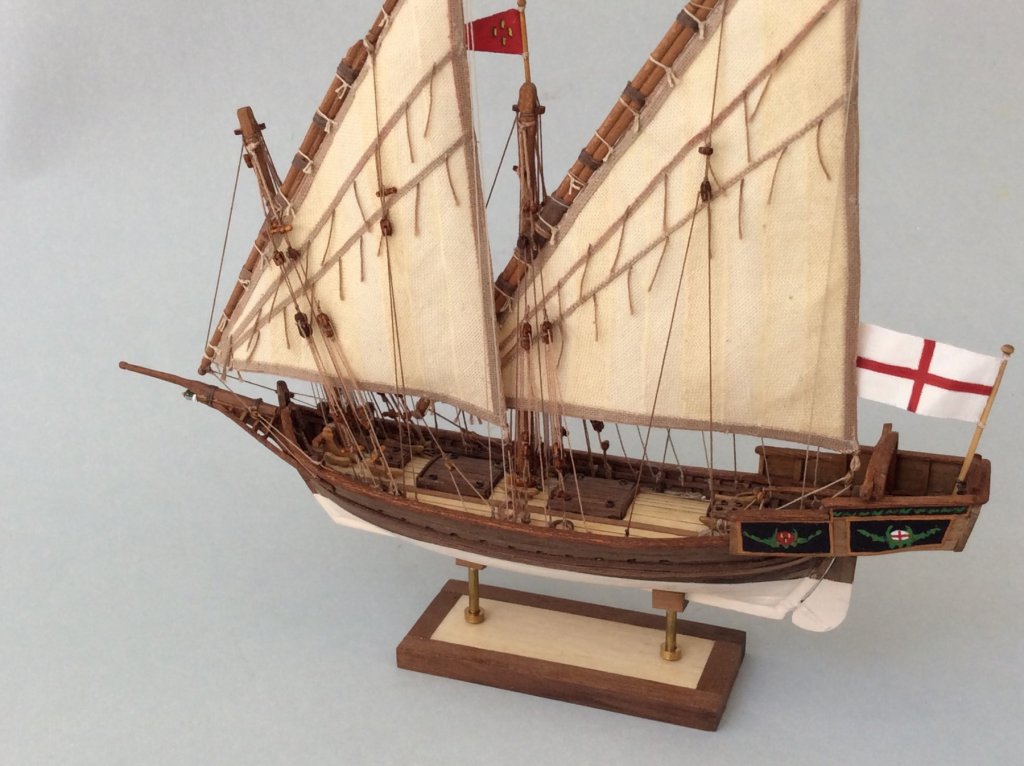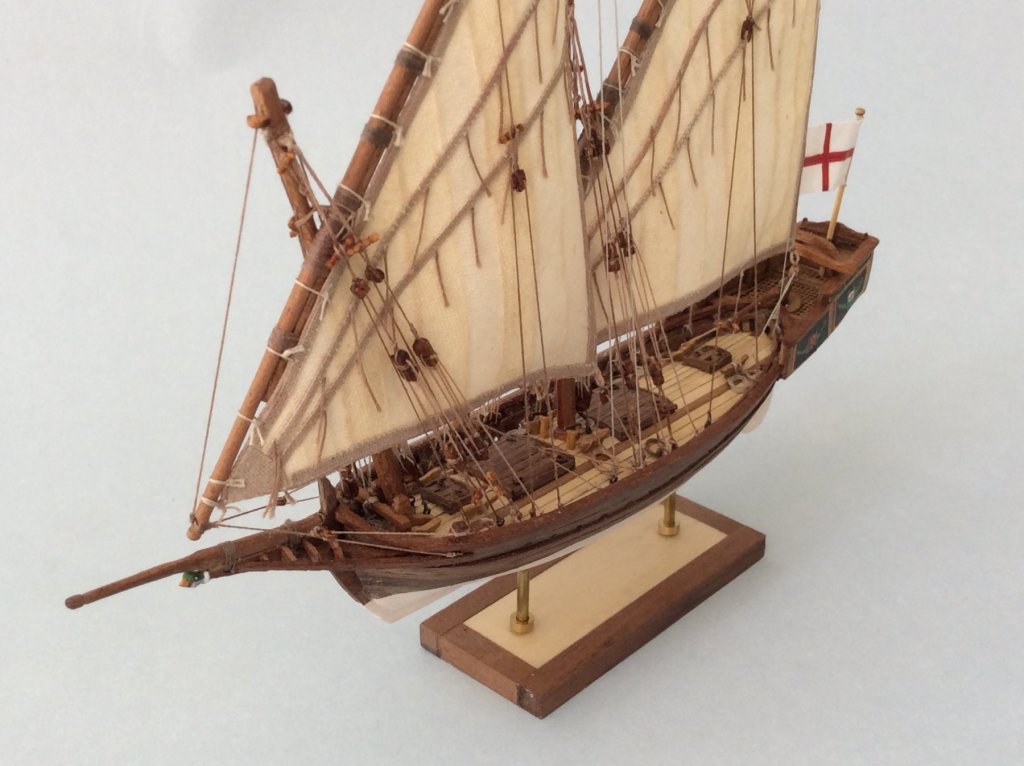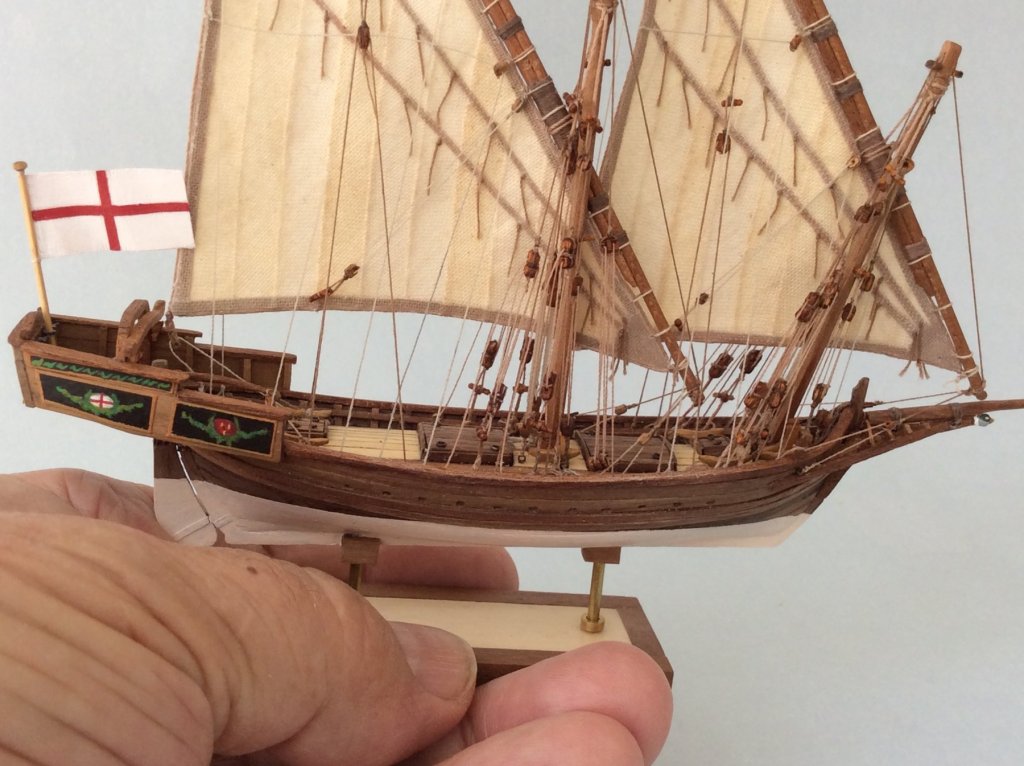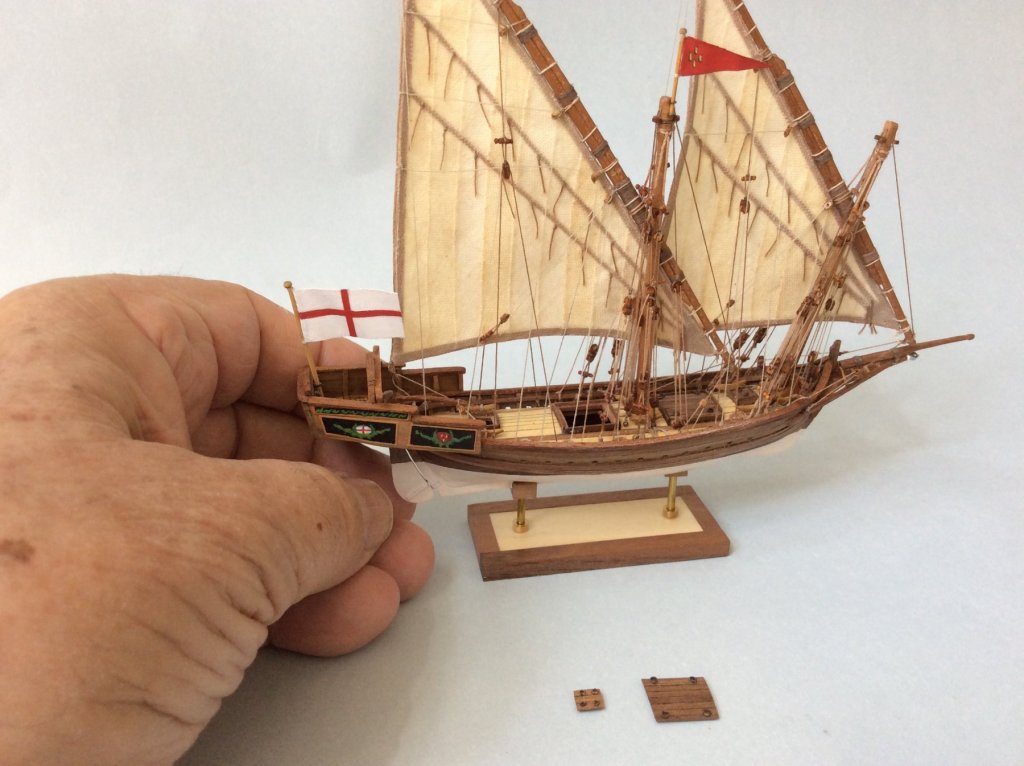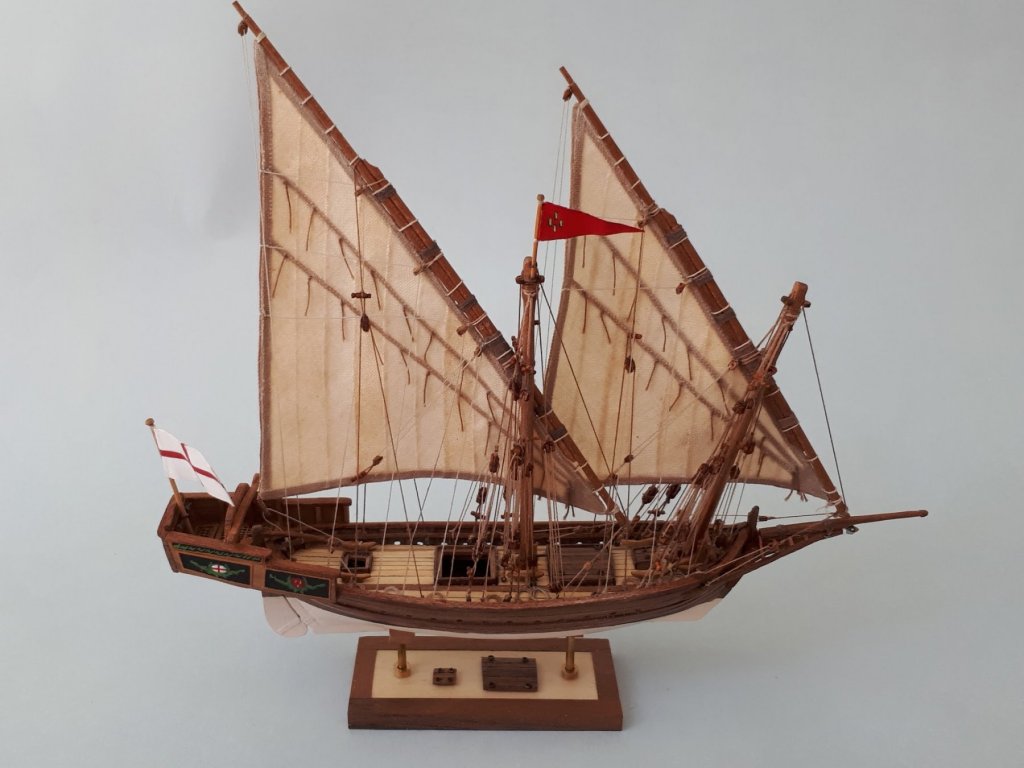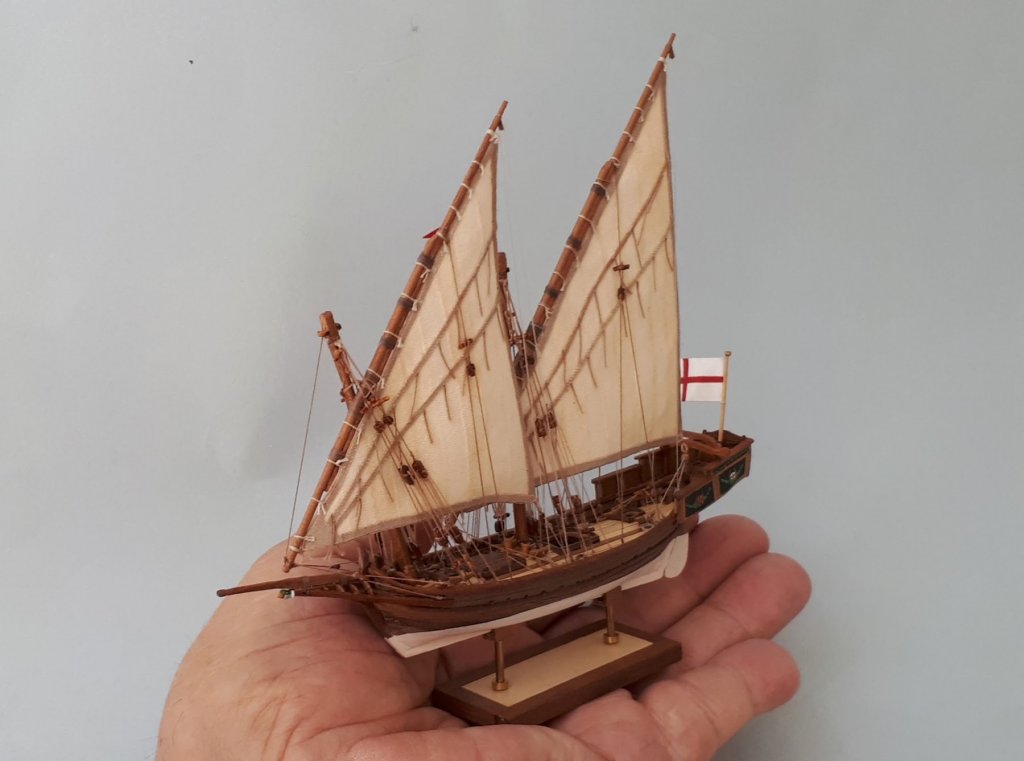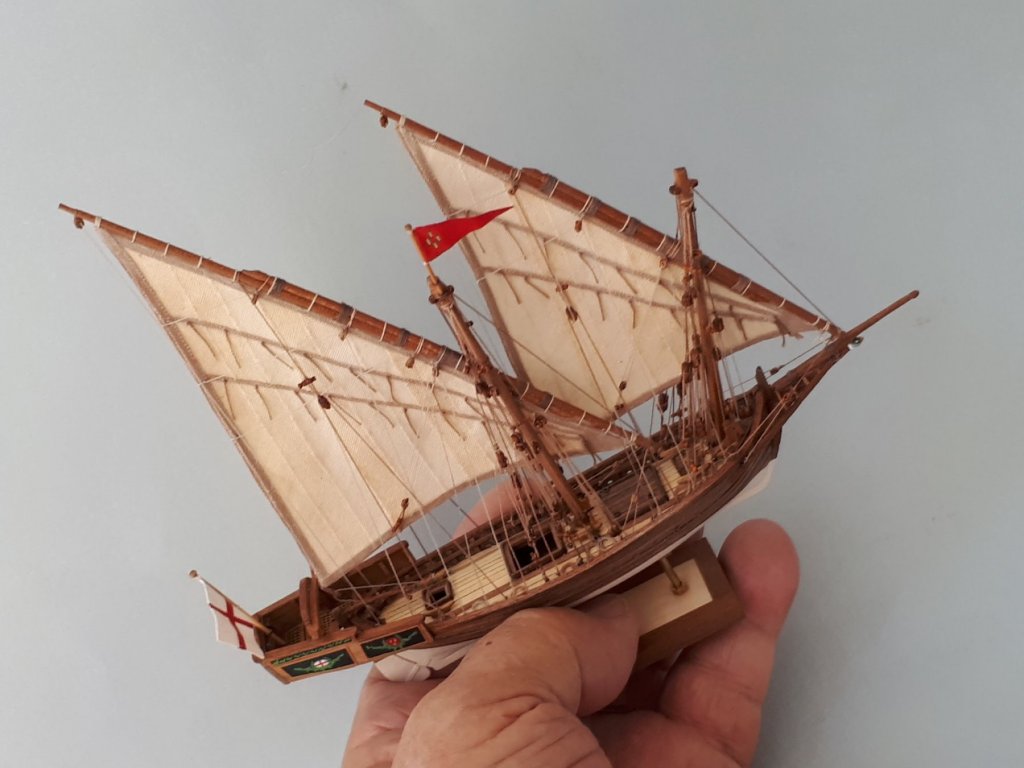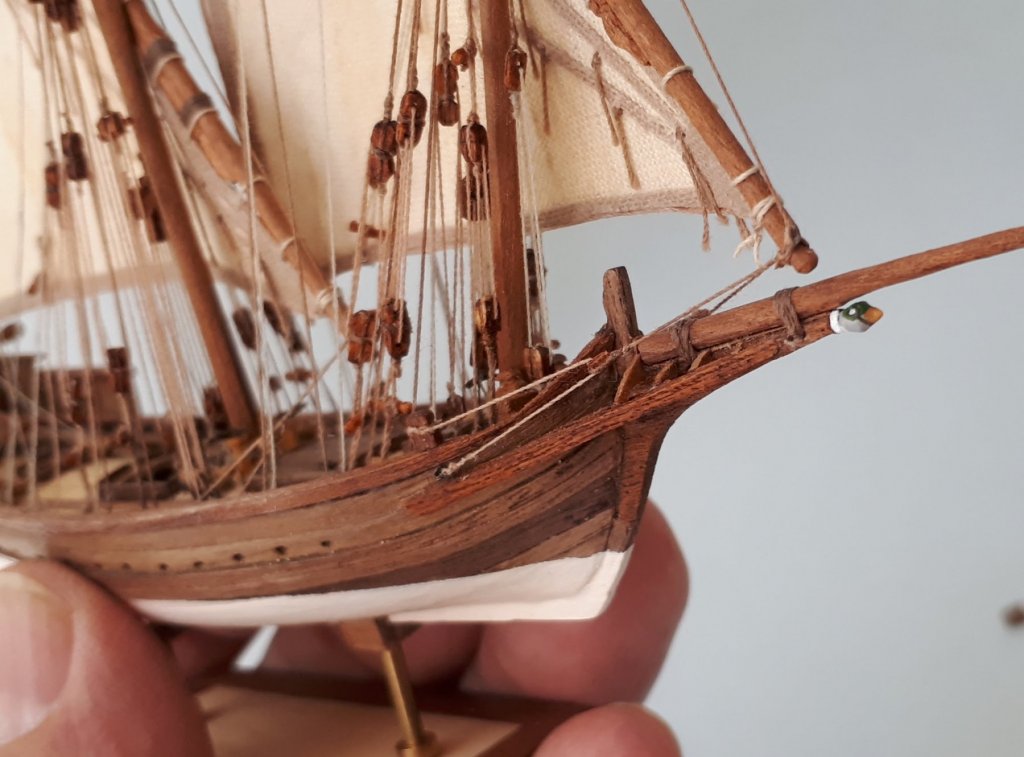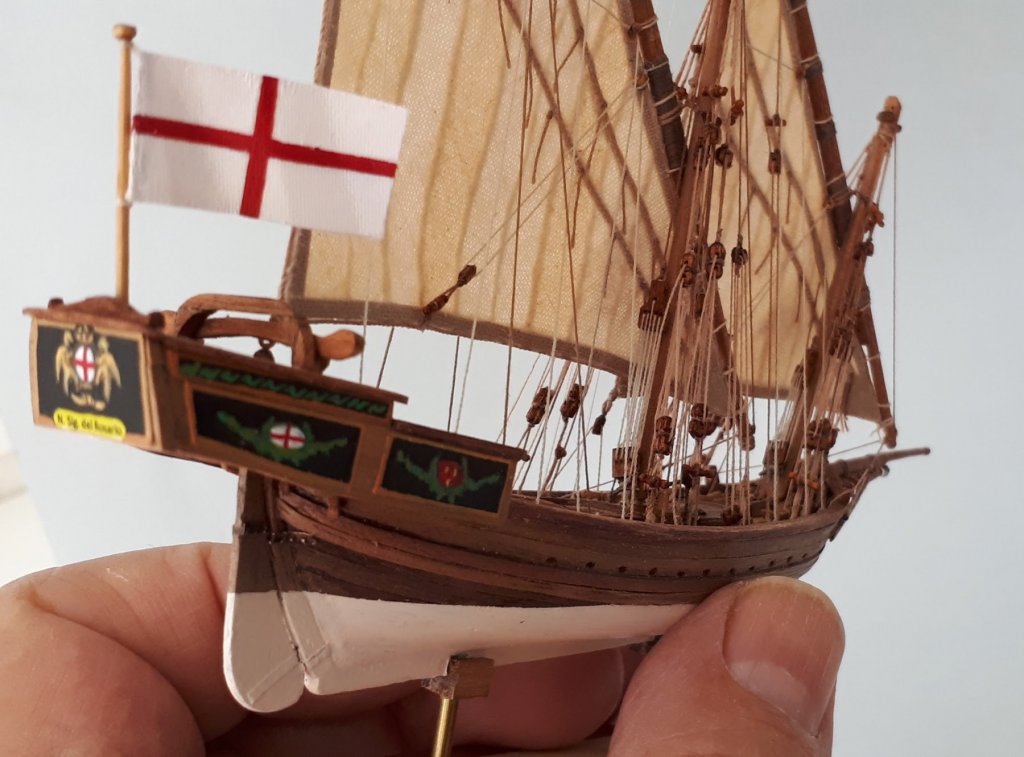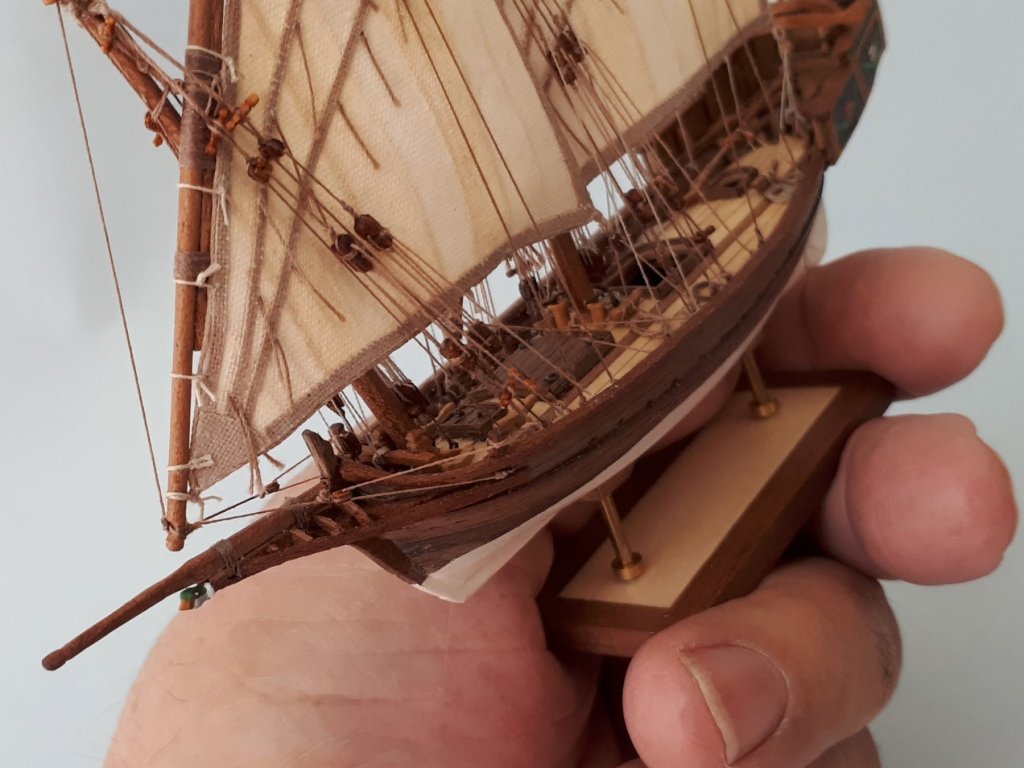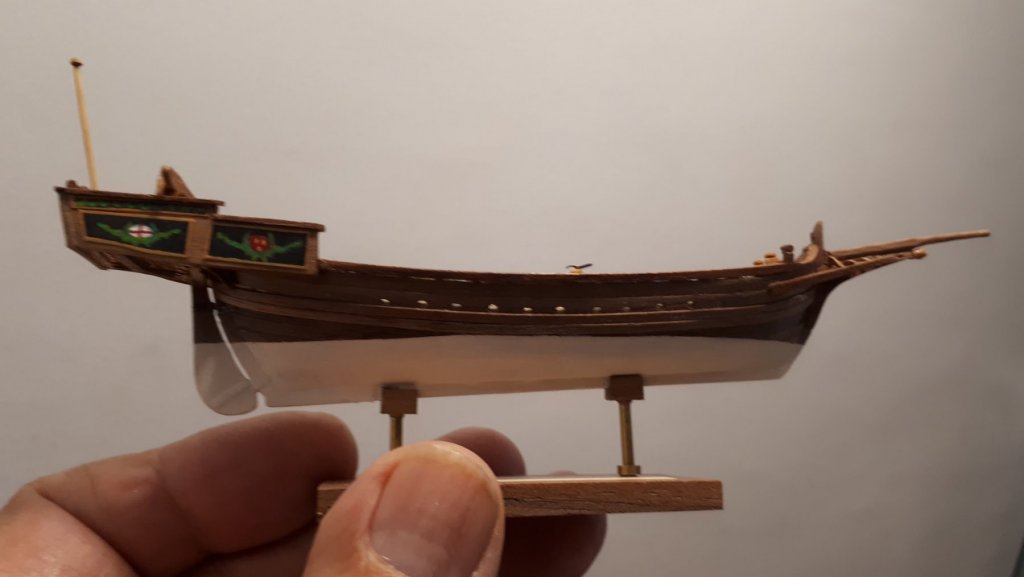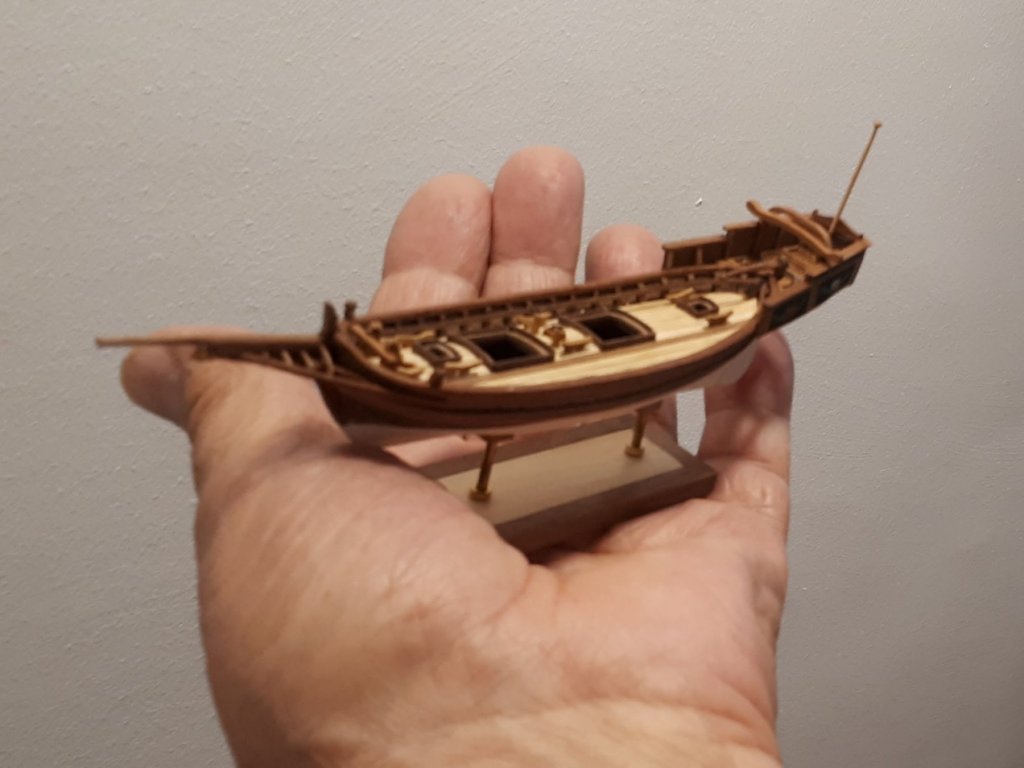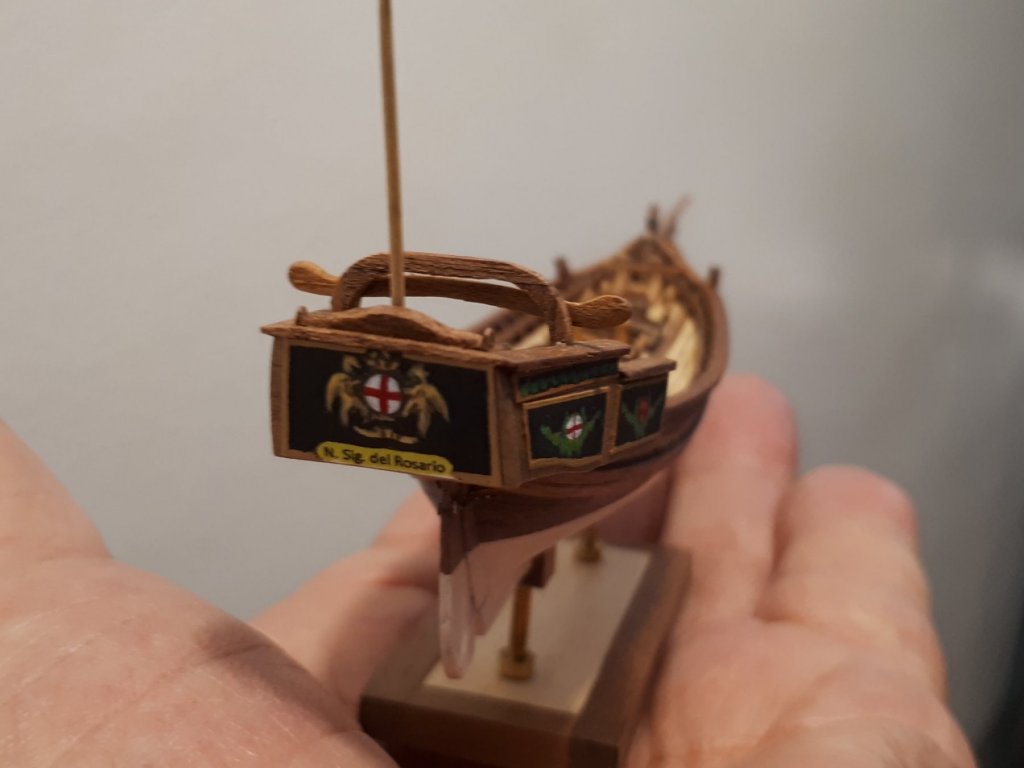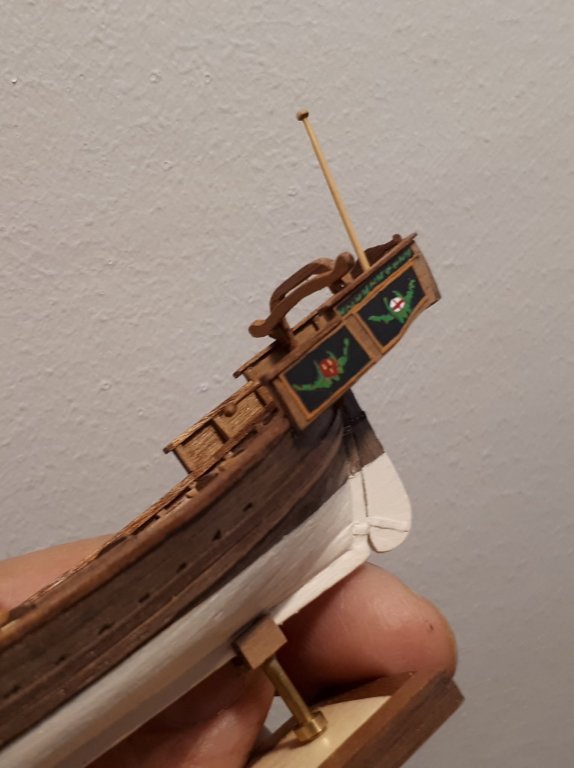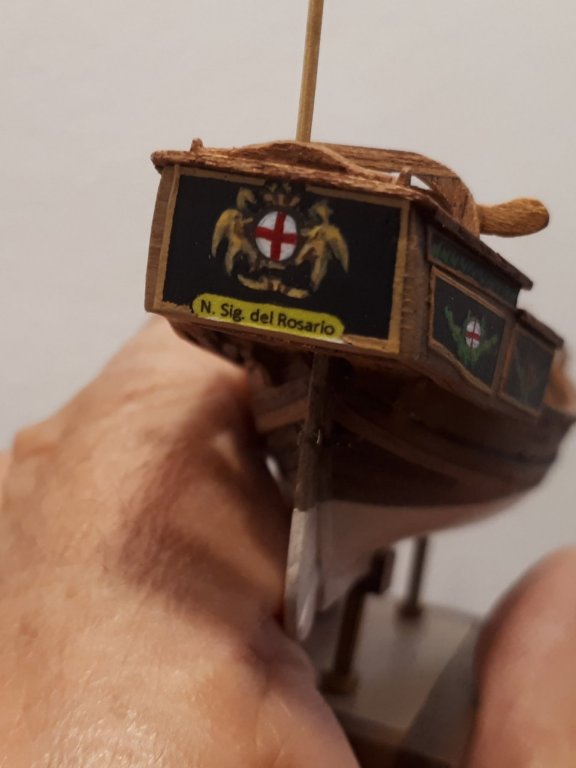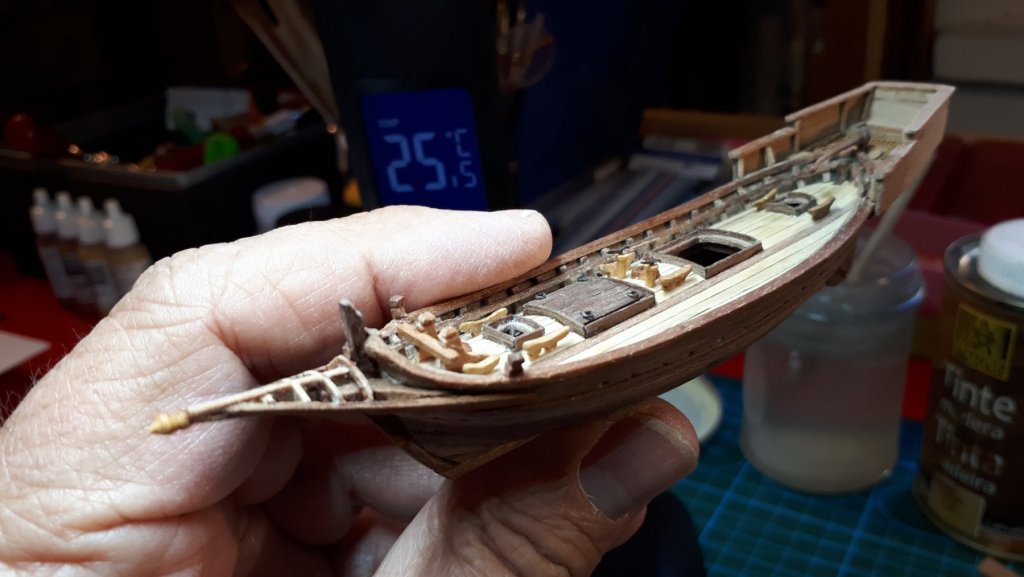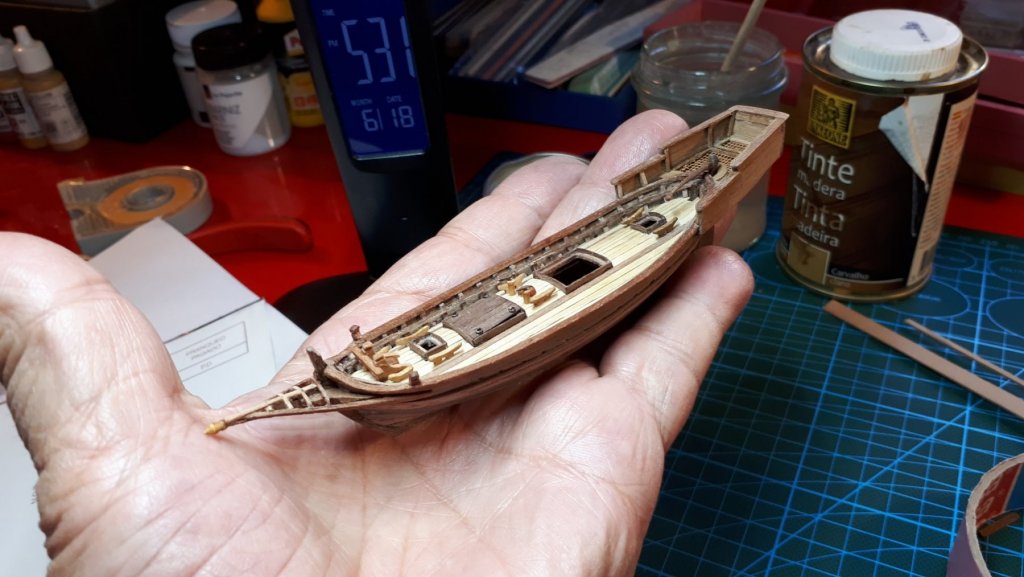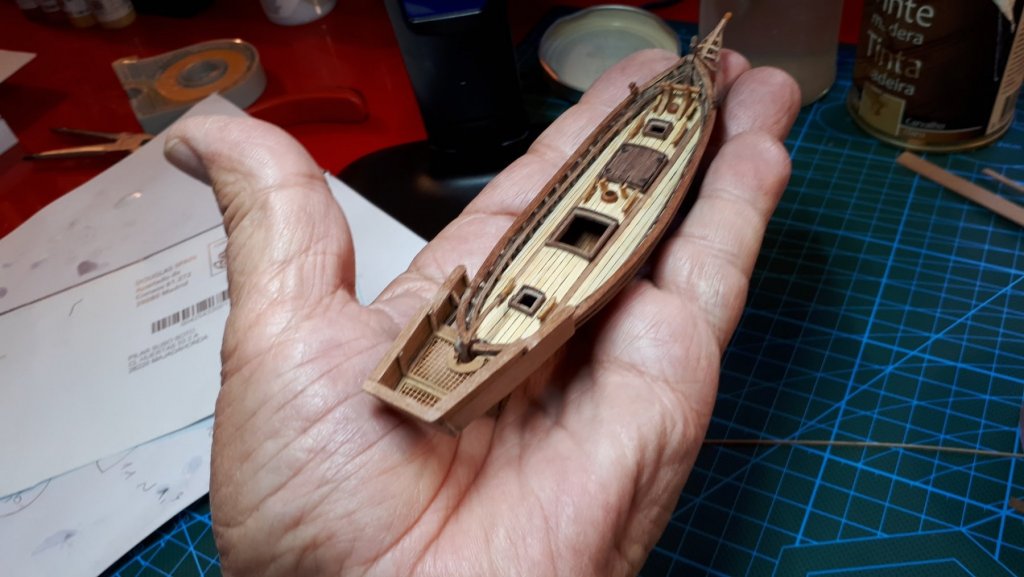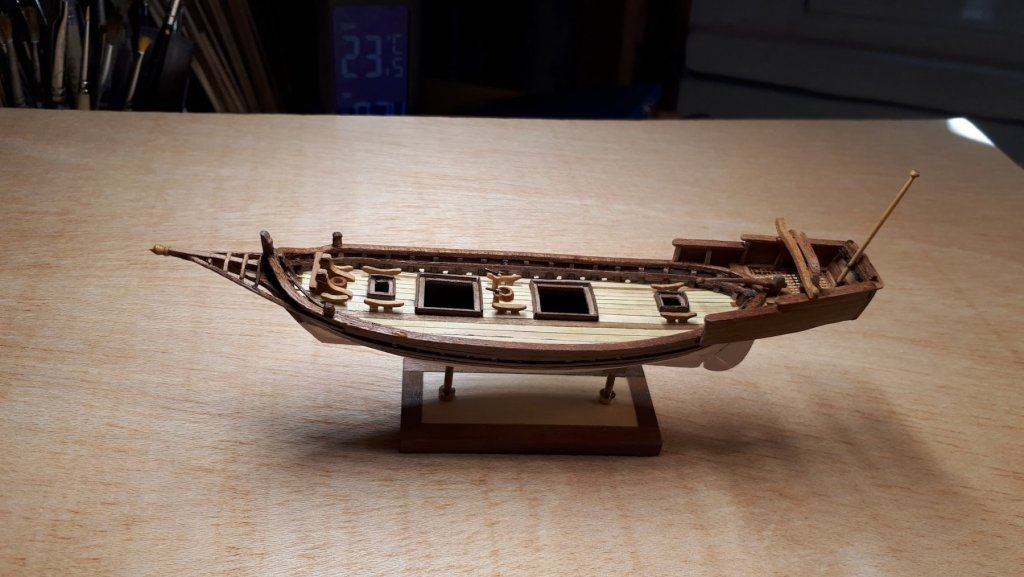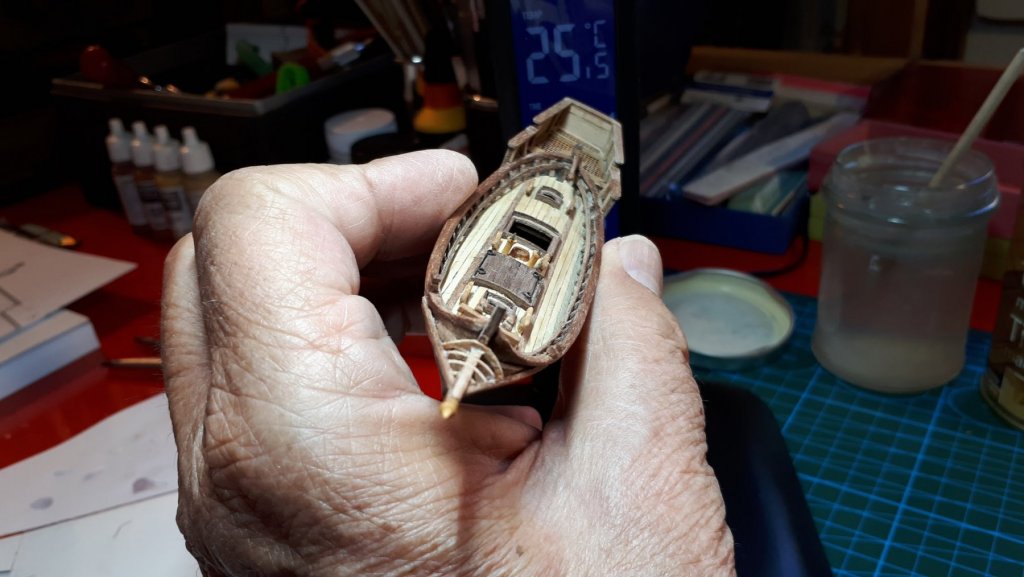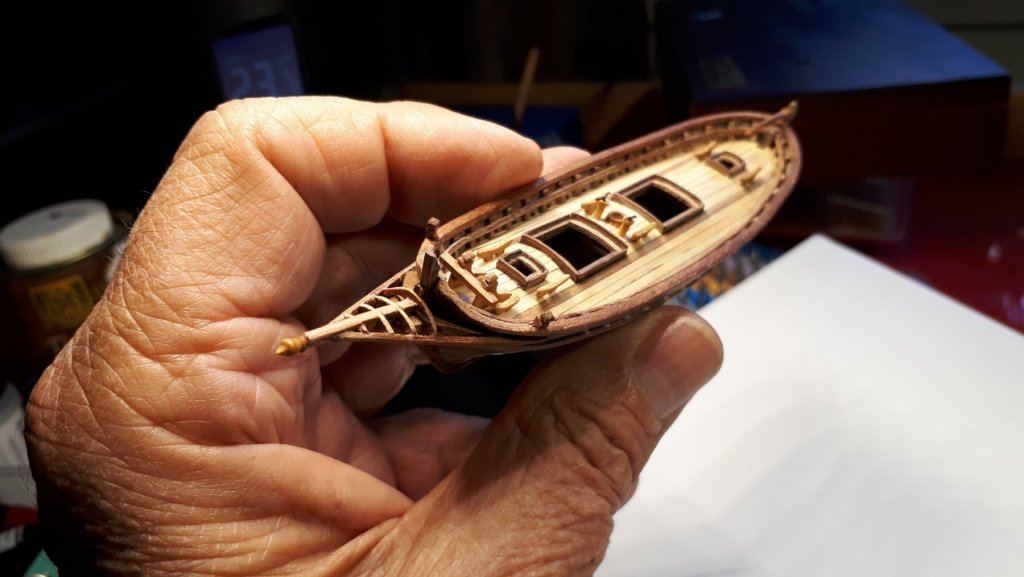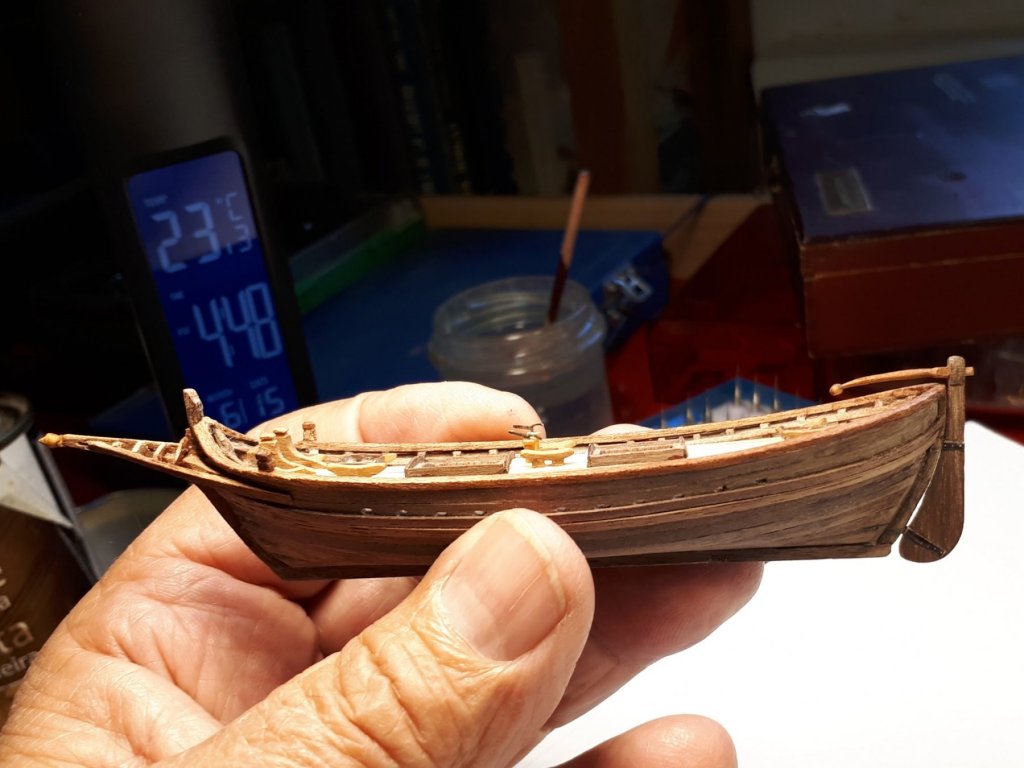-
Posts
756 -
Joined
-
Last visited
Content Type
Profiles
Forums
Gallery
Events
Everything posted by Javier Baron
-
My current project is a lugger of the east coast of Scotland, a type of ship called Zulu, which was the most powerful and efficient sailboat for the herring sail fishery among those of its size in the British Isles. Its origin dates back to 1879, the year in which a Lossiemouth fisherman, William "Dad" Campbell, devised a radical design for his new boat for the capture of herring. He had the vertical bow of the fifie and the sloping stern of the skafie, and called this ship "Nonesuch." It was relatively small, with 16 m. of length and a keel length of 12 meters. This design, which provided a longer deck and a shorter keel, markedly improved the maneuverability of the boat and provided it with a good speed, characteristics that made it highly appreciated by herring fishing fleets, as they managed to reach promptly to the fishing grounds and return quickly with the catch. Due to these qualities, that type of vessel quickly became very popular throughout the Scottish east coast. The new type of vessel was baptized as a Zulu because of the war that was developing in South Africa at that time, in which Scottish soldiers fought, a war that was rejected by the population who thought they were fighting in an English conflict that, deep down, they were not concerned, which made their sympathies lean towards the Zulus. The Zulu ships were carvel built, instead of clinker built, which was the most common in those waters. They were provided with two masts carrying lug sails and a bow jib. The sails were heavy and difficult to maneuver, and the masts to carry them had to be very long and strong. In the Zulu of greater size, the masts came to be 18 m high in boats of 24 m in length. As the twentieth century approached, steam winches were introduced aboard, which made maneuvering sails and nets much easier for crews. However, and despite the success of its design, the life of the Zulu was quite short, since it was replaced by steam fisherboats after a brief existence of just over three decades.
-
I have finished the martigana, ony just need to make your showcase. Thanks to all who have followed and to all who have commented. Best regards, Javier
-
Because of my anarchic way of proceeding, in which the scale is the result of wanting the model's hull to be between 10 and 11 cm. in length ... it is unorthodox, I know. Really, we can say that the model is in 1: 200 scale instead of 1: 210, because what I am reproducing is not a real ship in particular, but a type of vessel, with all the margins of variation that are usual.
-
Sails making: I cut bias strips of fabric of the desired width to mimic the strips that make up the sails in reality. I glue the strips with textile glue, with minimal overlap between them. I cut the sails to the size and shape that is needed for the model, I make the curl girdles with a thin strip of cloth that sticks in its position on the sails. If the sail has reinforcements in the corners, I hit them before the hems. With strips of fabric of a minimum thickness I make the hems, which then stick on the edges of the trimmed sail (on both sides). I glue a thread on the contour of the sail to make the bowline, leaving a loop in the corners to make the clue ropes. Finally, I put the curls in the number and position required in the corresponding positions of the curl girdles.
-
The martigana (or marticana, martingana, etc.) was, in the times of the sail, a common vessel and quite widespread in the waters of the Tyrrhenian and Adriatic, although today its name has been almost completely forgotten. This denomination appears only from the second half of the 1700s and only a few decades ago some of them were still seen sailing through Tuscany, and even today a couple of them have been photographed afloat in Sicilian waters. This vessel was used for the transport of goods, even over long distances. The martigana of s.XIX, which is the one that reproduces the model, was a boat with a bow of very pronounced curvature that ended in a spur of the type used in the galleys, with the wedge stern and the rather rounded master frame. In fact, the martigana was, as far as the hull is concerned, quite similar to the tartana, differing from it basically in the sailplan, which was in those of square sails in the main mast and not with the lateen rig that carried the latter . It seems that the origin of this vessel is in Provence, in the village of Martigues, located west of Marseille, on the southern shore of the great Barre lagoon, along the narrow channel that joins the lagoon with the sea, which It was famous as one of the places in the Mediterranean where the best tartanas were built, so that the term martigana was originally an adjective: "martigana tartana" or of Martigues.
-
YyThank you, Welfack. The freckle is painted on paper, which is then cutted and glued, but the figures (angel, dove) are painted in situ.
-
The hull is already on, with all its decorative motifs (geometric freckle, angel, dove...) The next stage is the masts
-
I start building a bragozzo, a traditional Adriatic boat, which I find very attractive for its painted sails. For its construction I rely on the book by Mario Marzari, which has all the information I need.
-
I finished the felucca. As I did not do it at the beginning, when I started this topic, I will put a brief introduction to introduce the model. The term felucca groups a diversity of small boats present throughout several centuries in the Mediterranean, which possessed sometimes quite different characteristics. The model reproduces a felucca from the Ligurian area of the mid-eighteenth century, based in the department of Porto Mauricio, in the Republic of Genoa, in the year 1759. The deck of this felucca presents a strong sheer, with a pronounced cantilever aft, which was called "a cadrega", which could be literally translated as "in saddle". In the main, this type of boat rigged with a latin sail can be considered as a derivative of the xebec, with its own peculiarities that responded to the navigation requirements of a ship of smaller dimensions than that one, and born at the beginning of the XVIII century precisely to be able to elude the attacks of the Berber pirate xebecs. The felucca was used both for fishing and for cabotage, changing its rigging as it was dedicated to one or the other purpose. To fish, he built a shorter and stronger yard, able to provide power and resistance to prevent the ship from turning under the wind due to a too long and difficult maneuvering surface. For the cabotage and the navigation with favorable time it prepared some finer yards that could carry larger sails that gave it more speed and allowed the transport of lighter loads. The model shows the pavilion of the Serenissima Republic of Genoa (a red cross on a white background) and the pennant of the Vicariate of Porto Mauricio, with four towers on a red background.
About us
Modelshipworld - Advancing Ship Modeling through Research
SSL Secured
Your security is important for us so this Website is SSL-Secured
NRG Mailing Address
Nautical Research Guild
237 South Lincoln Street
Westmont IL, 60559-1917
Model Ship World ® and the MSW logo are Registered Trademarks, and belong to the Nautical Research Guild (United States Patent and Trademark Office: No. 6,929,264 & No. 6,929,274, registered Dec. 20, 2022)
Helpful Links
About the NRG
If you enjoy building ship models that are historically accurate as well as beautiful, then The Nautical Research Guild (NRG) is just right for you.
The Guild is a non-profit educational organization whose mission is to “Advance Ship Modeling Through Research”. We provide support to our members in their efforts to raise the quality of their model ships.
The Nautical Research Guild has published our world-renowned quarterly magazine, The Nautical Research Journal, since 1955. The pages of the Journal are full of articles by accomplished ship modelers who show you how they create those exquisite details on their models, and by maritime historians who show you the correct details to build. The Journal is available in both print and digital editions. Go to the NRG web site (www.thenrg.org) to download a complimentary digital copy of the Journal. The NRG also publishes plan sets, books and compilations of back issues of the Journal and the former Ships in Scale and Model Ship Builder magazines.



